VILLAGE OF CHINCHERO, PERU, AS IT APPEARED IN 1971
original photographs by
CARL DUISBERG
In the time of the Inca, when the city of Cusco was the capital of a mighty empire, the village we now call Chinchero was known as the birthplace of the rainbow, in honor of the colorful woven fabrics that have been produced there, almost since the beginning of time. The Inca Tupac Inca Yupanqui chose Chinchero as the site of his residence, and the ruins of his palaces are still there, their intricate stonework incorporated into the walls and foundations of the Spanish colonial town built in the same location. What has survived to the current day is a fascinating amalgamation of architectural styles, construction techniques, and contrasting cultures, similar to what you see in Cusco, 30 km to the southeast. What’s missing in Chinchero is the overlay of the modern world, the hordes of foreign tourists on their way to Machu Picchu, and the profusion of modern businesses that have sprung up to provide them all with services. Compared to Cusco, Chinchero is still a rustic native town, a place where the people still wear traditional dress, and where Quechua is more commonly spoken than Spanish.
It has been almost 500 years since the conquest of the Inca empire by Francisco Pizarro’s small force of Spaniards. In all that time, the people in this region have lived their lives in much the same way, bound to traditions and ways of doing things that date back centuries. When the Inca was in charge, they were slaves to his system, required to produce a surplus for his storehouses, while their young men and women were conscripted to provide labor for his constructions, his armies, and his pleasure. When the Spaniards took over, they became slaves to the colonial system, required to produce a surplus for the church, and labor for the nobles and their encomiendas. Today, their descendants are still just as surely repressed, by grinding poverty and lack of opportunity, but that’s where tourism has actually done some good. The people of Chinchero are still traditonal weavers, and there’s a market for that, not just in their village, but in Cusco, in Lima, and in all the cities of Peru where tourists shop for souvenirs. In the world of today, Chinchero textiles have become a coveted brand. Increased demand has led to a reduction in quality, with a focus on small items that can be made quickly and sold cheaply. Fine quality weavings are still being produced, but they’re usually snatched up by middlemen who resell them in the cities, keeping most of the profit for themselves. Efforts are underway to promote and preserve the artistry of the traditional Chinchero weavers, and to keep the revenue from their work in the community where it belongs.
Ongoing contact with the modern world has changed Chinchero in many ways. The photographs in this post, taken more than half a century ago and only recently rediscovered and restored, show Chinchero as it appeared before the outside world discovered it. There’s an innocence, and a lack of guile that you would be hard-pressed to find today. Most of the subjects in most of these pictures are deliberately looking away from the camera; very few acknowledge the photographer, and even fewer display a smile. In 1971, foreigners were still an oddity in Chinchero, to be met with shy reserve, if not overt suspicion. Today, foreigners are seen as customers, a primary source of revenue, so the dynamic is very, very different.
Click the photos to expand the images to full screen.
As you view these photographs, pay special attention to the monteras, the traditional round hats worn by most of the women. The hats are made of red felt stretched over a wicker framework, and decorated in various ways. They’re an important possession, usually secured with a strap tied under the chin. Subtle differences in the design identify the wearer’s home community; the poor condition of many of these is a reflection of severe economic hardship.
Carl’s photographs of Chinchero are like an open window into a world gone by. The humanity, and the raw emotion on display in these pictures is universal, and it is timeless.
If you’ve enjoyed viewing these historic photos, you should check out the rest of the series:
Portraits of a People, Lost in Time;
Puno Day Festival: A Centuries-Old Tradition on the Shores of Lake Titicaca;
An Overabundance of Bowlers: A Brief History of the Headgear on the High Plateau.
(Please note: The images in this post are the original work of Carl Duisberg. Like all the images on this site, they are protected by copyright, and may NOT be duplicated for commercial purposes.)
READ MORE LIKE THIS
This is an interactive Table of Contents. Click the pictures to open the pages.
Long Ago and Far Away: South America in the Early 1970's
Portraits of a People, Lost in Time
50 year old portraits of Andean natives in their traditional dress, taken in mountain villages not yet tainted by outside influences.
<<CLICK to Read More!>>
Puno Day Festival
Historic photos of Peru's Puno Day festival, taken in 1971. Included is the reenactment of the birth of the Inca empire on the shore of Lake Titicaca, with costumed dancers lining the streets of Puno.
<<CLICK to Read More!>>
Chinchero: The Place Where Rainbows are Born
Candid portraits of villagers in traditional dress, taken in Chinchero, Peru in 1971, before the outside world intruded.
<<CLICK to Read More!>>
An Overabundance of Bowlers: A Brief History of Headgear on the High Plateau
Andean natives have adapted to the intensity of the high altitude sun by taking a very simple precaution: everyone, almost without exception, wears a hat when they venture outdoors.
<<CLICK to Read More!>>
Tairona Gold: The Rape of Bahia Concha
It was the Tairona gold that triggered a blood lust in the Spanish invaders, ultimately causing the destruction of the entire Tairona civilization. That cycle was repeated in modern times, when the lust for Tairona gold infected the guaqueros, causing the destruction of the last refuge of the Tairona ancestors, in one final humiliation, one last indignity: the RAPE of Bahia Concha!
<<CLICK to Read More!>>
Tairona Gold: The Curse of the Coiled Serpent
Paul dug with his hands then, finally sticking his arm into a hollow space, pulling out a dark object. Grinning at me from the bottom of his hole, he handed up what he’d found. A round blackware vessel representing a coiled serpent, open in the middle, with a spout at the top of the head. I’d seen a lot of Tairona artifacts, but I’d never seen anything remotely like that one.
<<CLICK to Read More!>>
In the Vale of the Stone Monkeys: Peril and Petroglyphs in the Colombian Jungle
El Manco was easy to spot; he had embraced his defining handicap, a right arm that had been severed above the elbow, and that wasn’t even his only problem. He was also missing his right eye, nothing there but an empty socket and an ugly knot of scar tissue. “Tough old bird” doesn’t begin to describe a hardscrabble character like Manco; he had a face with creases like a roadmap straight to his own personal version of hell.
<<CLICK to Read More!>>
Magnificent Monoliths: The Enigmatic Idols of San Agustin
At least 200 monolithic statues are preserved within the boundaries of the San Agustin Archaeological Park, along with 20 monumental burial mounds. Each statue is unique, but taken as a group they provide a fascinating overview of the rituals and beliefs of one of the earliest complex societies in the Americas. The enigmatic idols of San Agustin are truly unmatched among the world’s ancient monuments.
<<CLICK to Read More!>>
There's nothing like a good road trip. Whether you're flying solo or with your family, on a motorcycle or in an RV, across your state or across the country, the important thing is that you're out there, away from your town, your work, your routine, meeting new people, seeing new sights, building the best kind of memories while living your life to the fullest.
Are you a veteran road tripper who loves grand vistas, or someone who's never done it, but would love to give it a try? Either way, you should consider making the Southwestern U.S. the scene of your own next adventure.
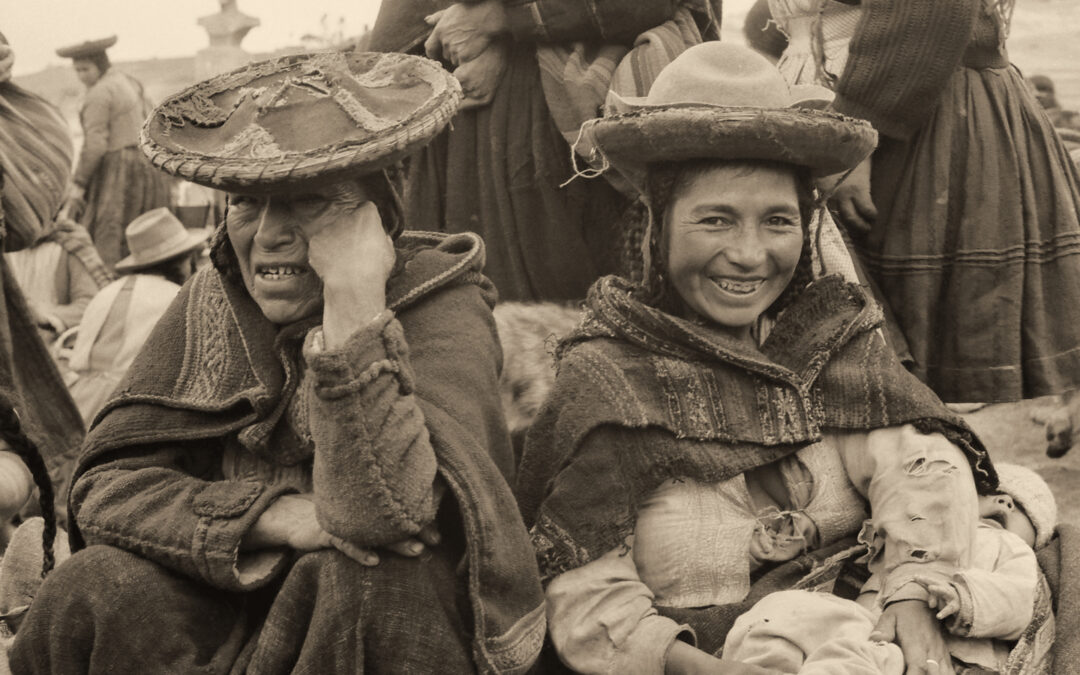
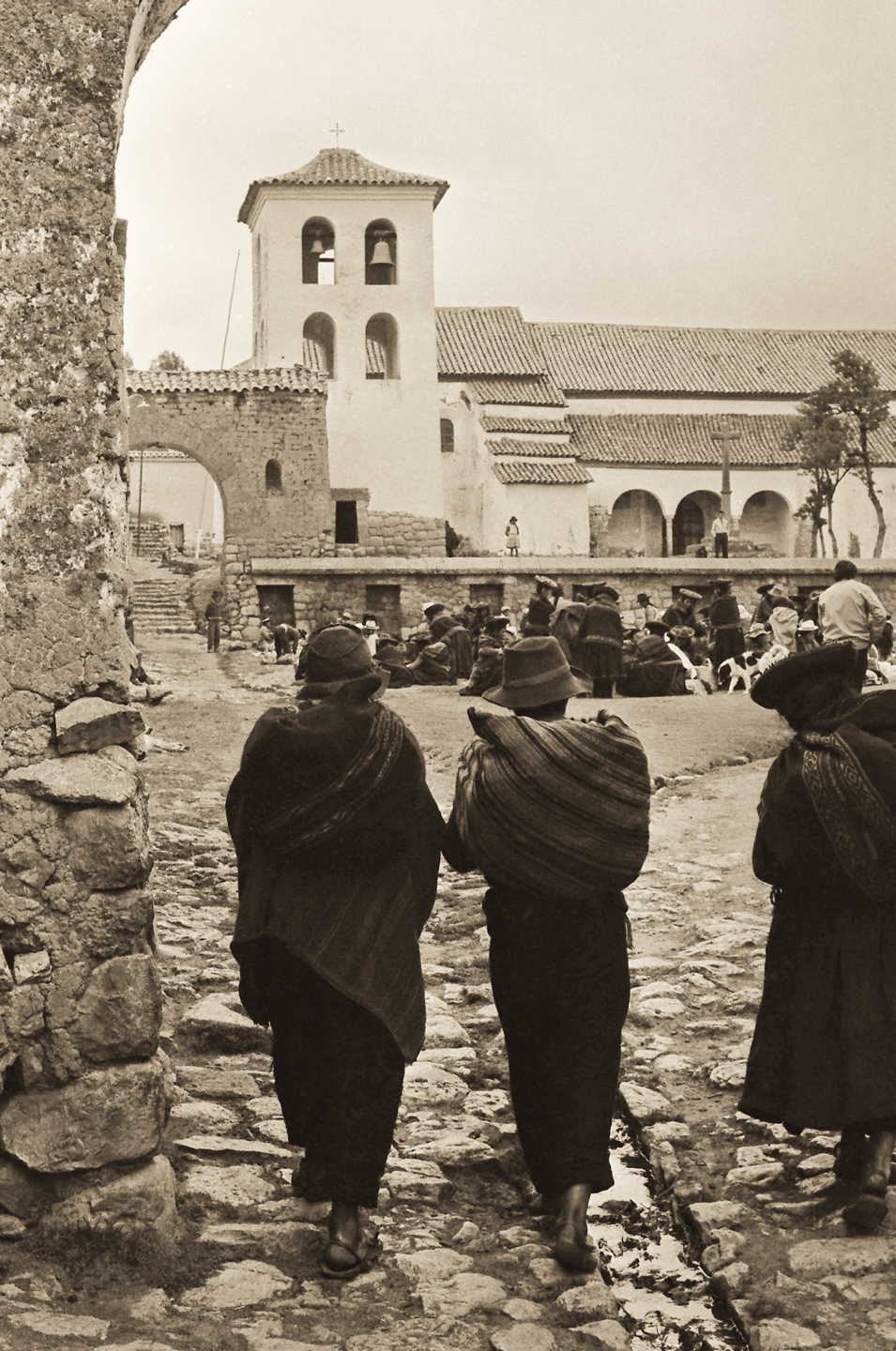
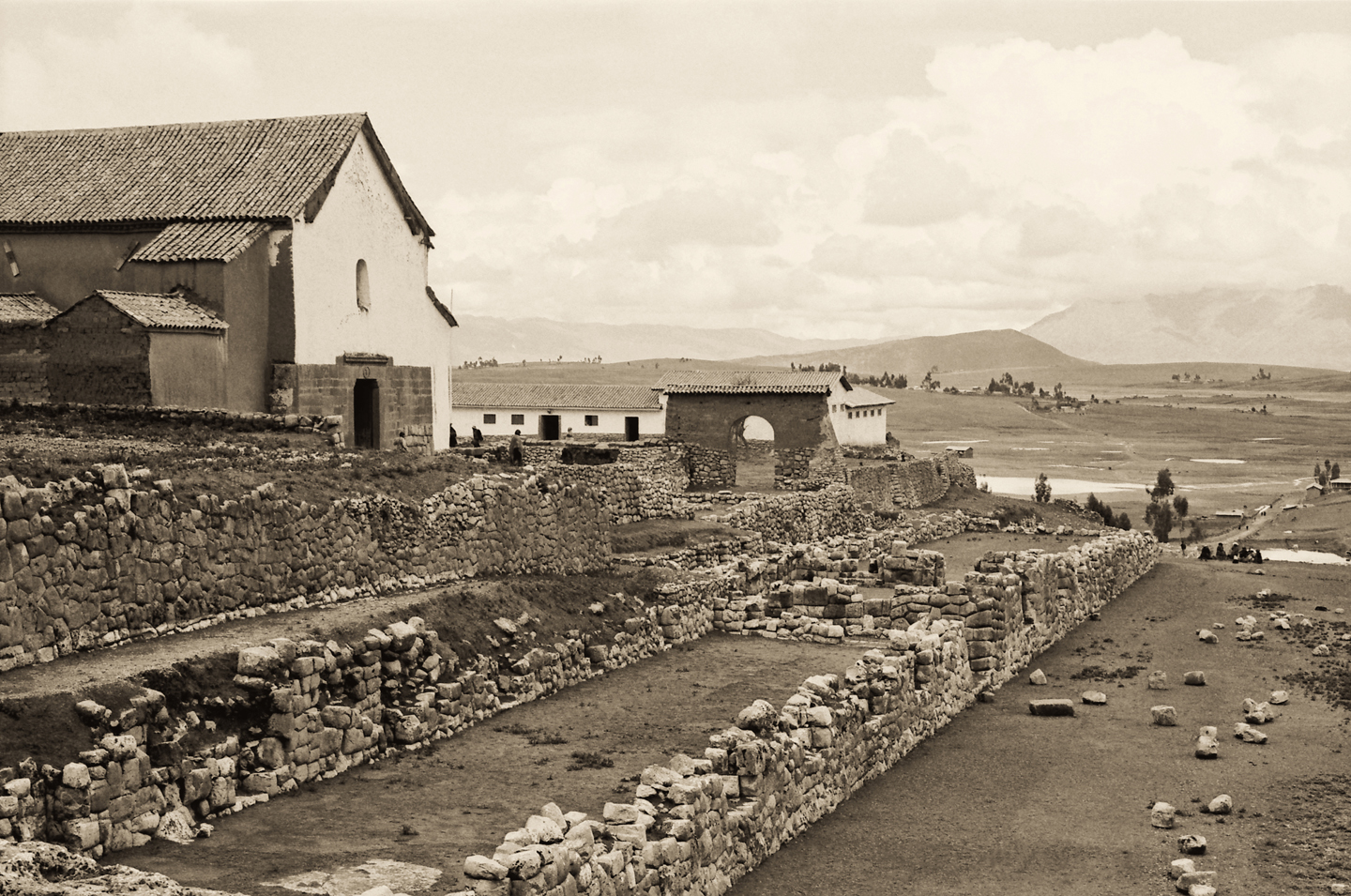
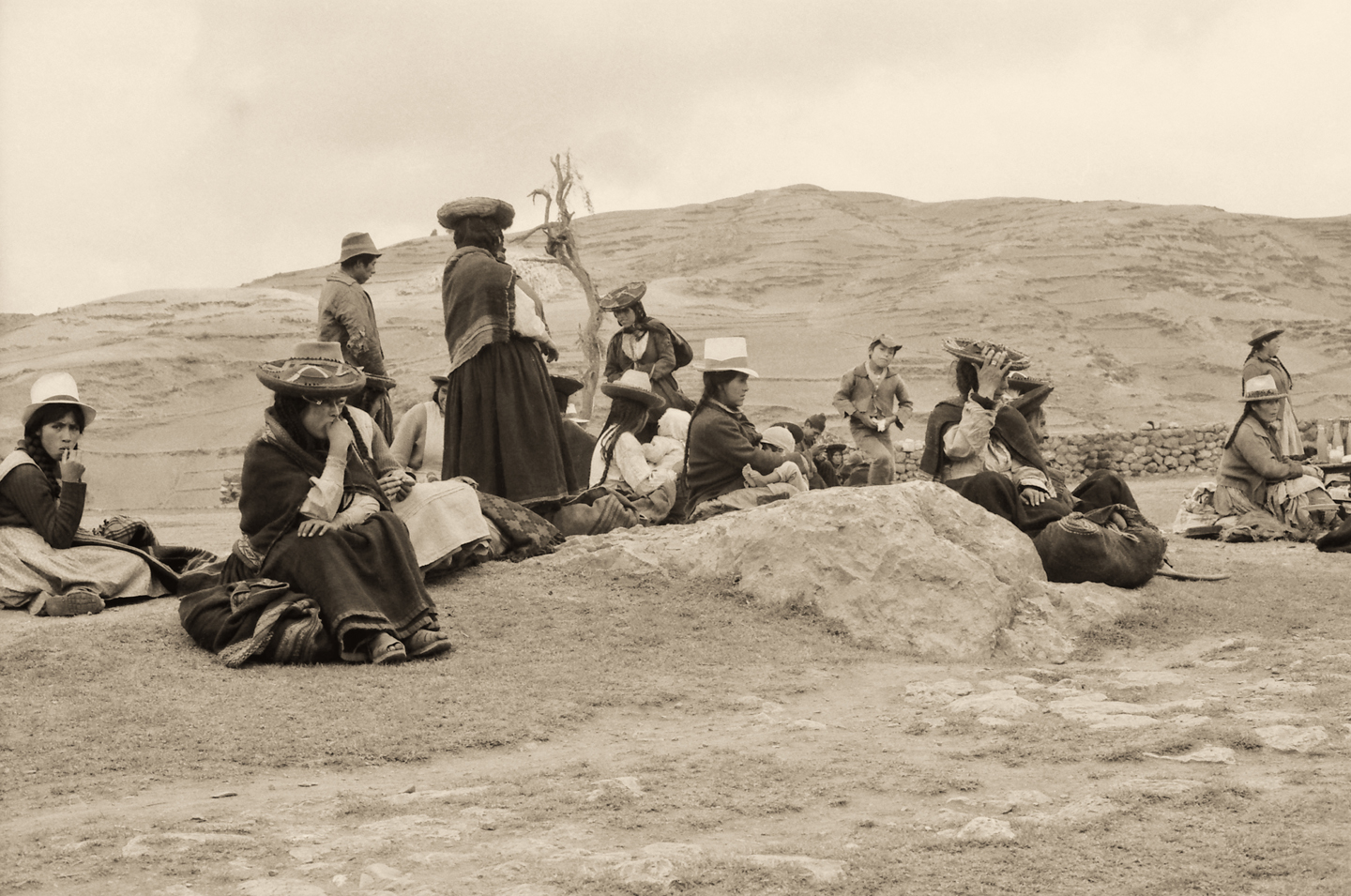
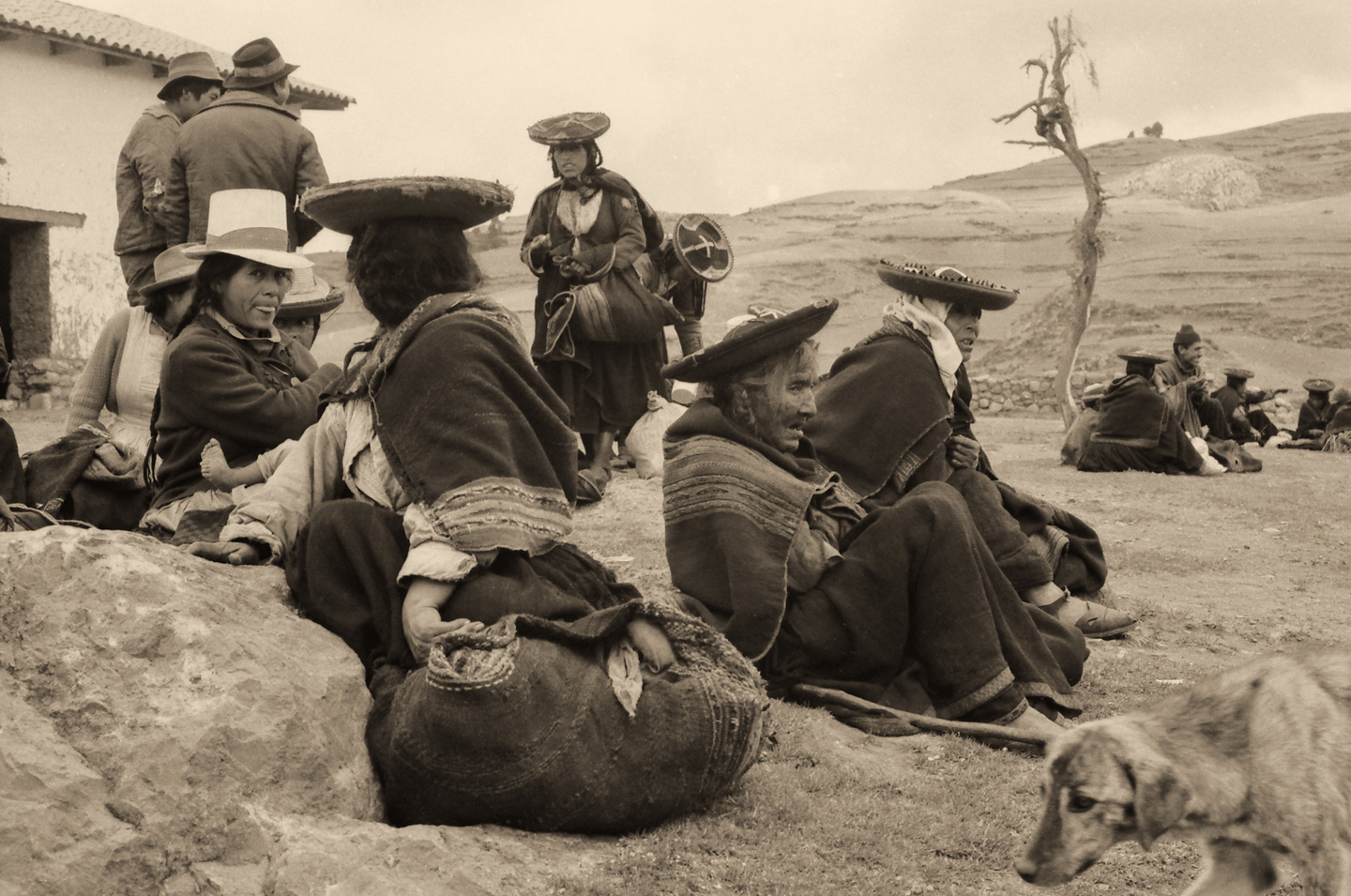
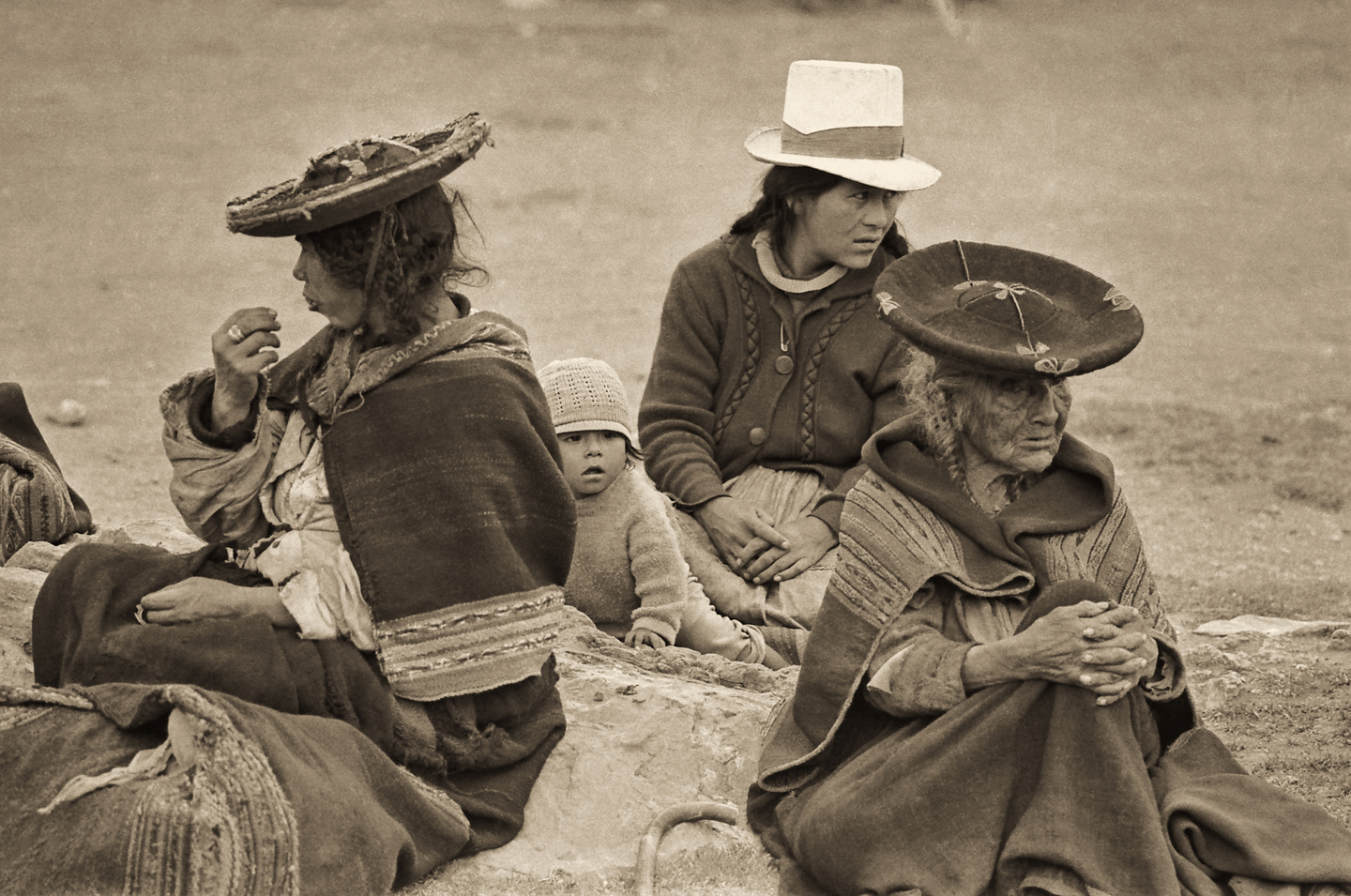
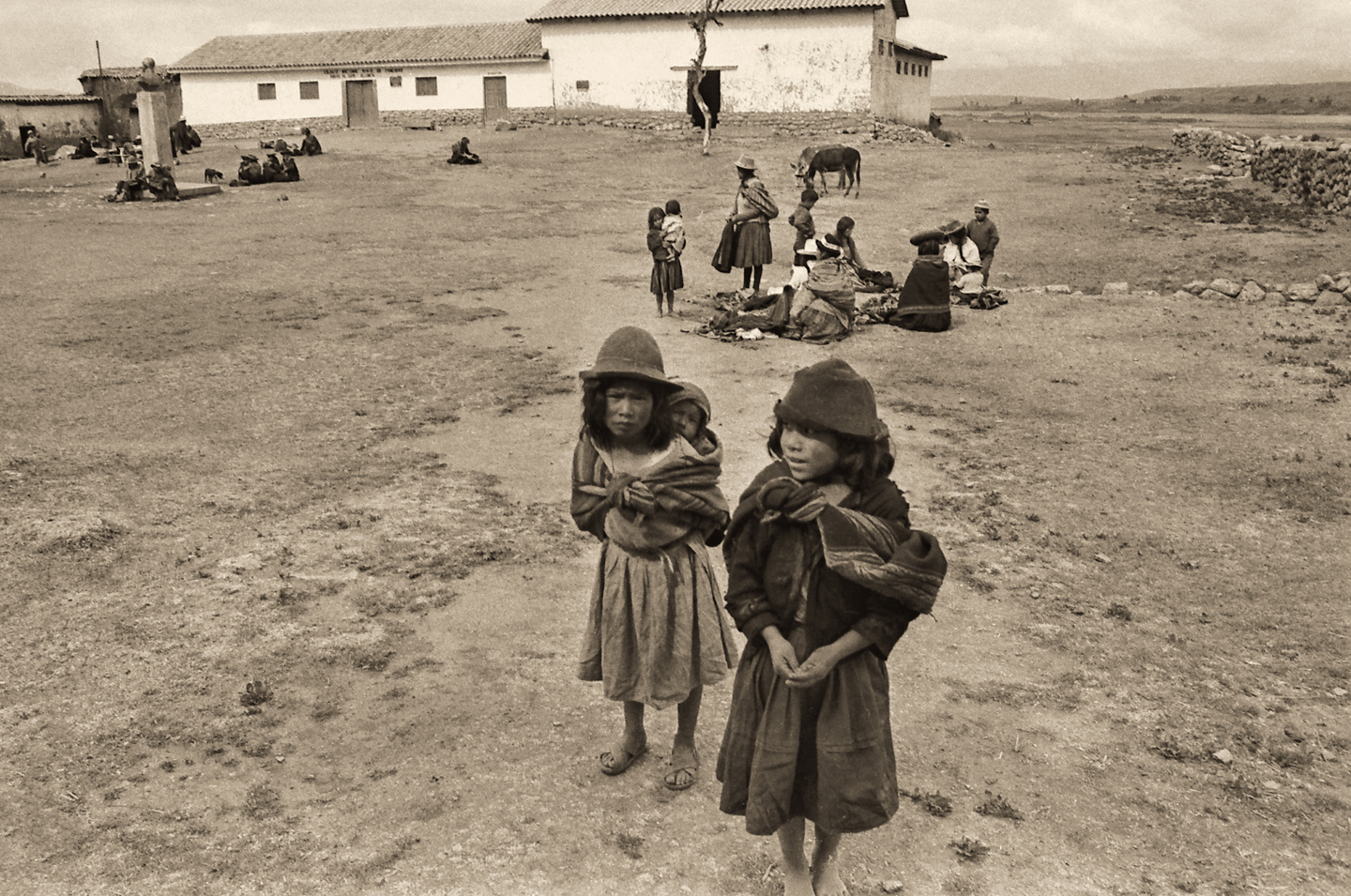
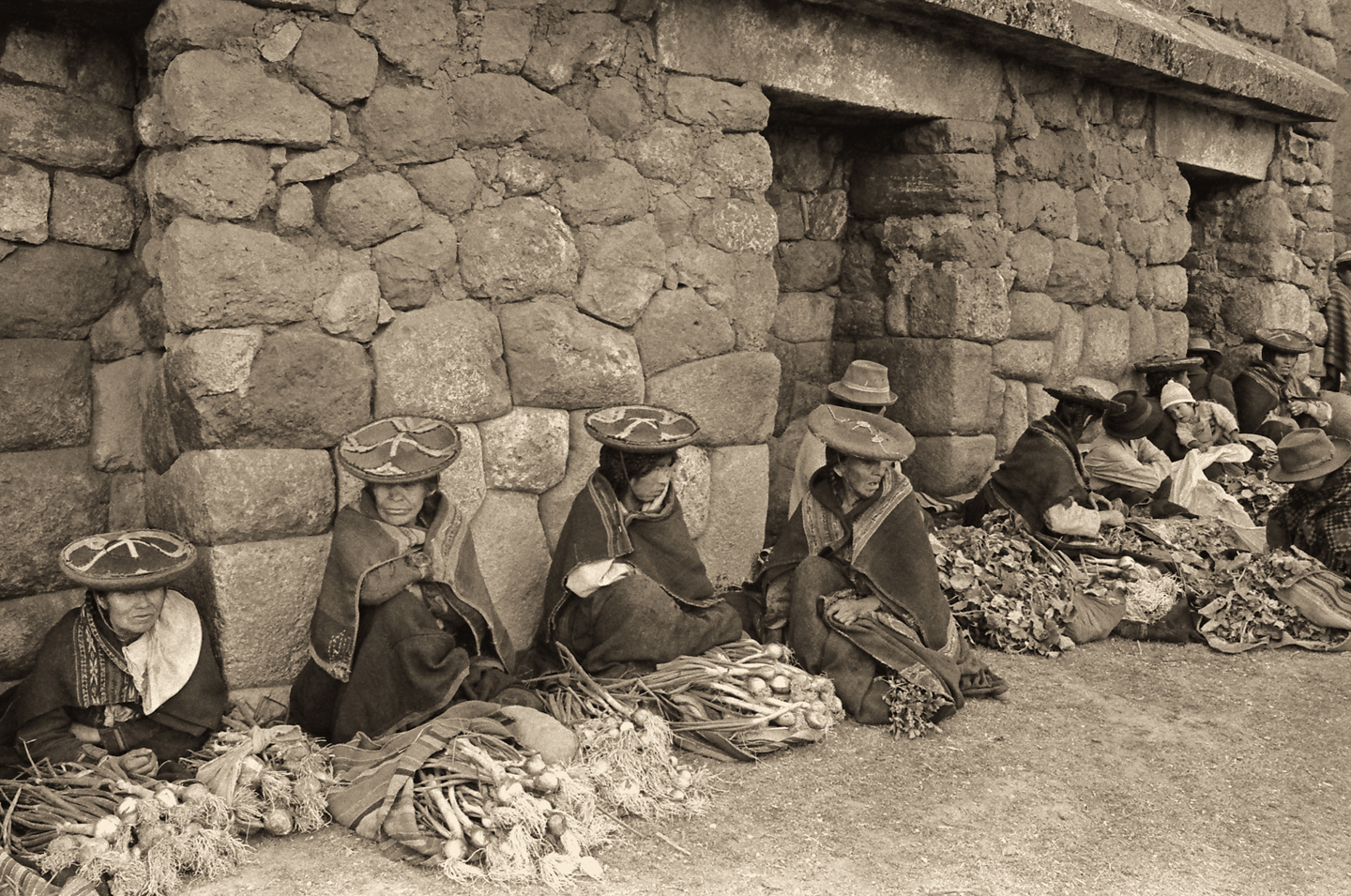
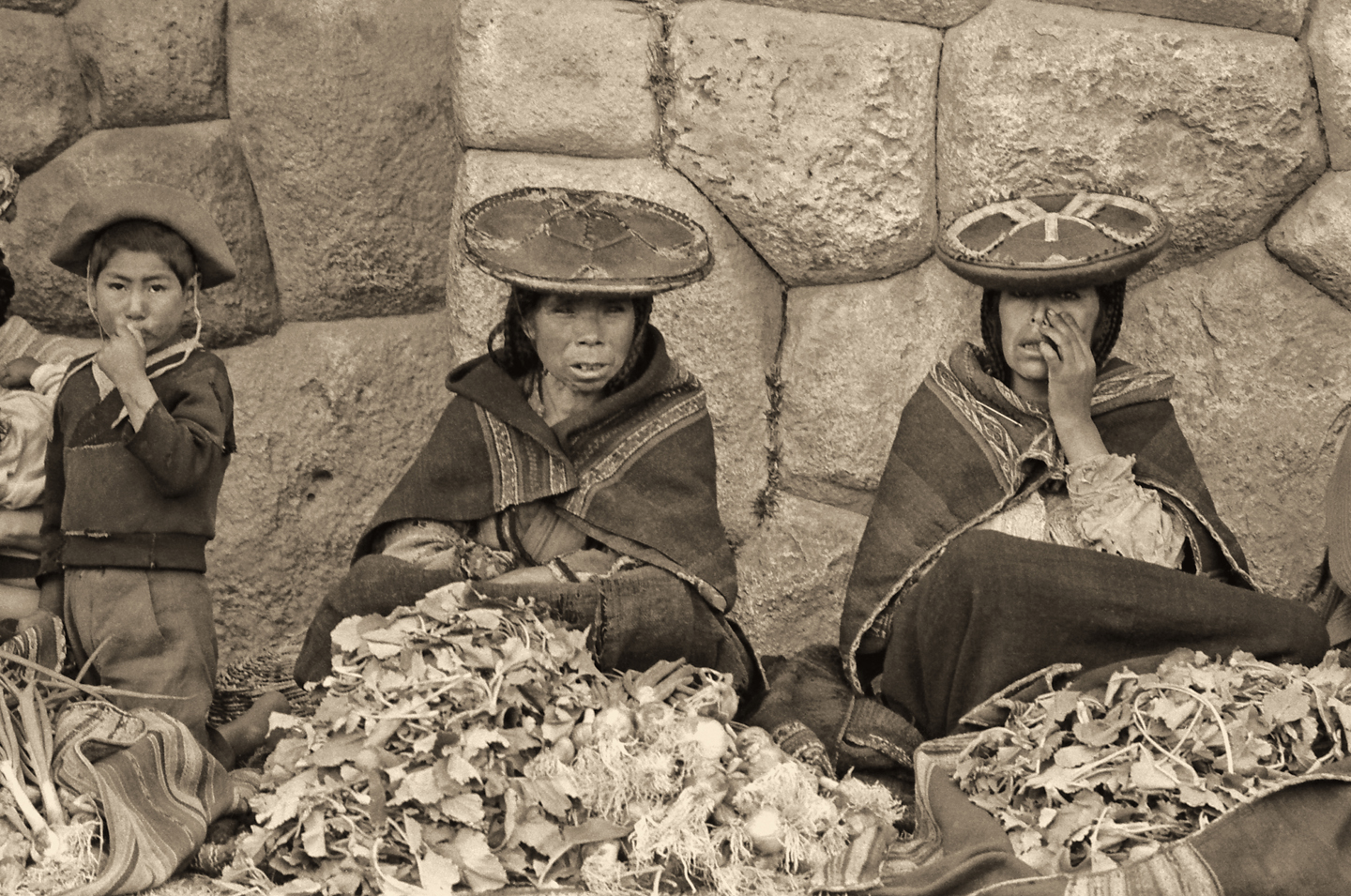
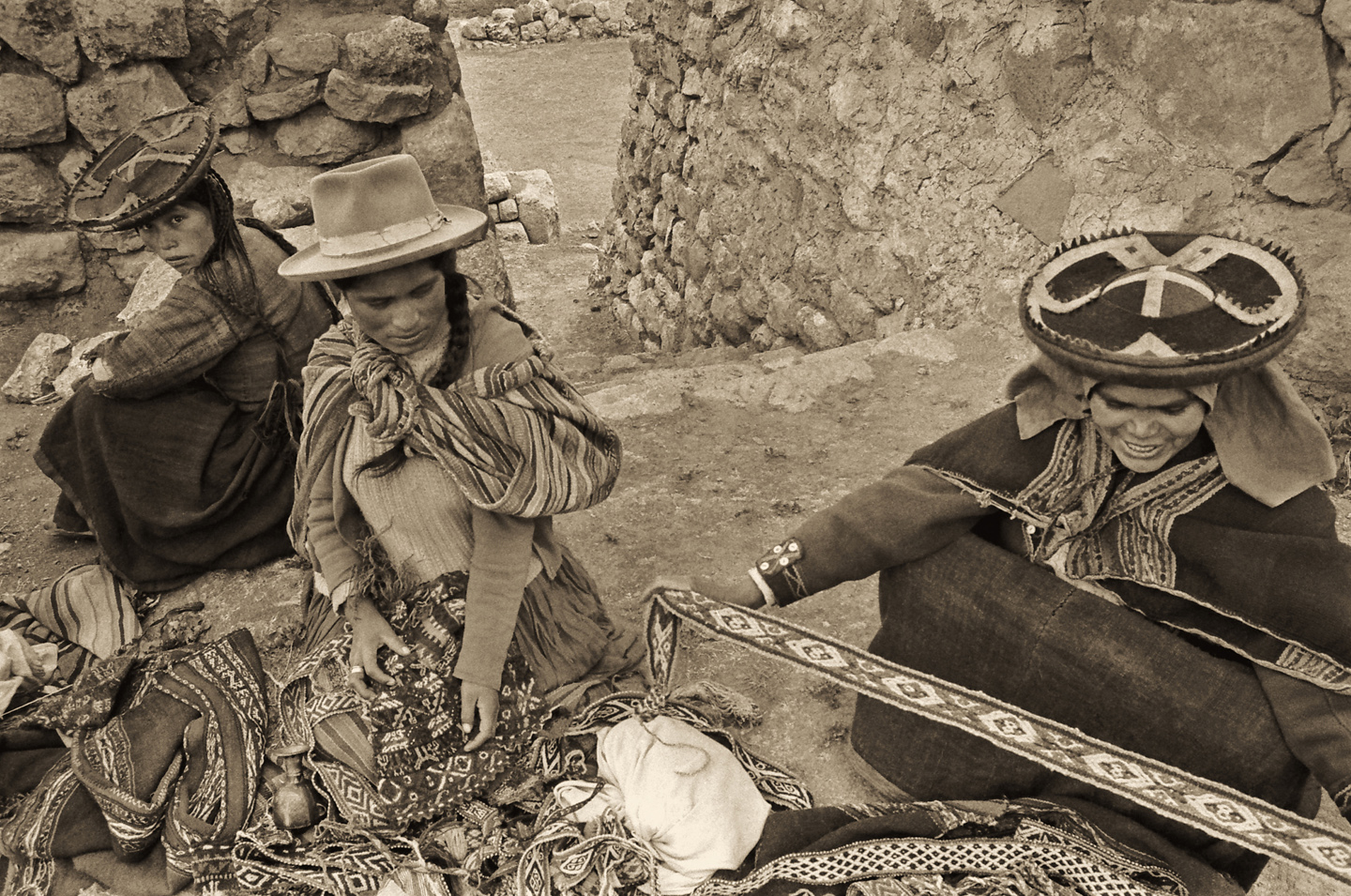
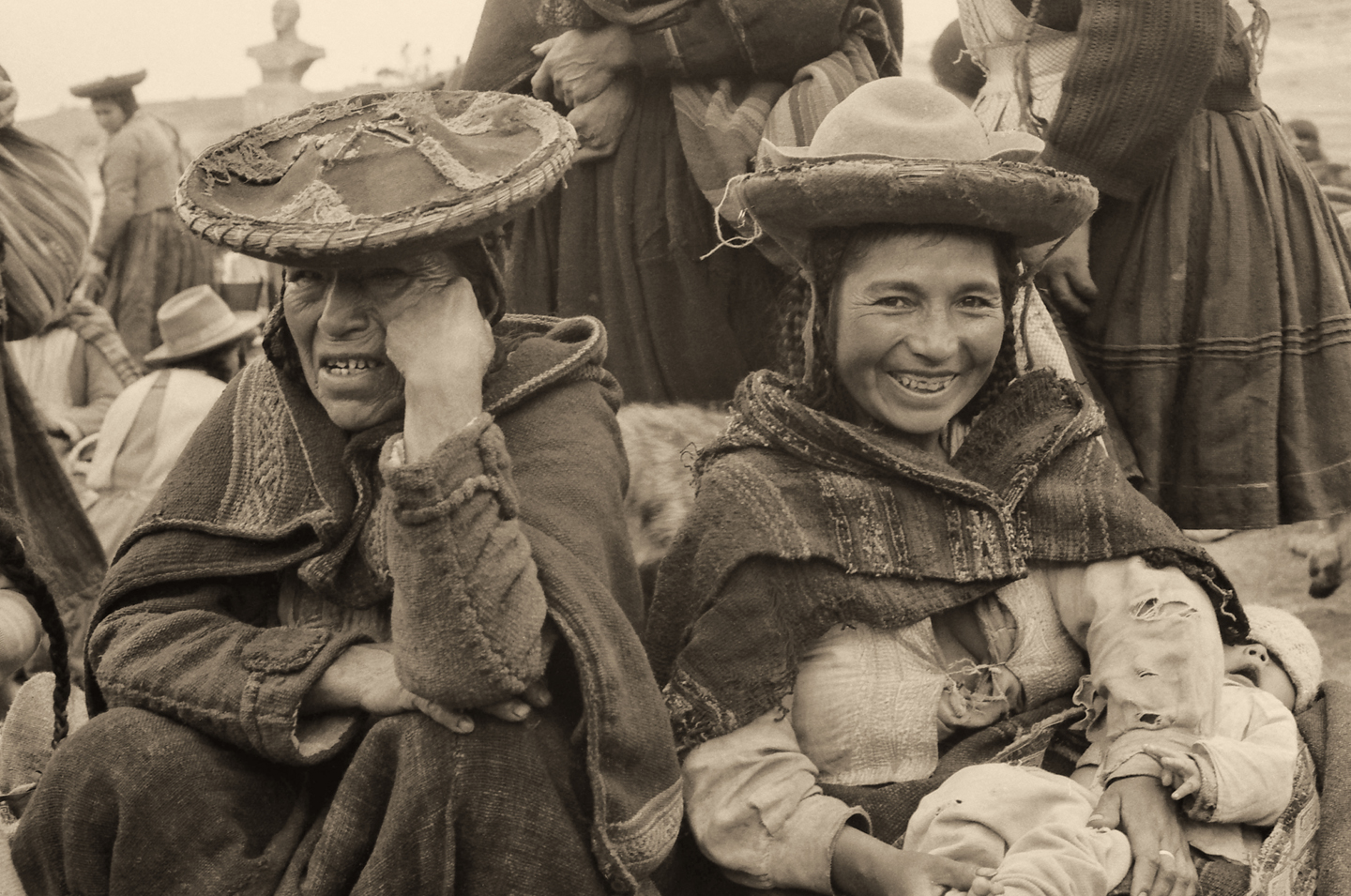
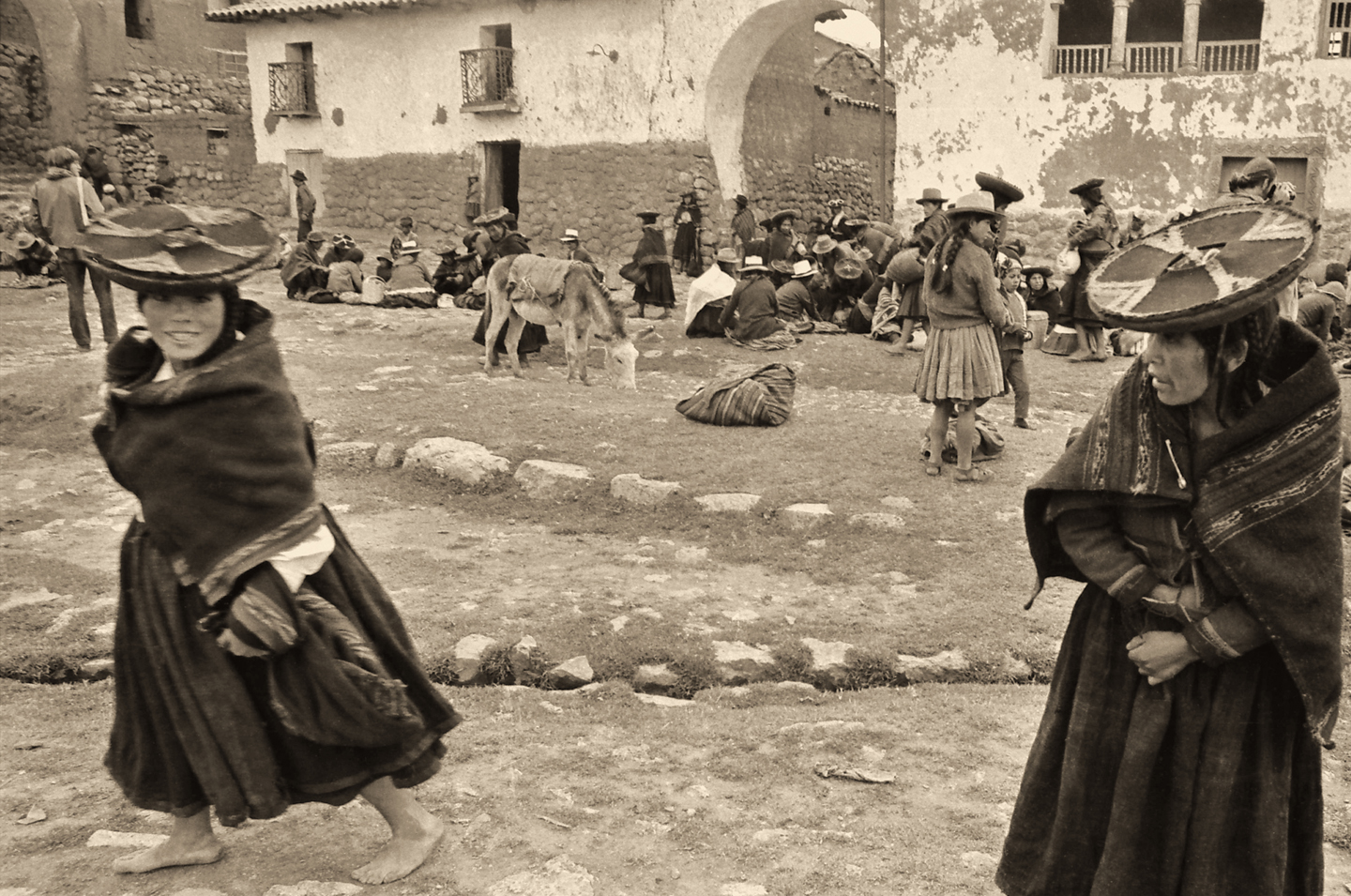
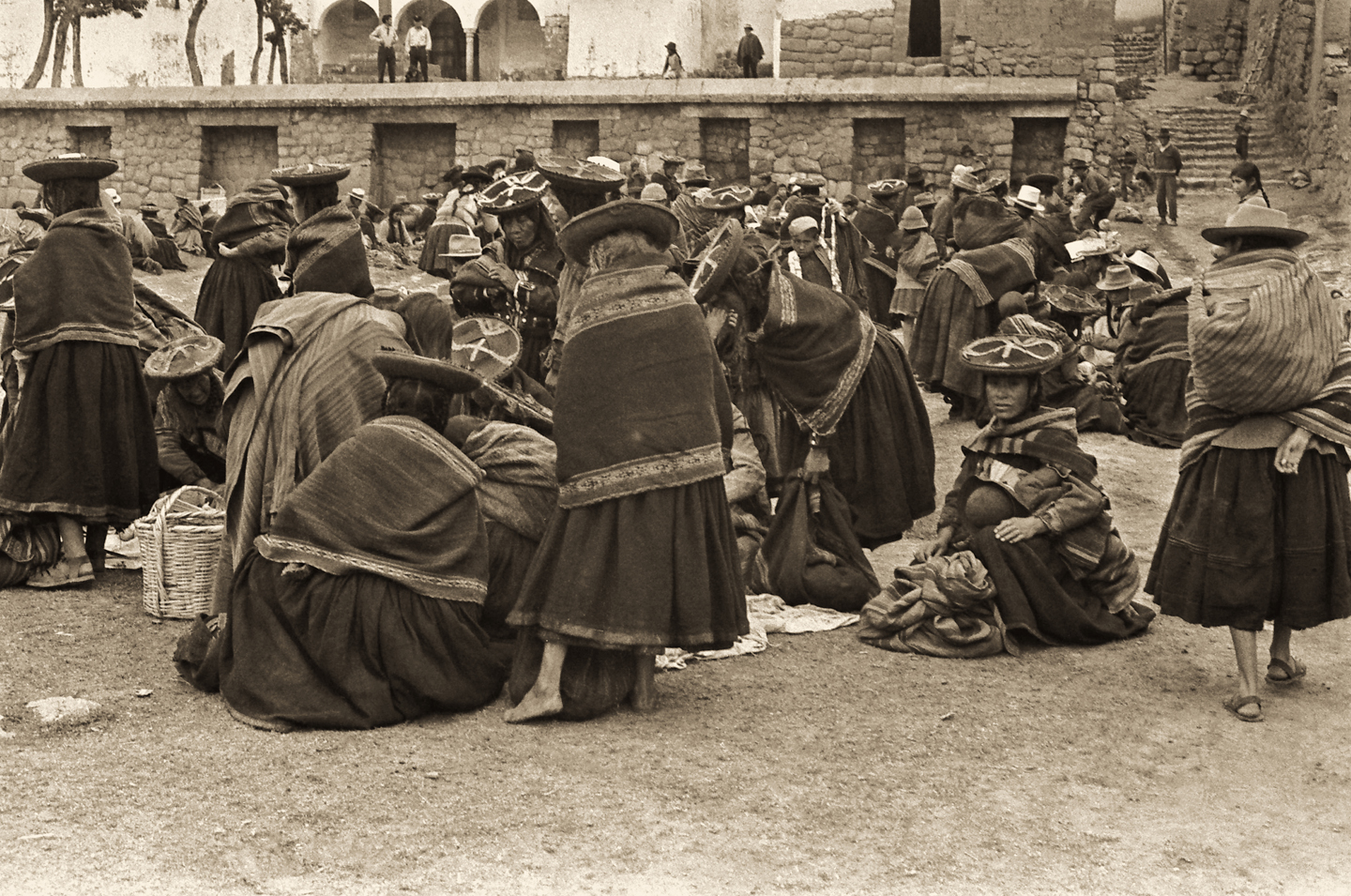
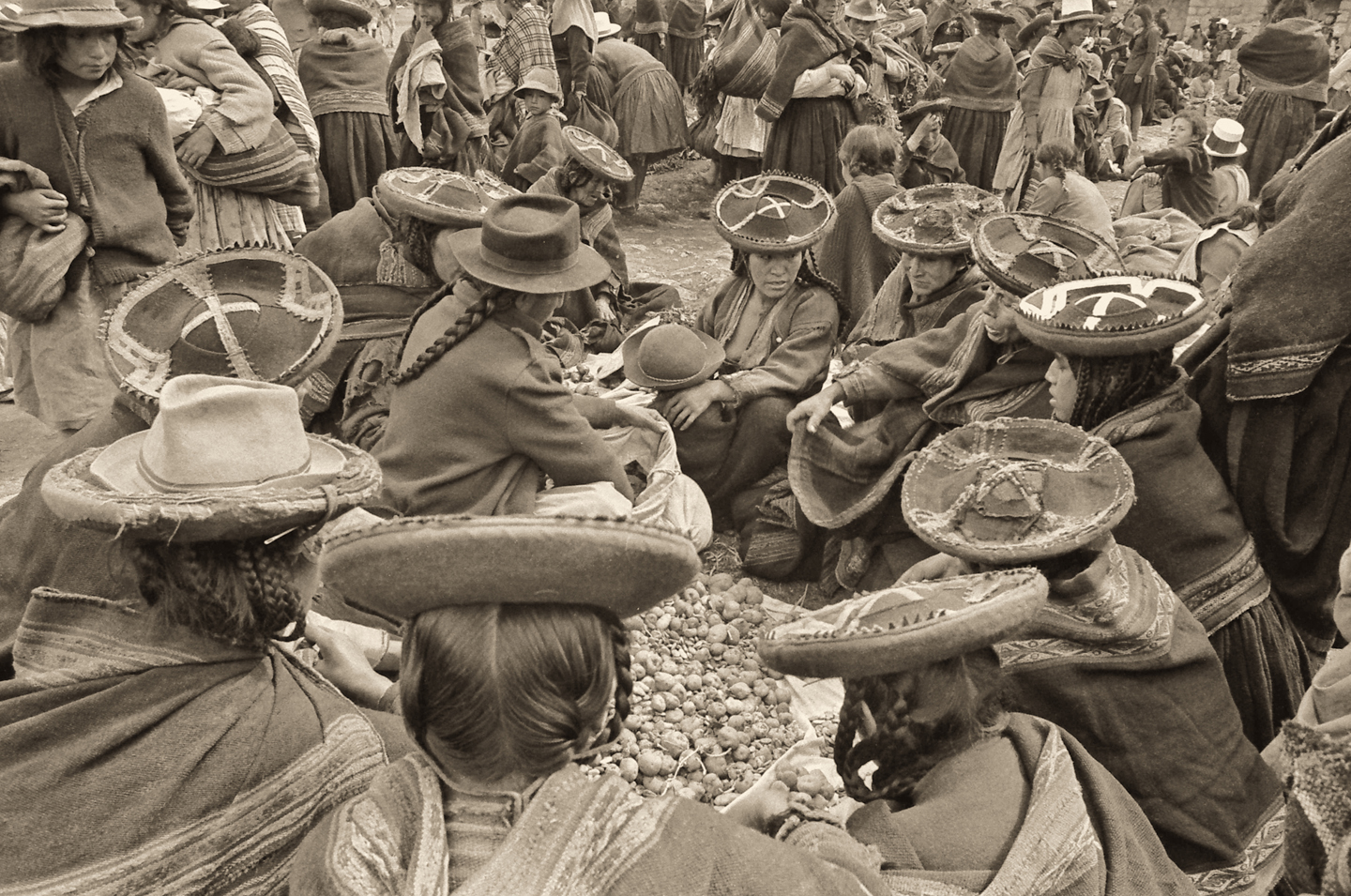
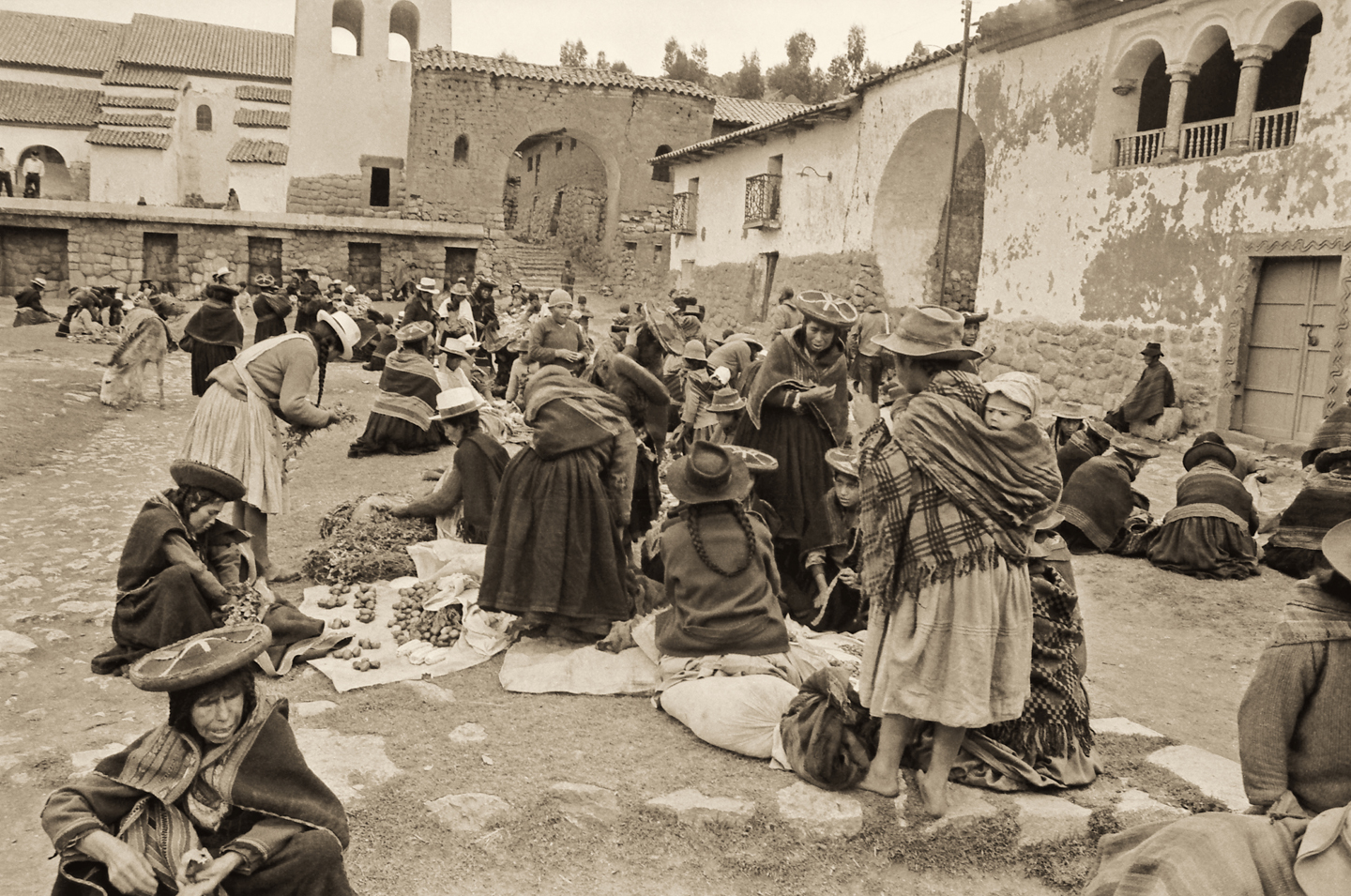
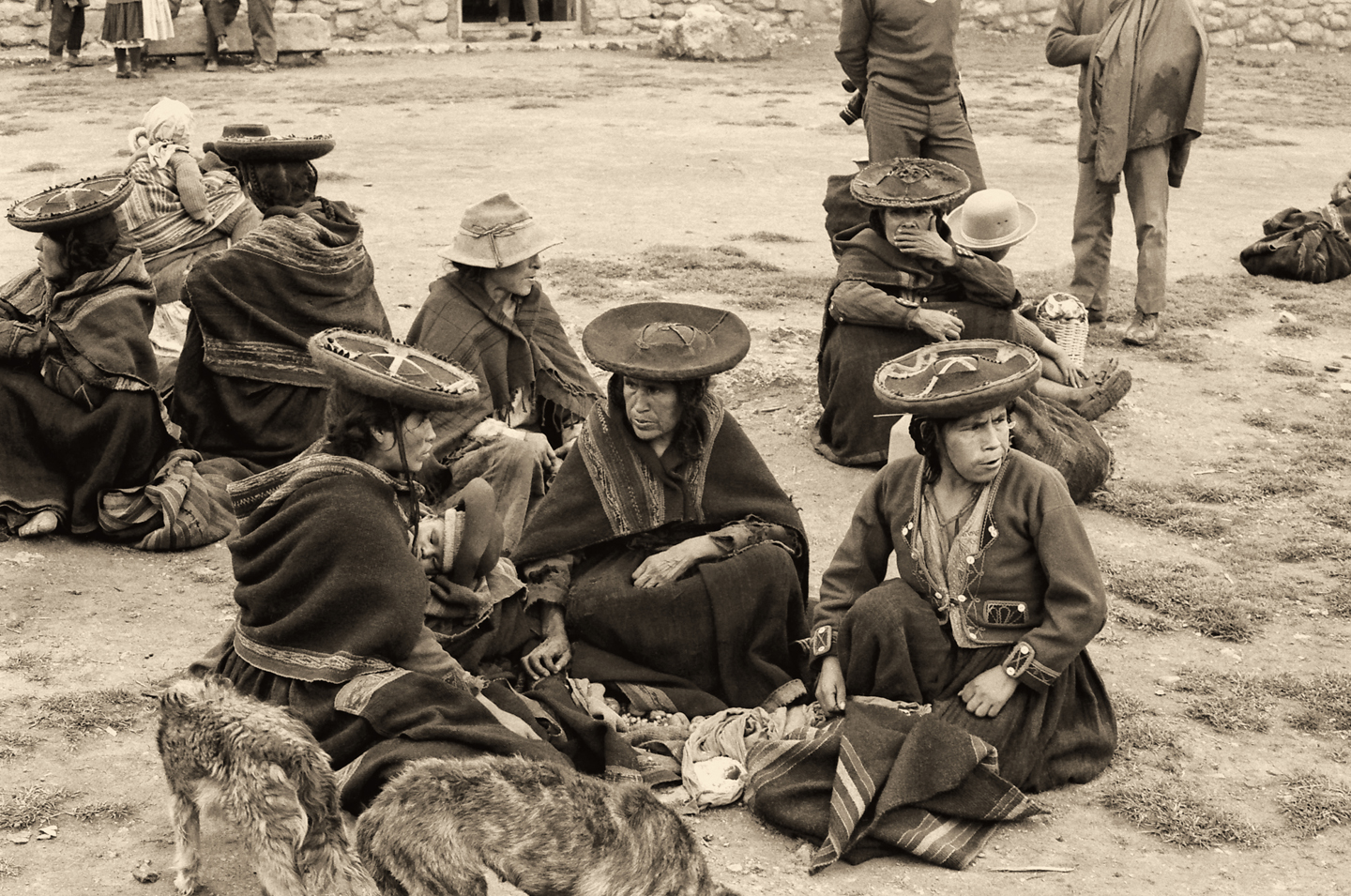
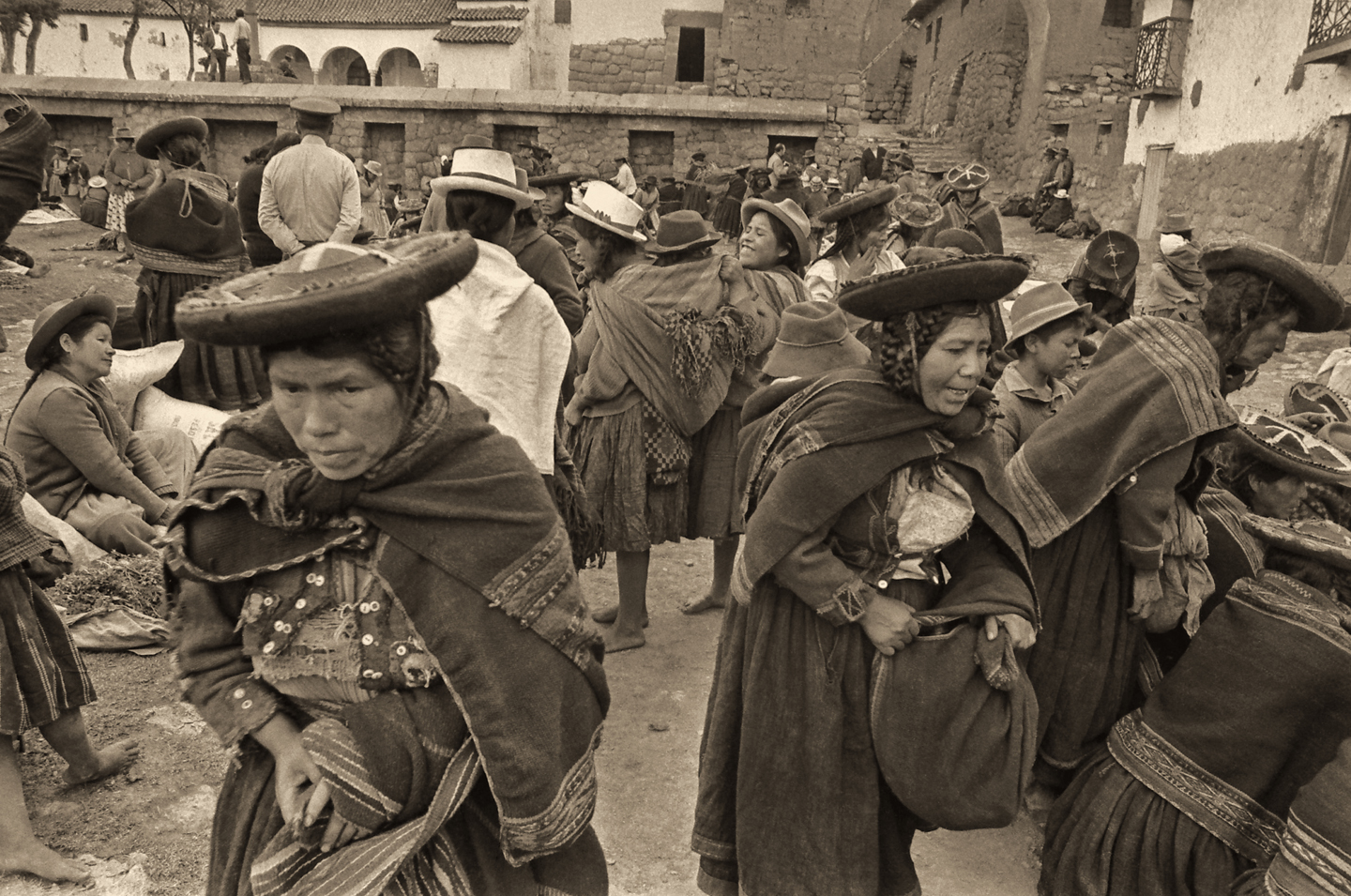
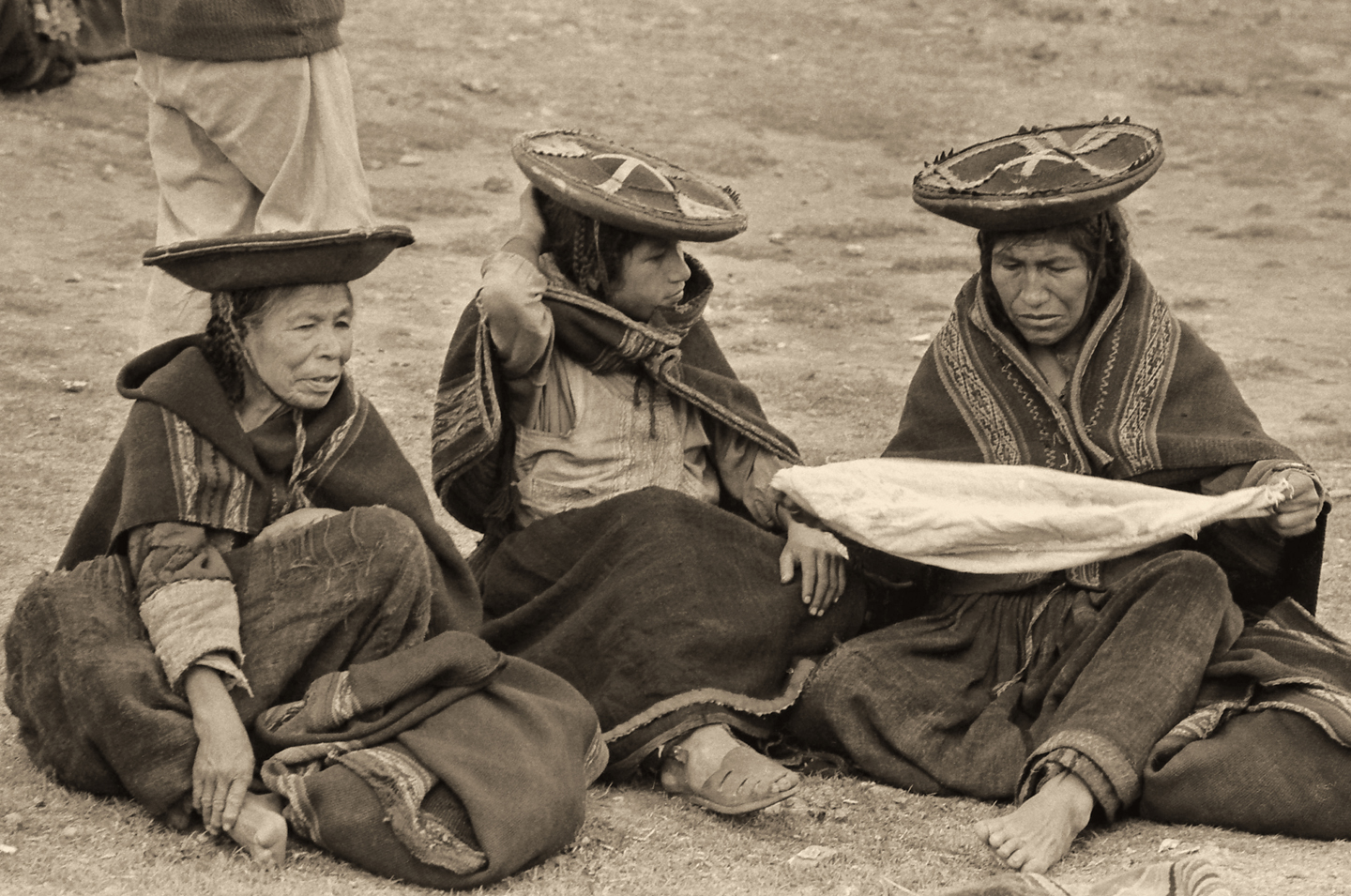
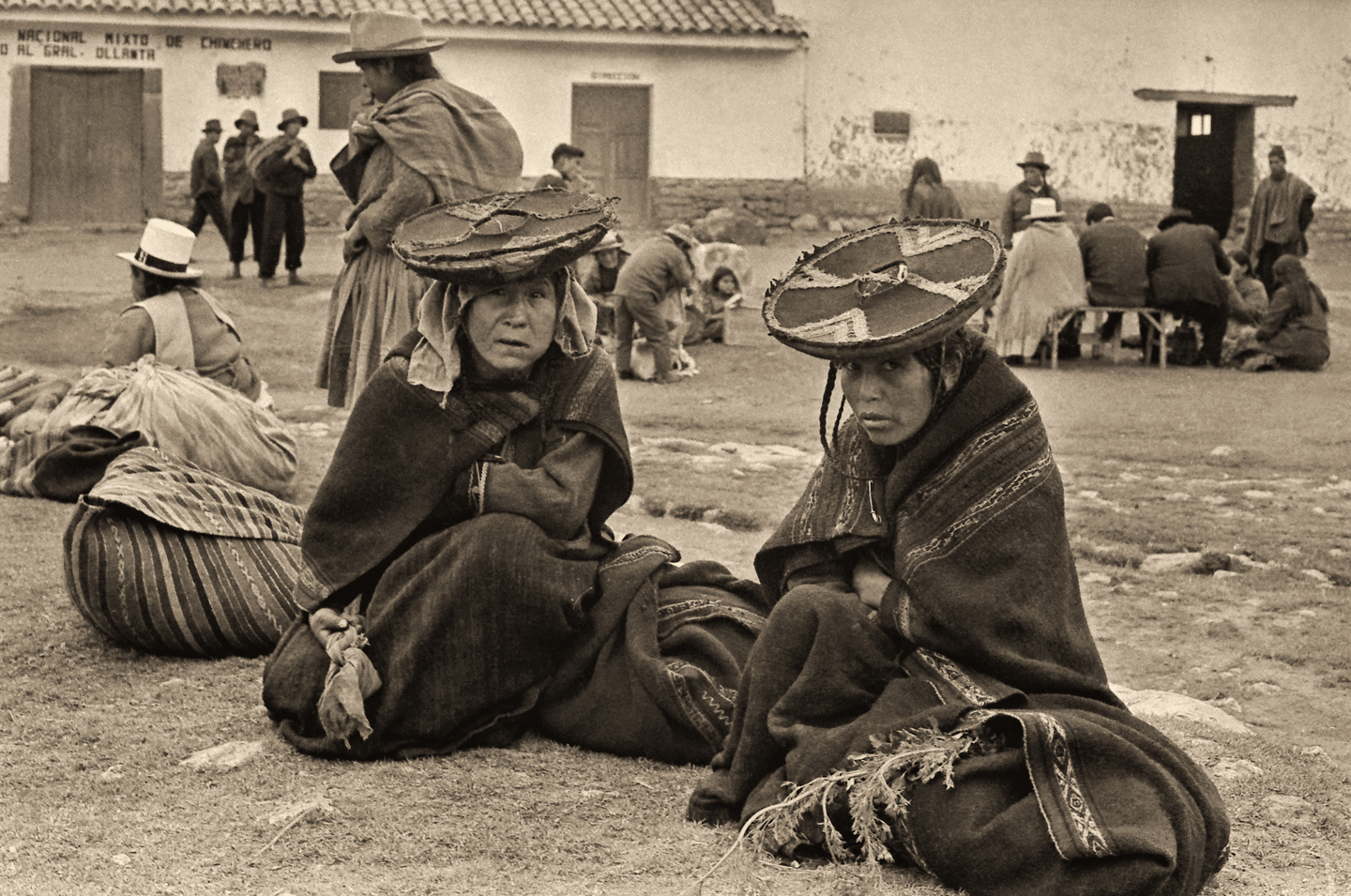
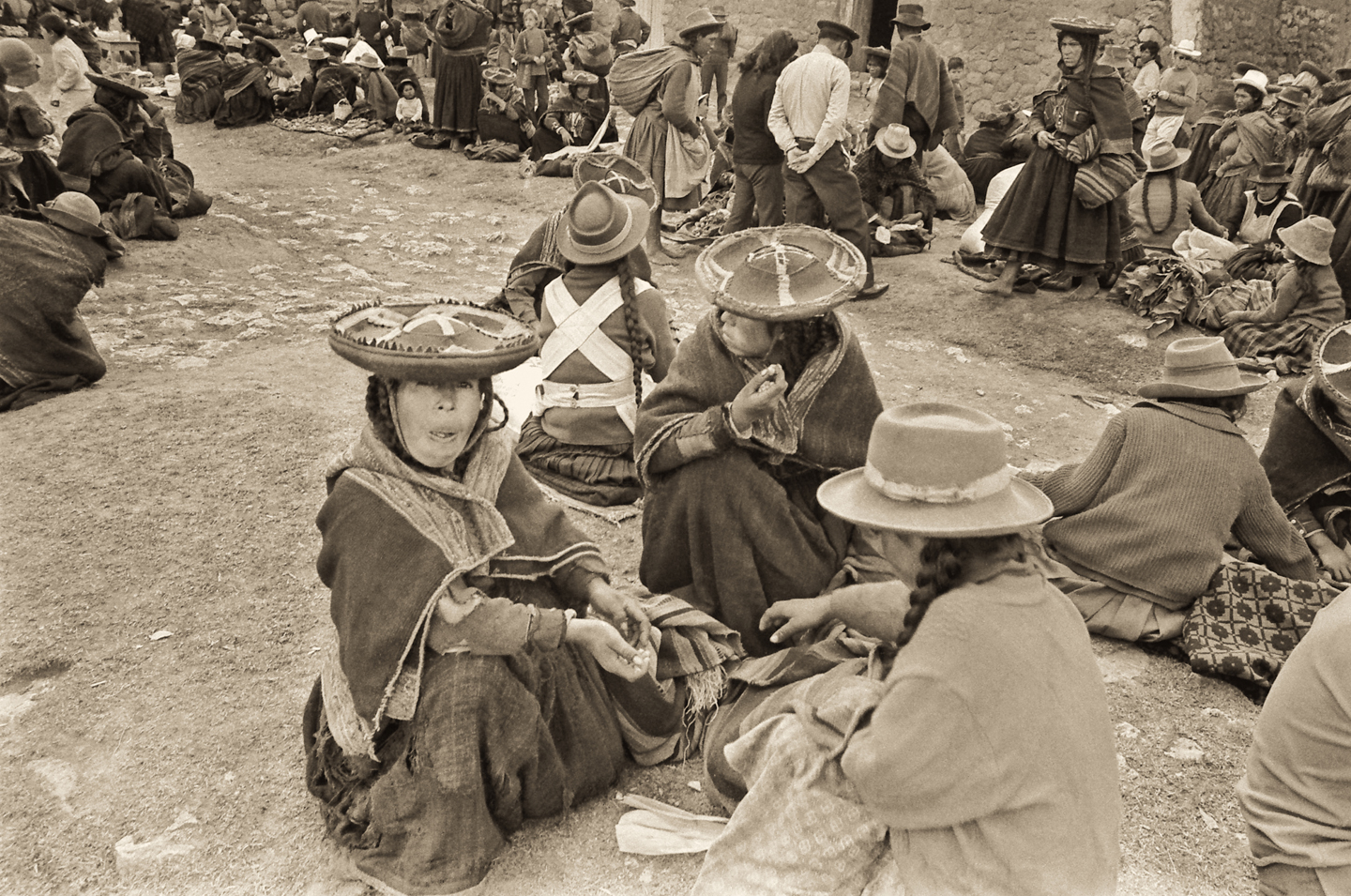
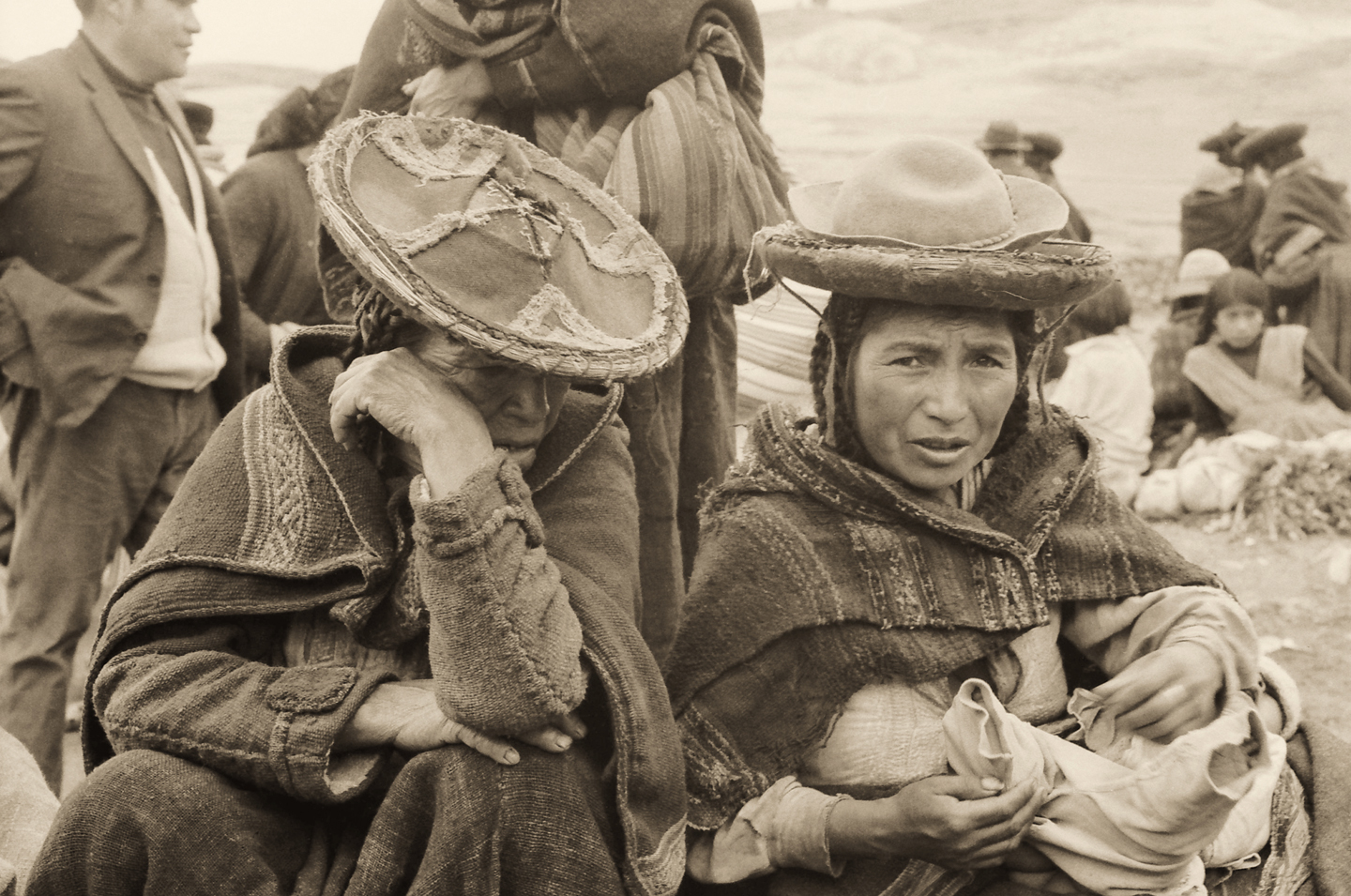
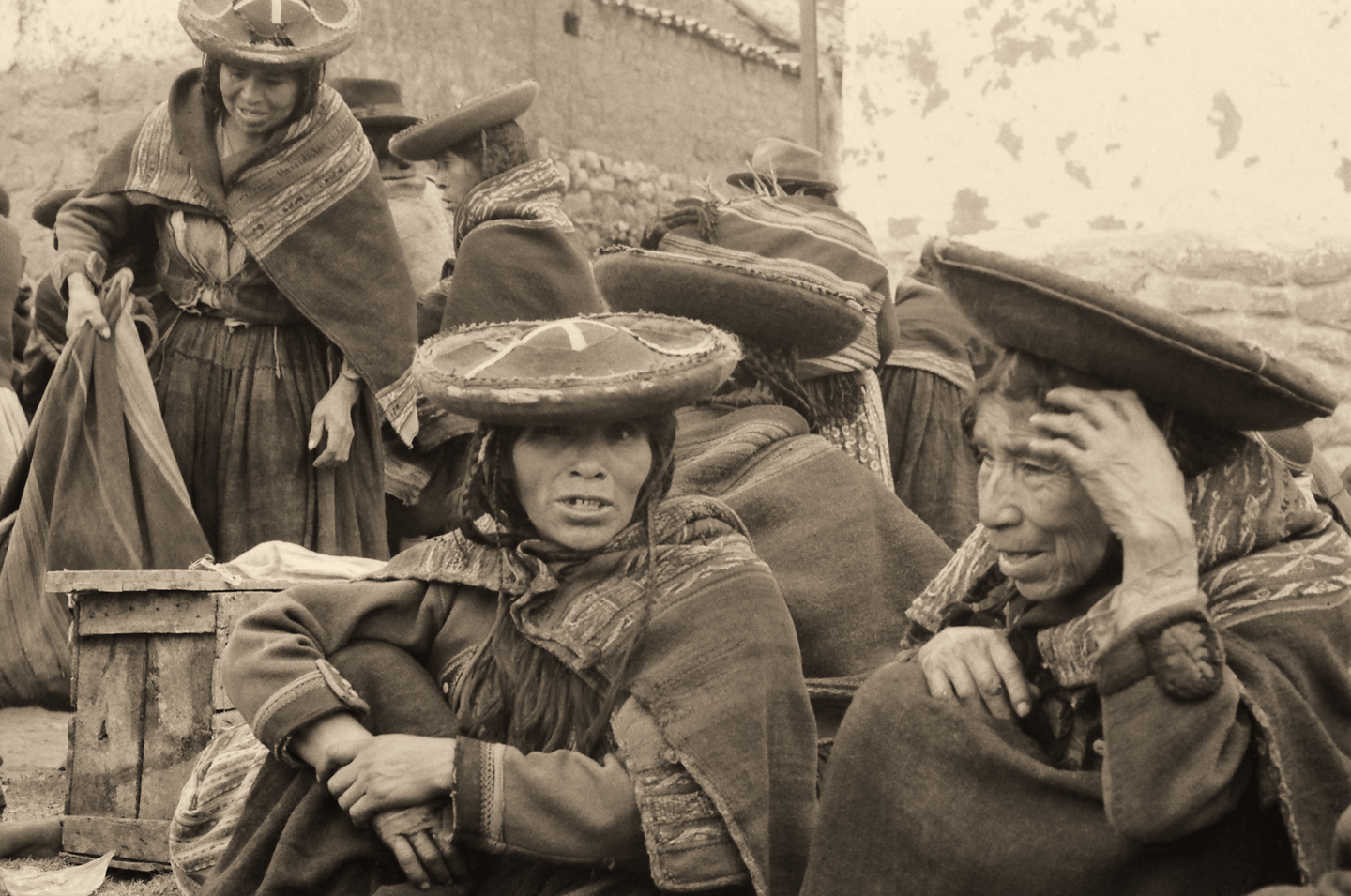
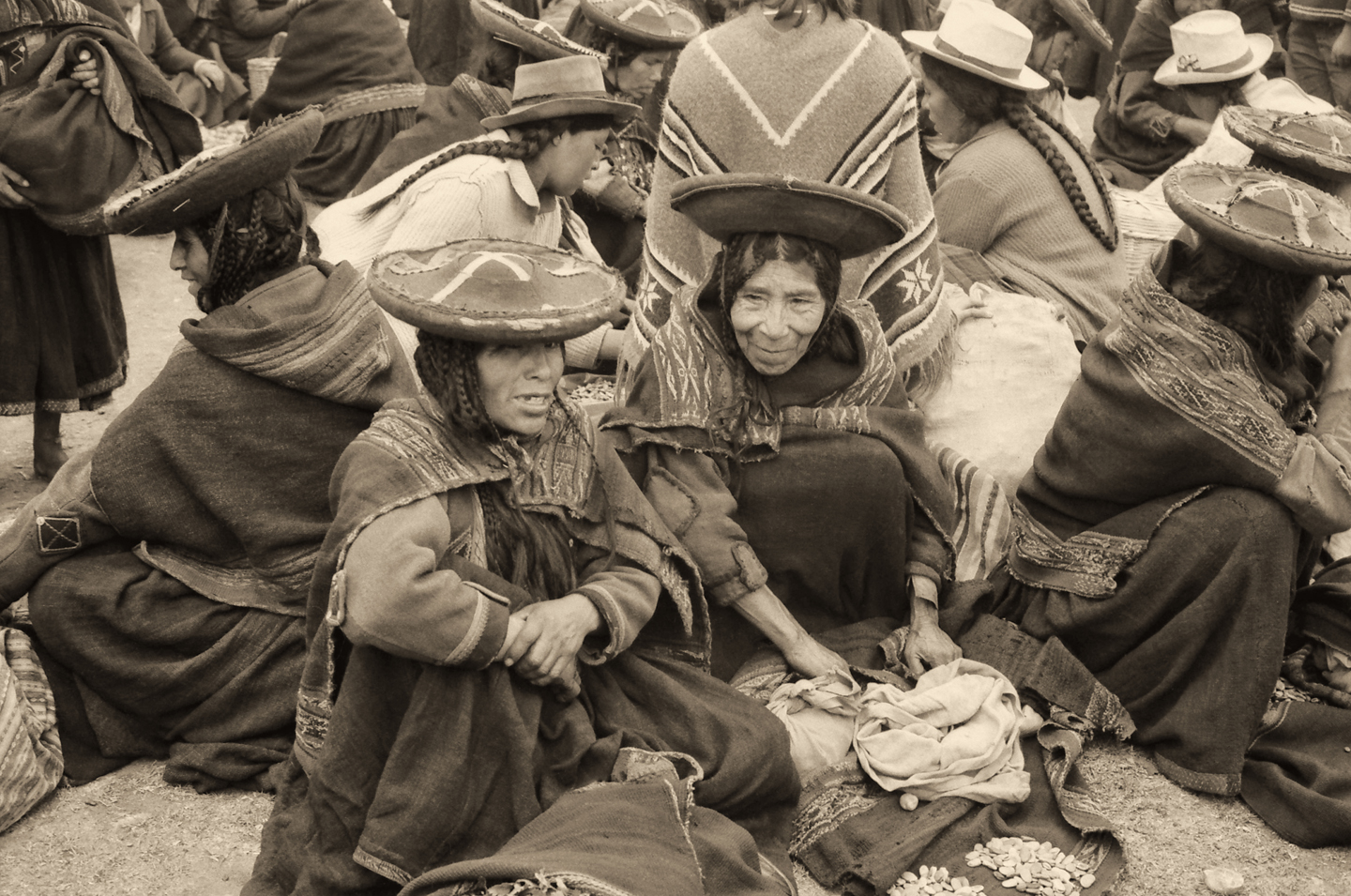
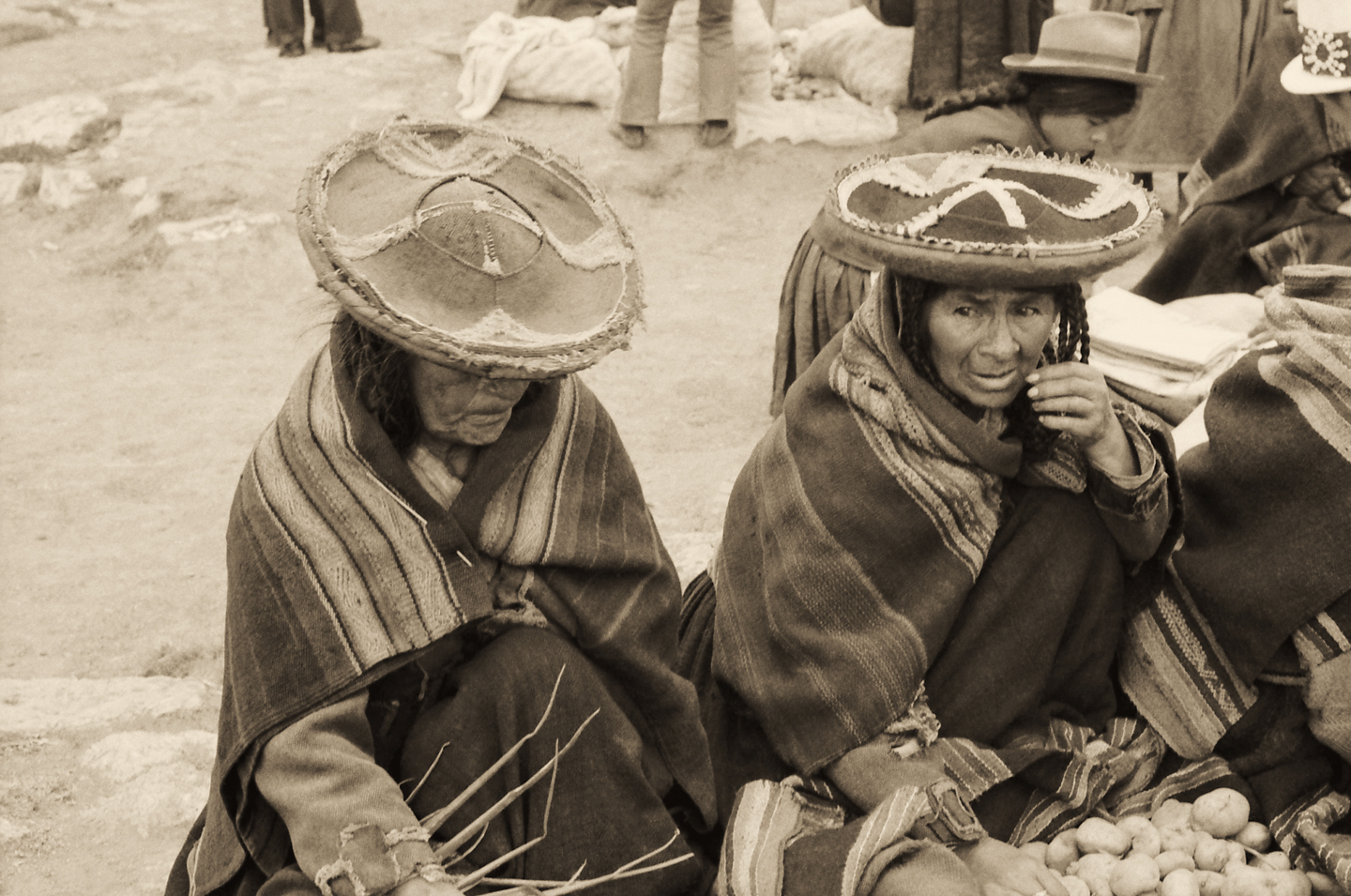
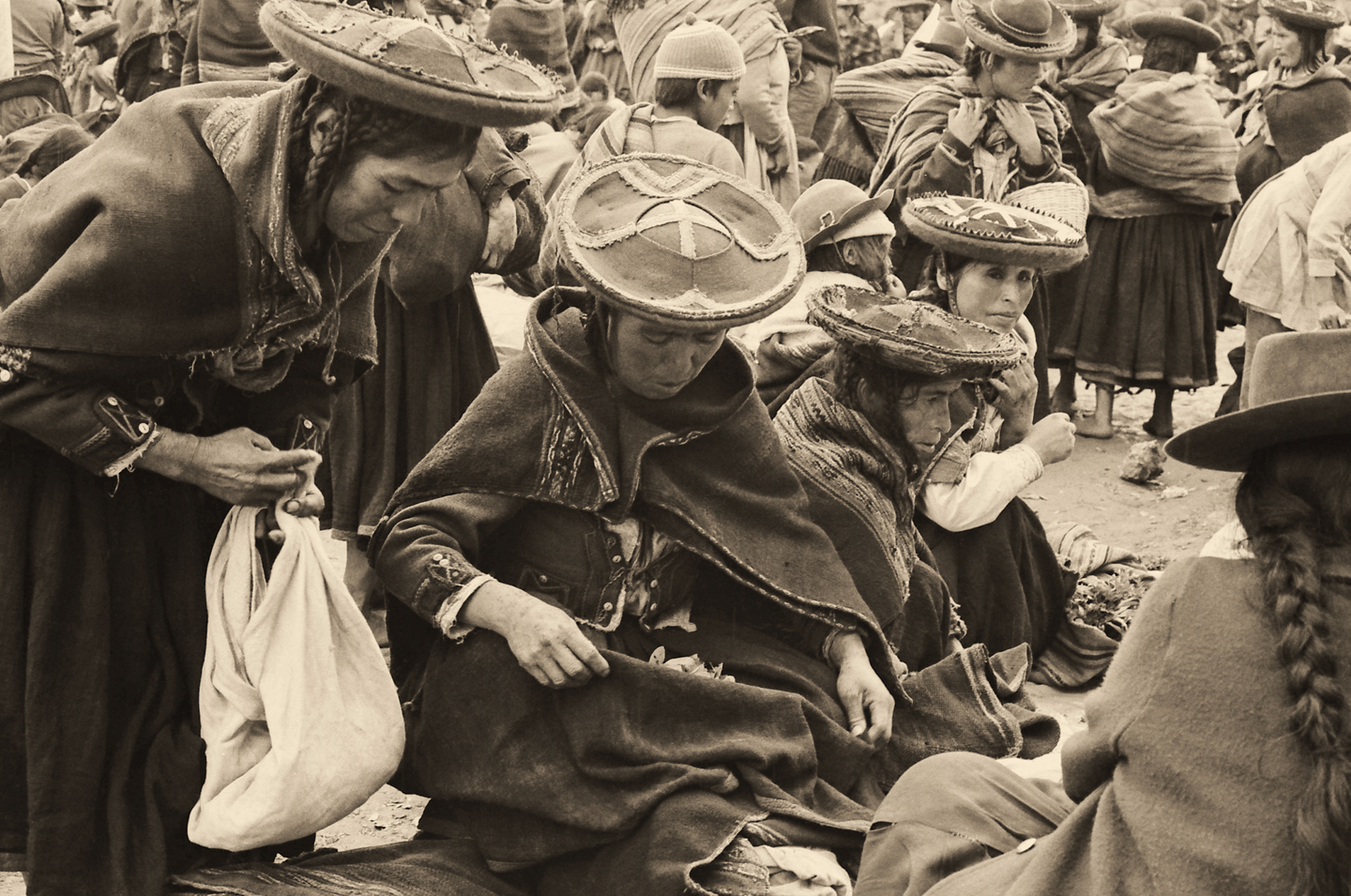
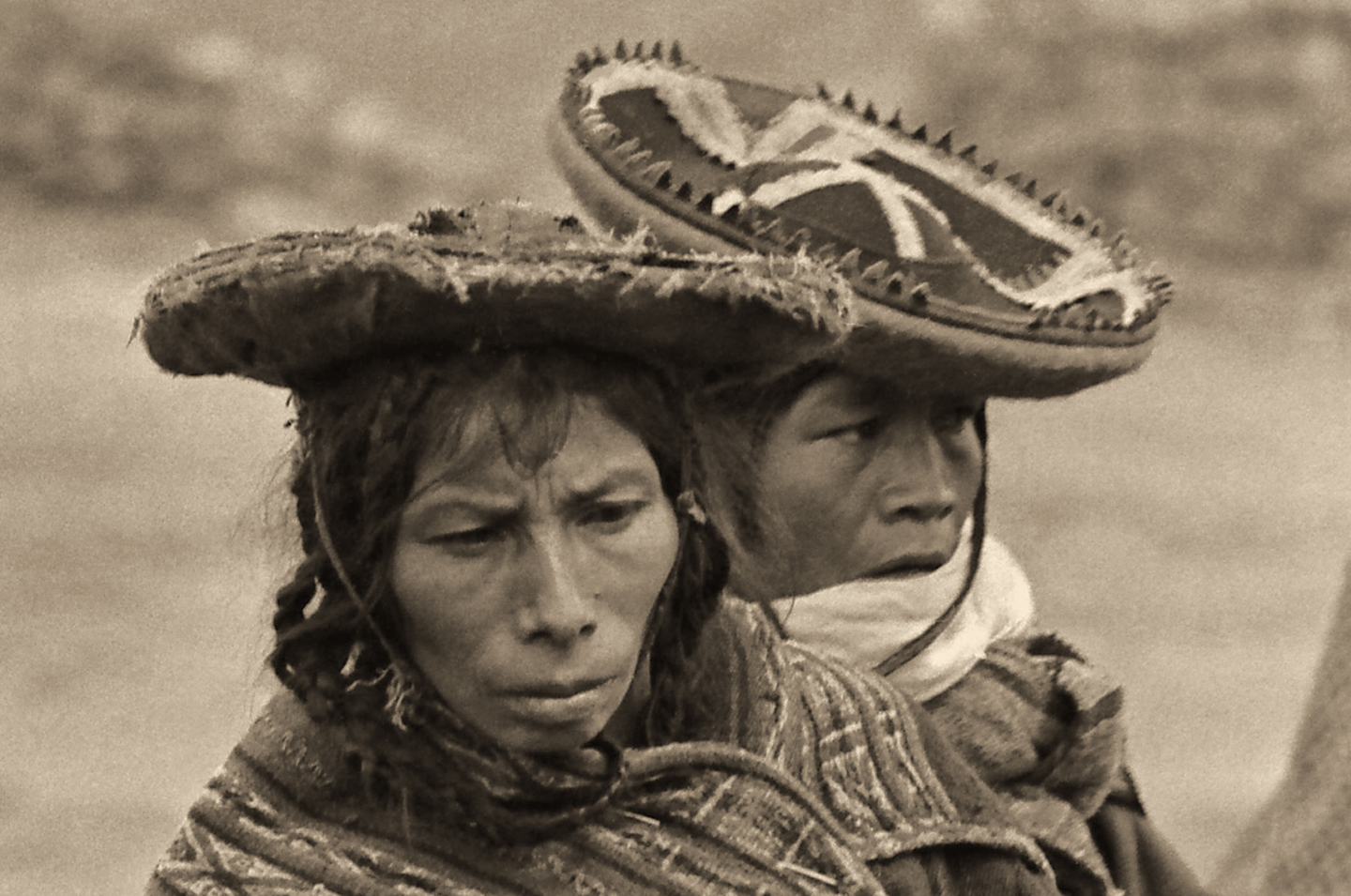
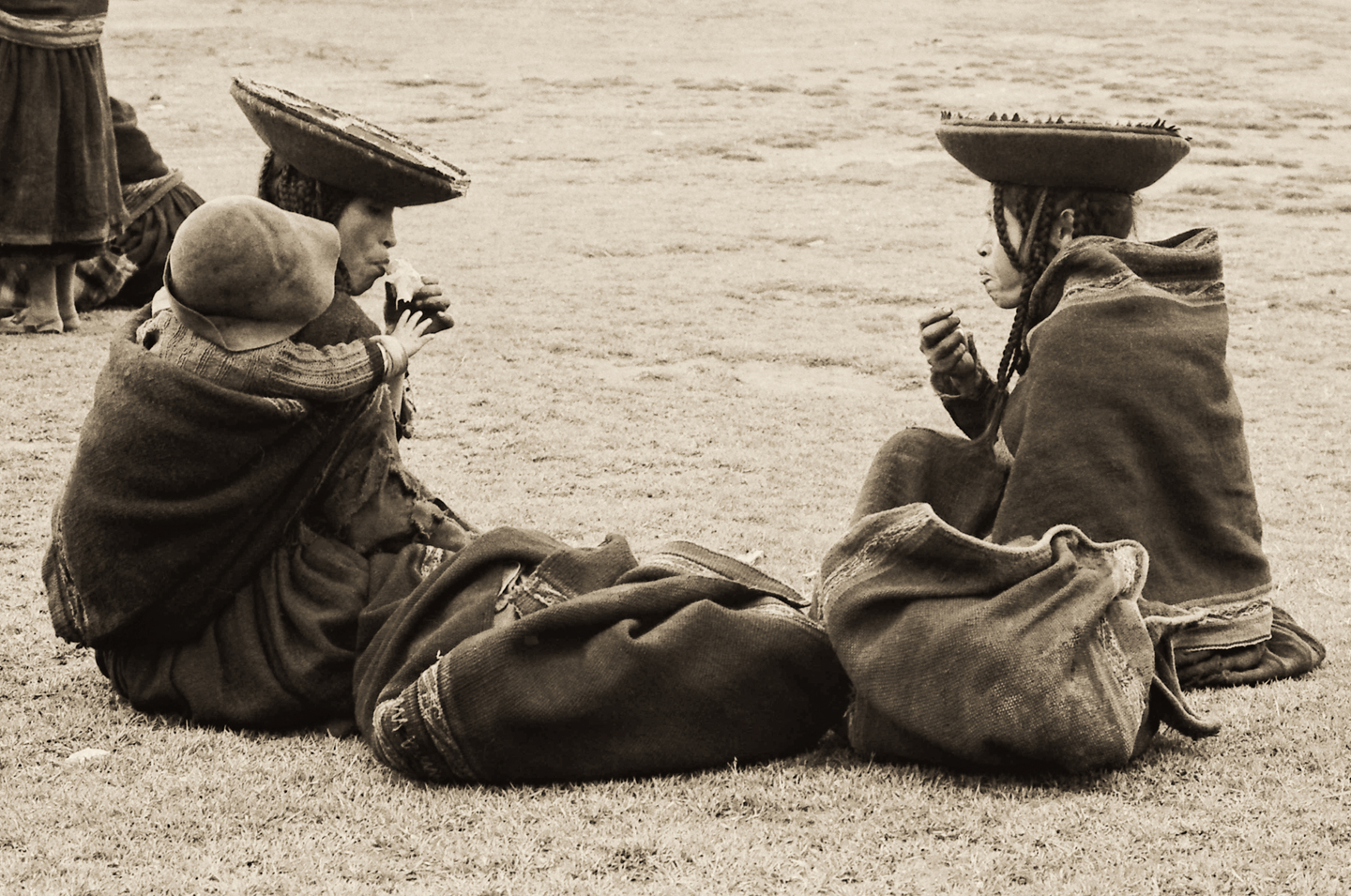
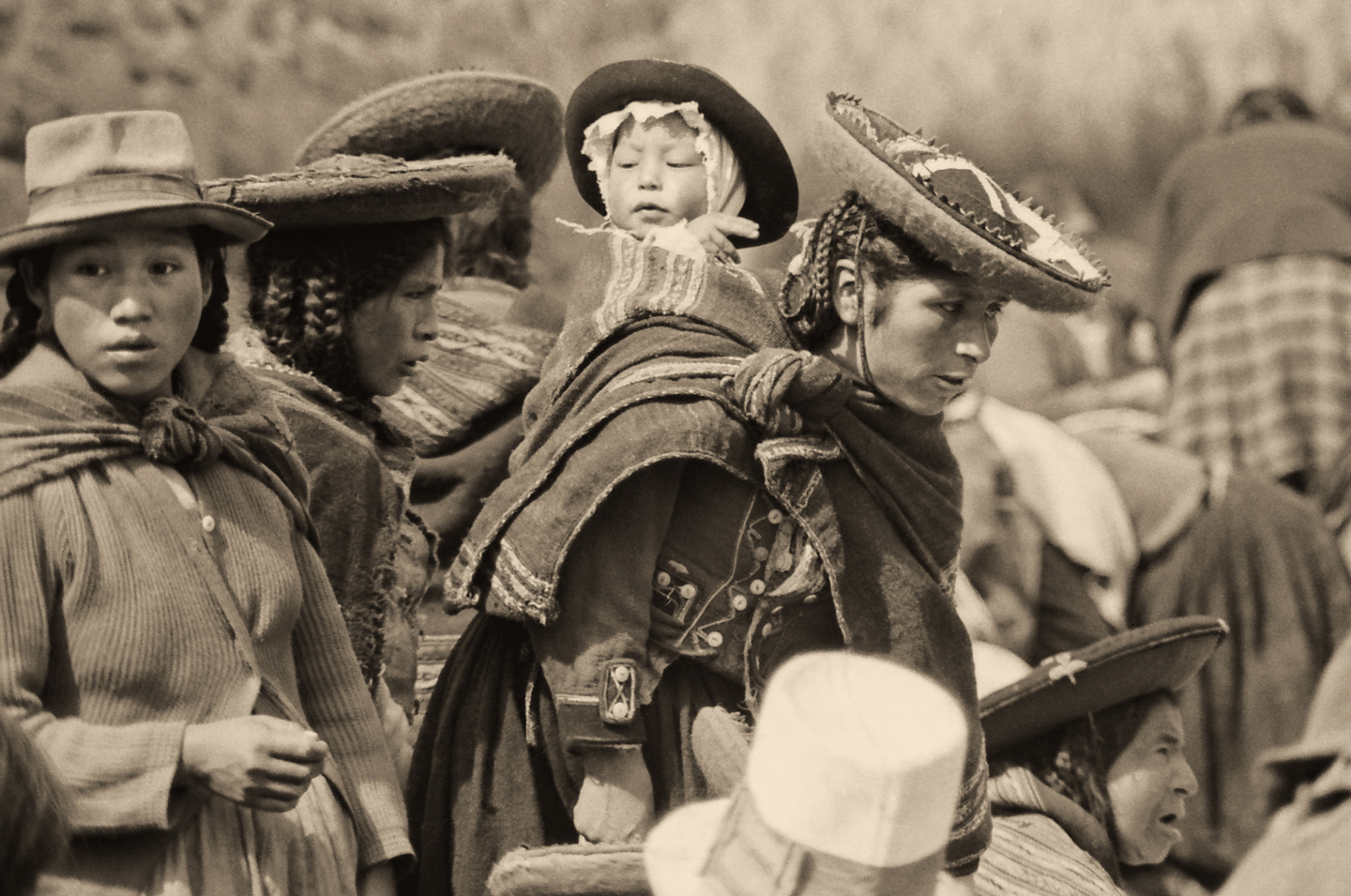
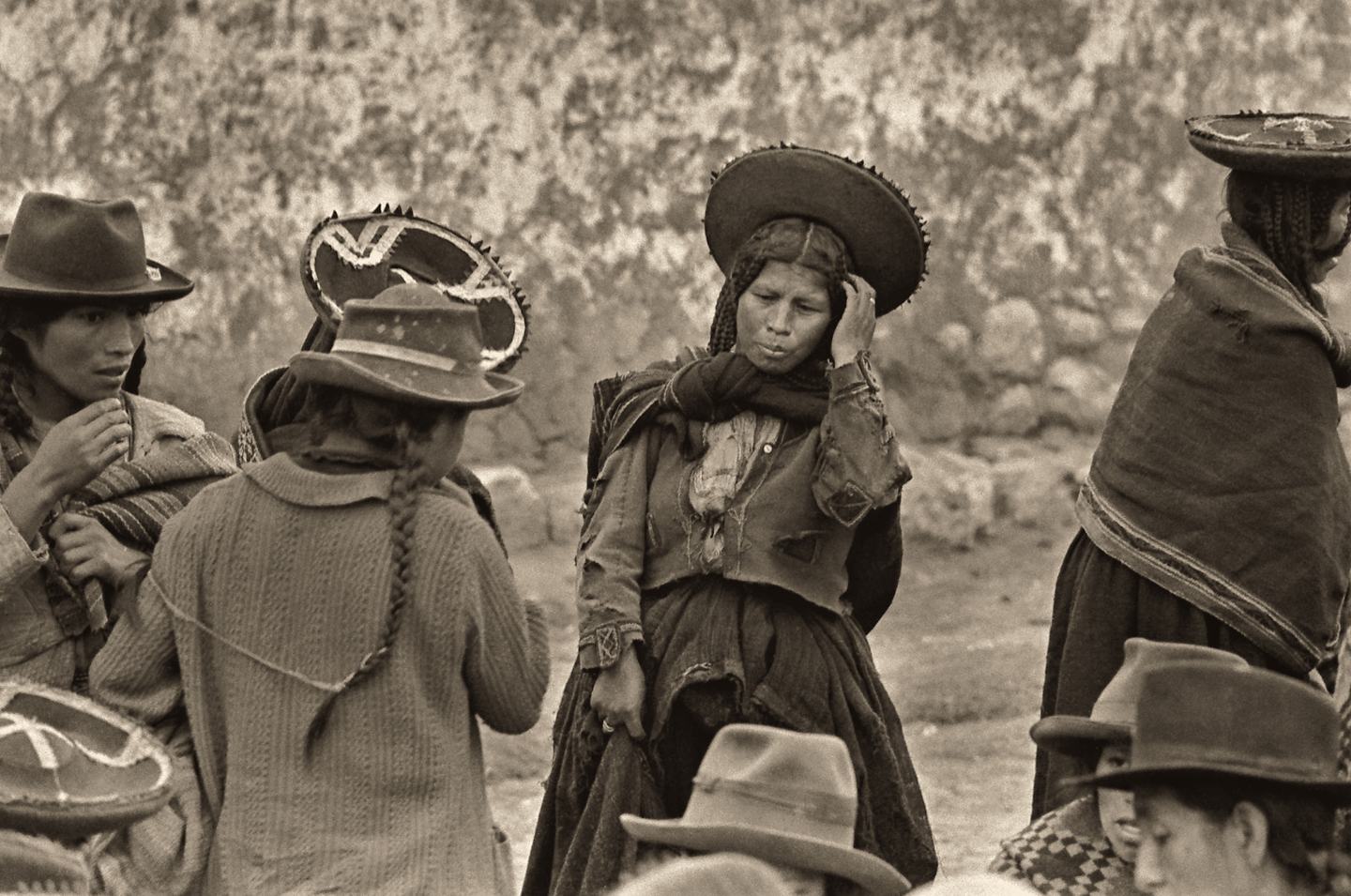
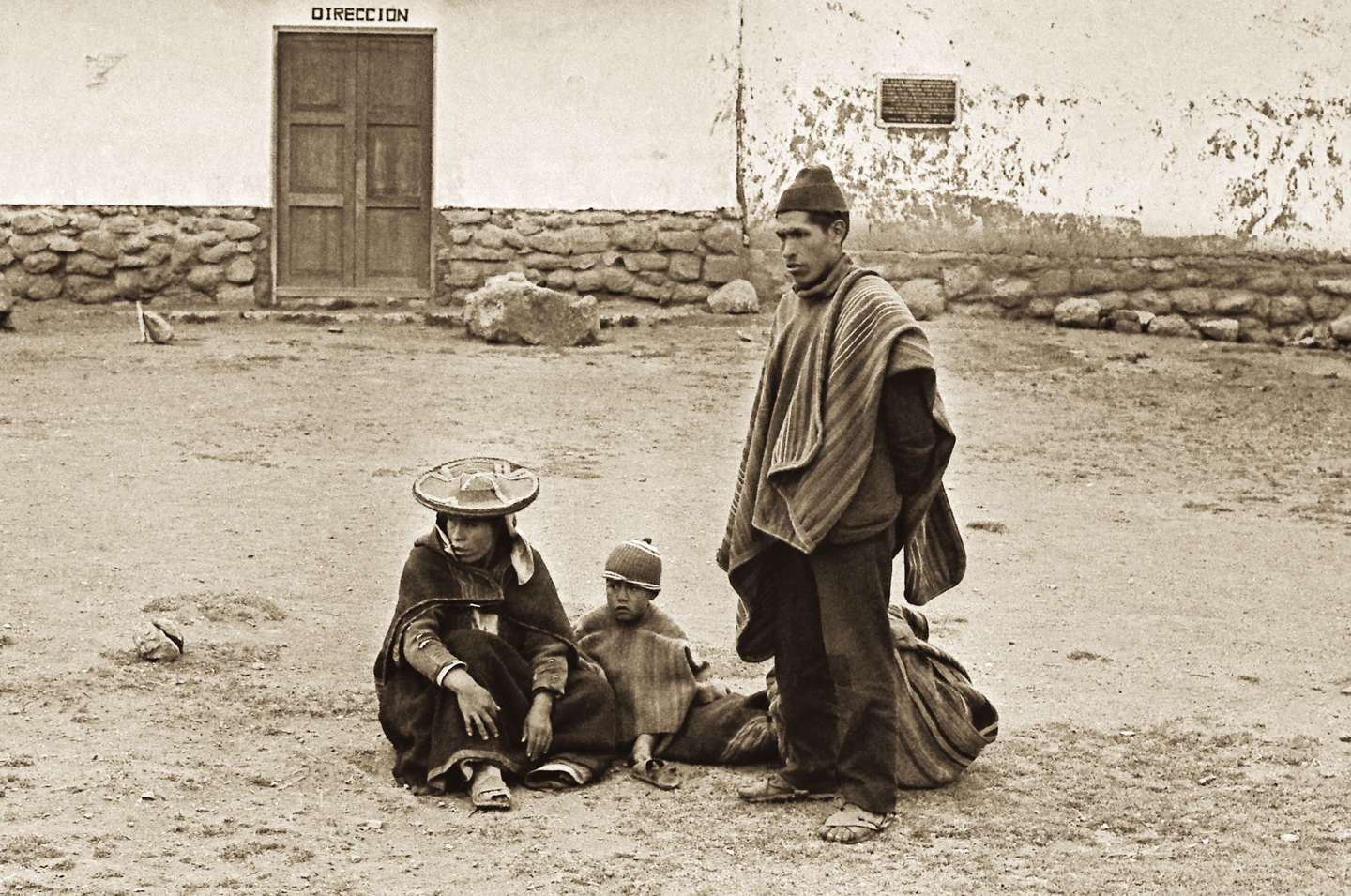
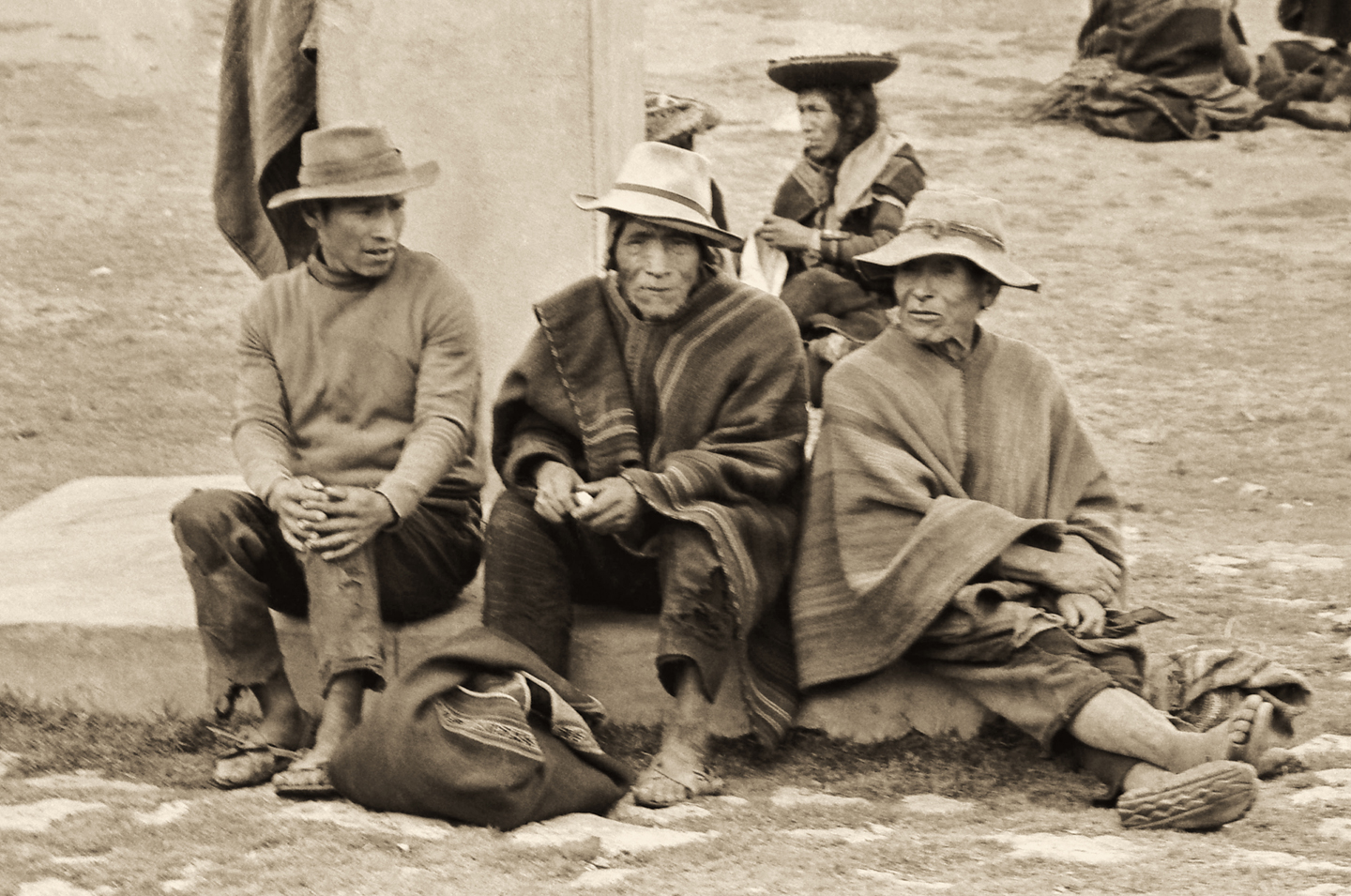
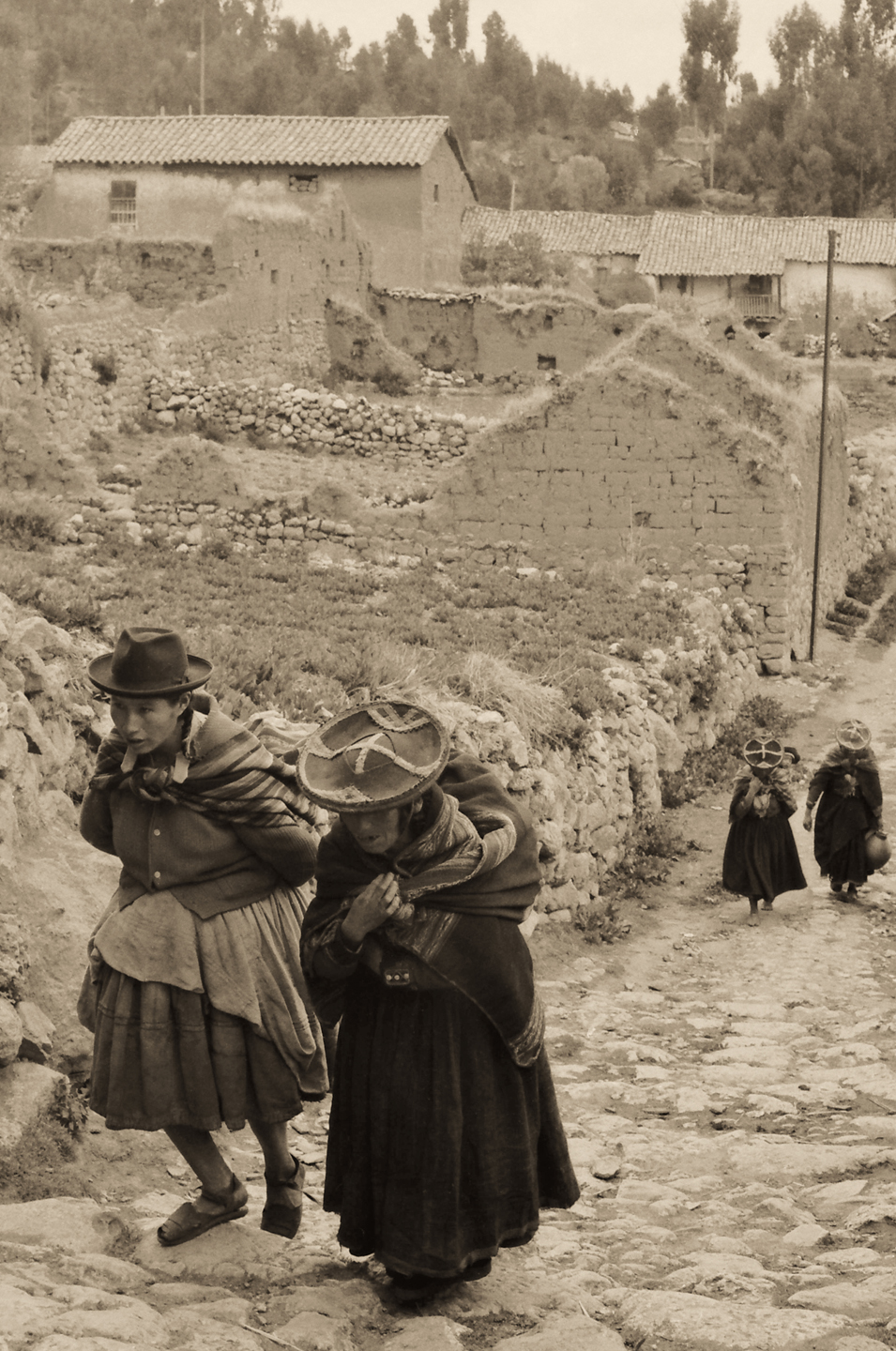
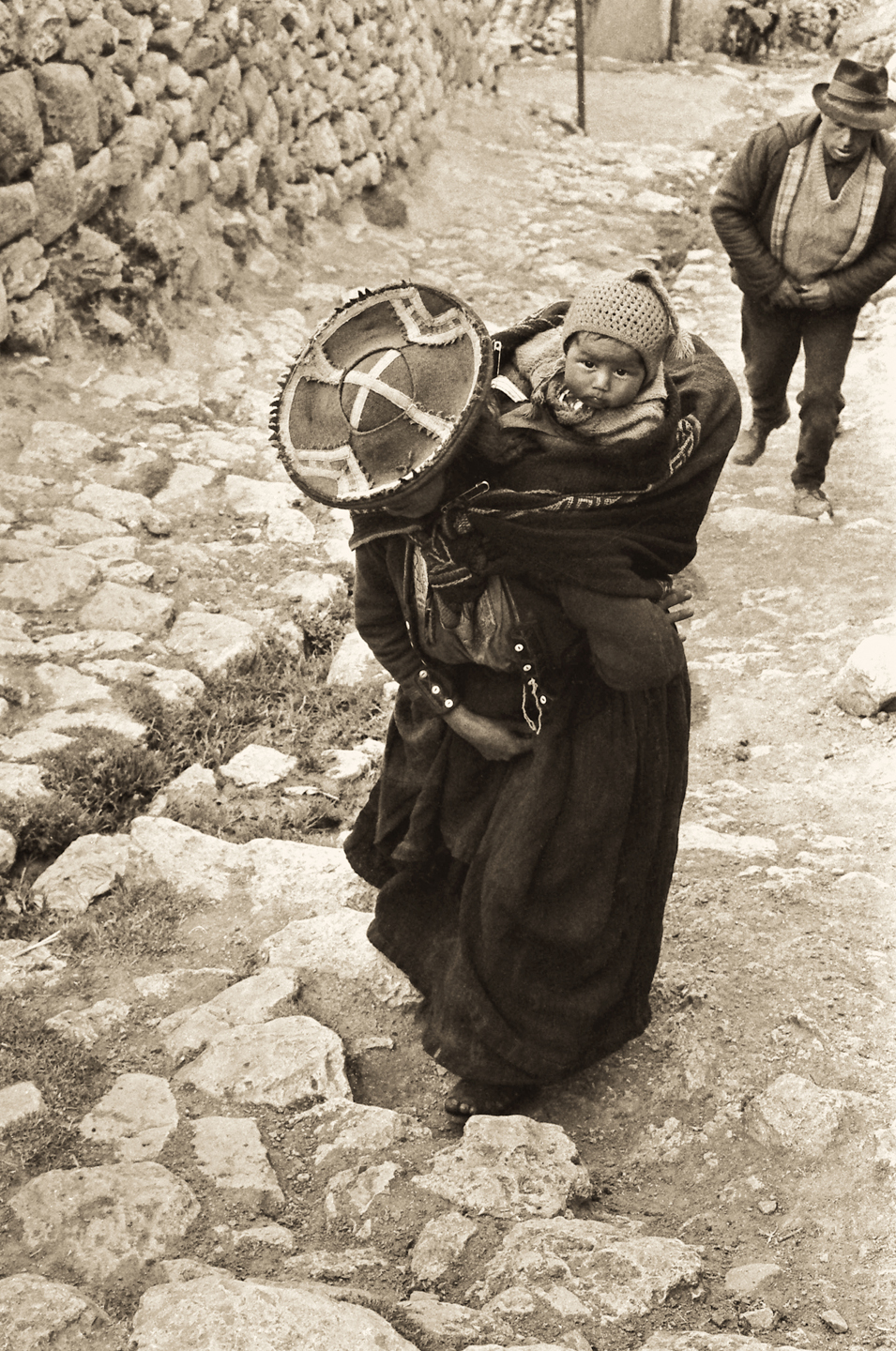
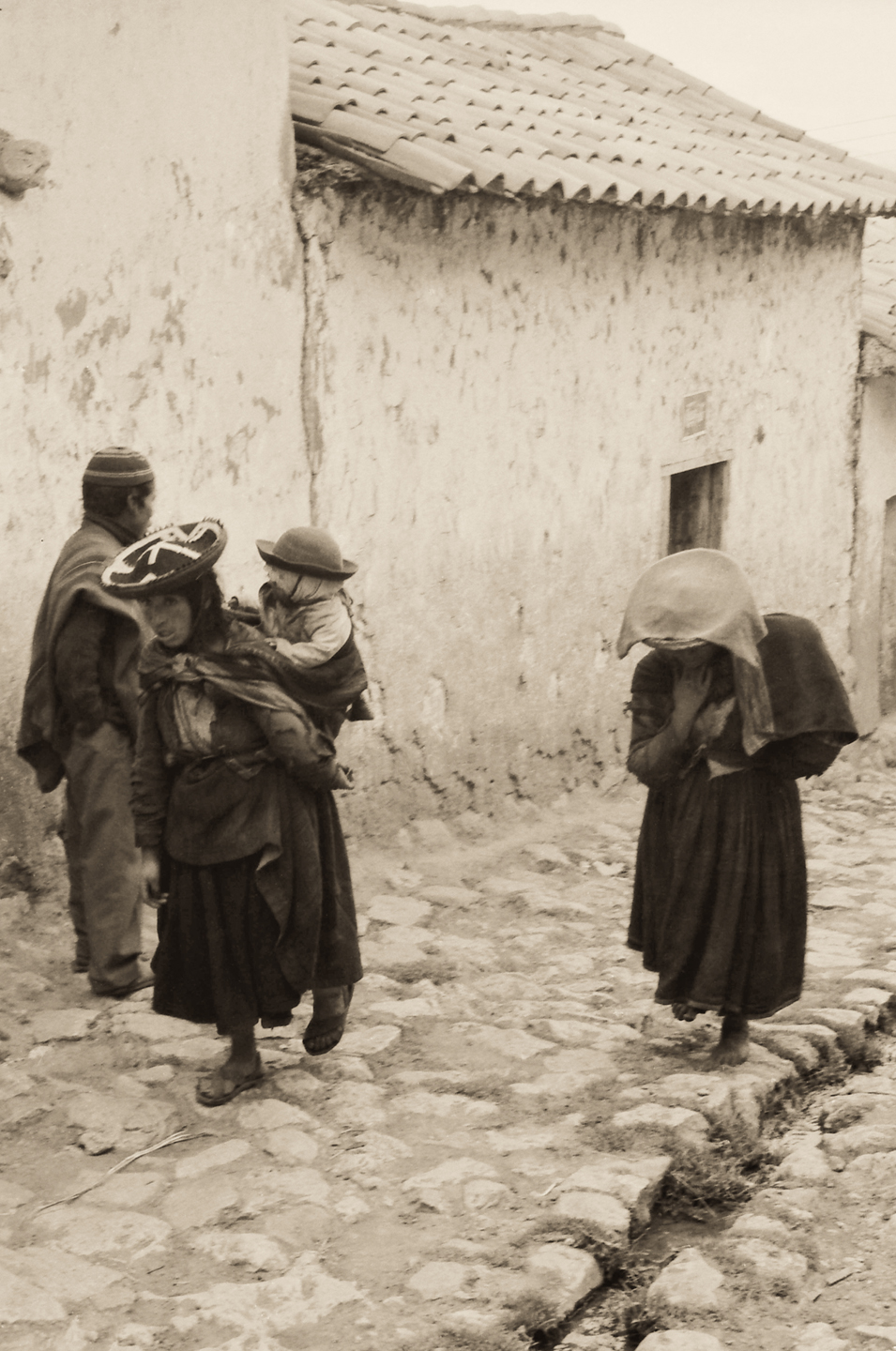
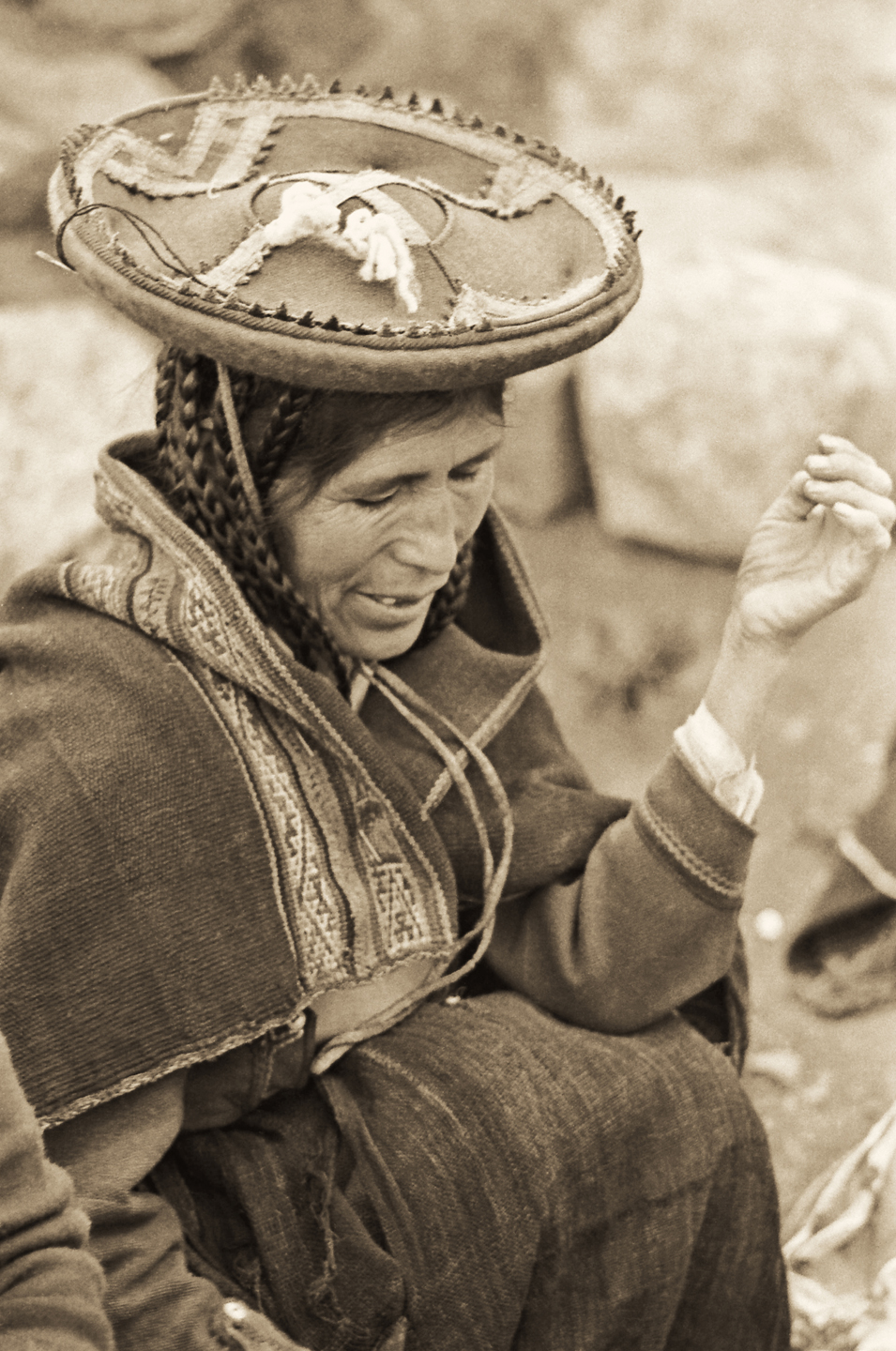
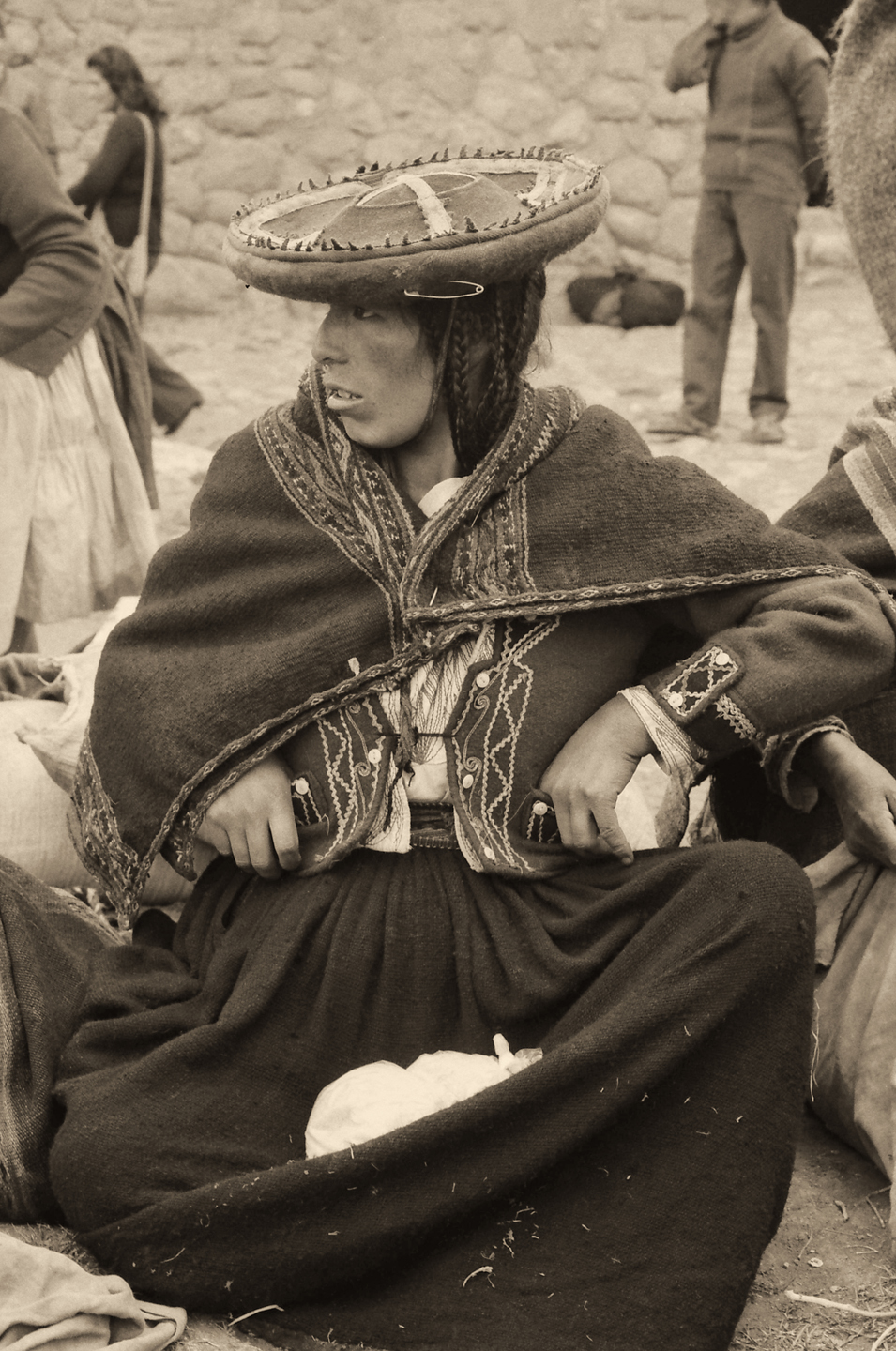
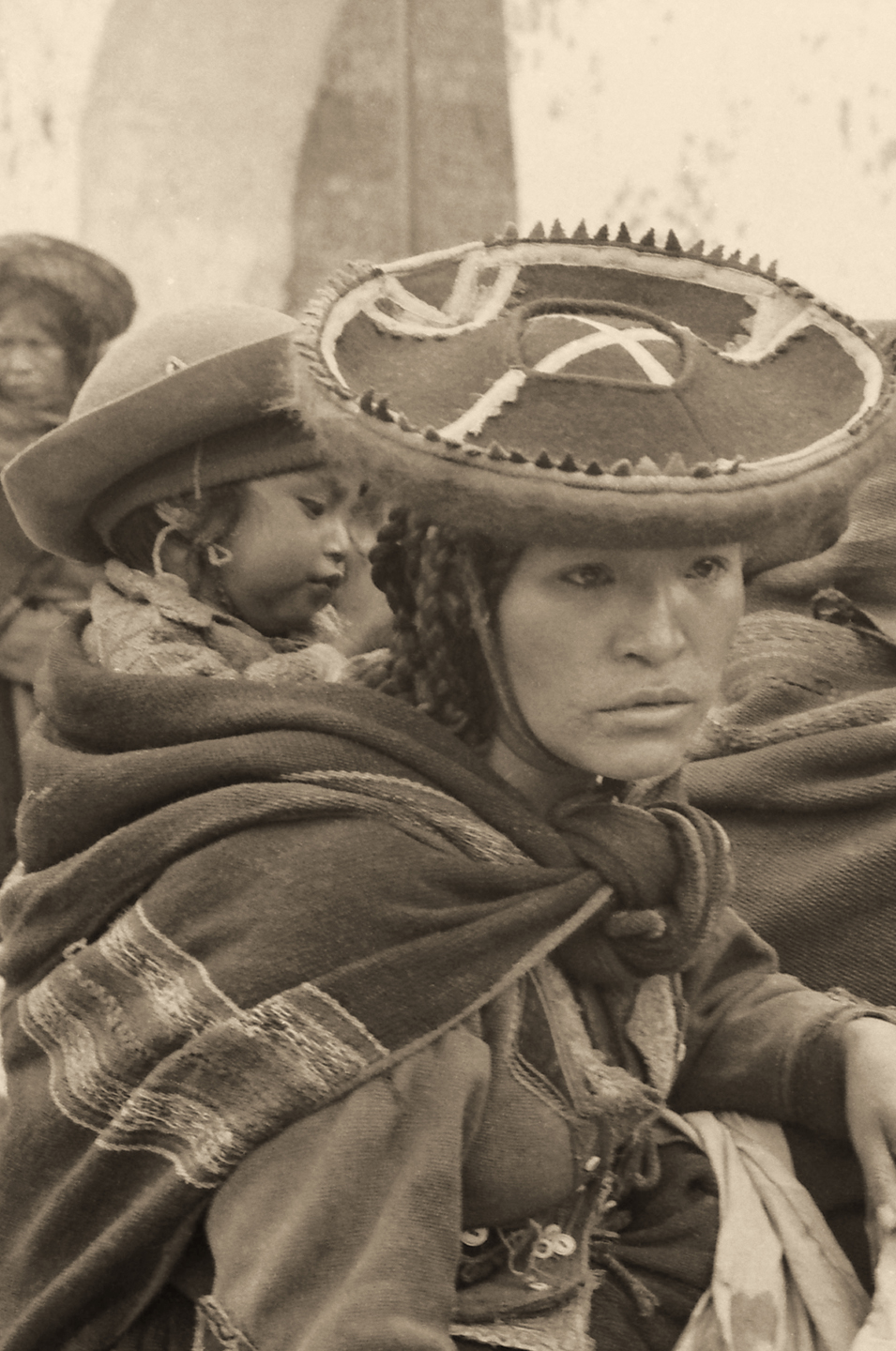
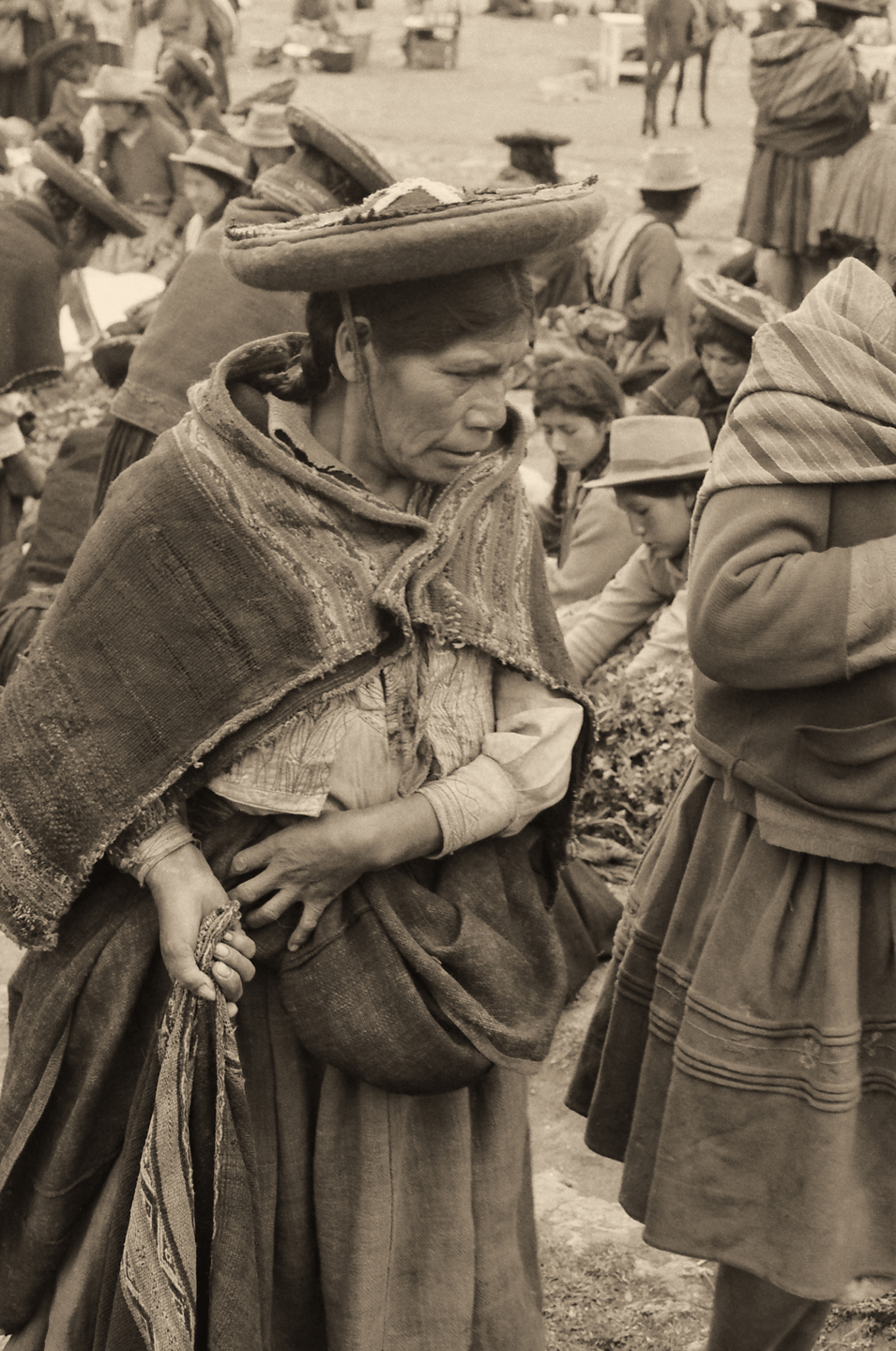
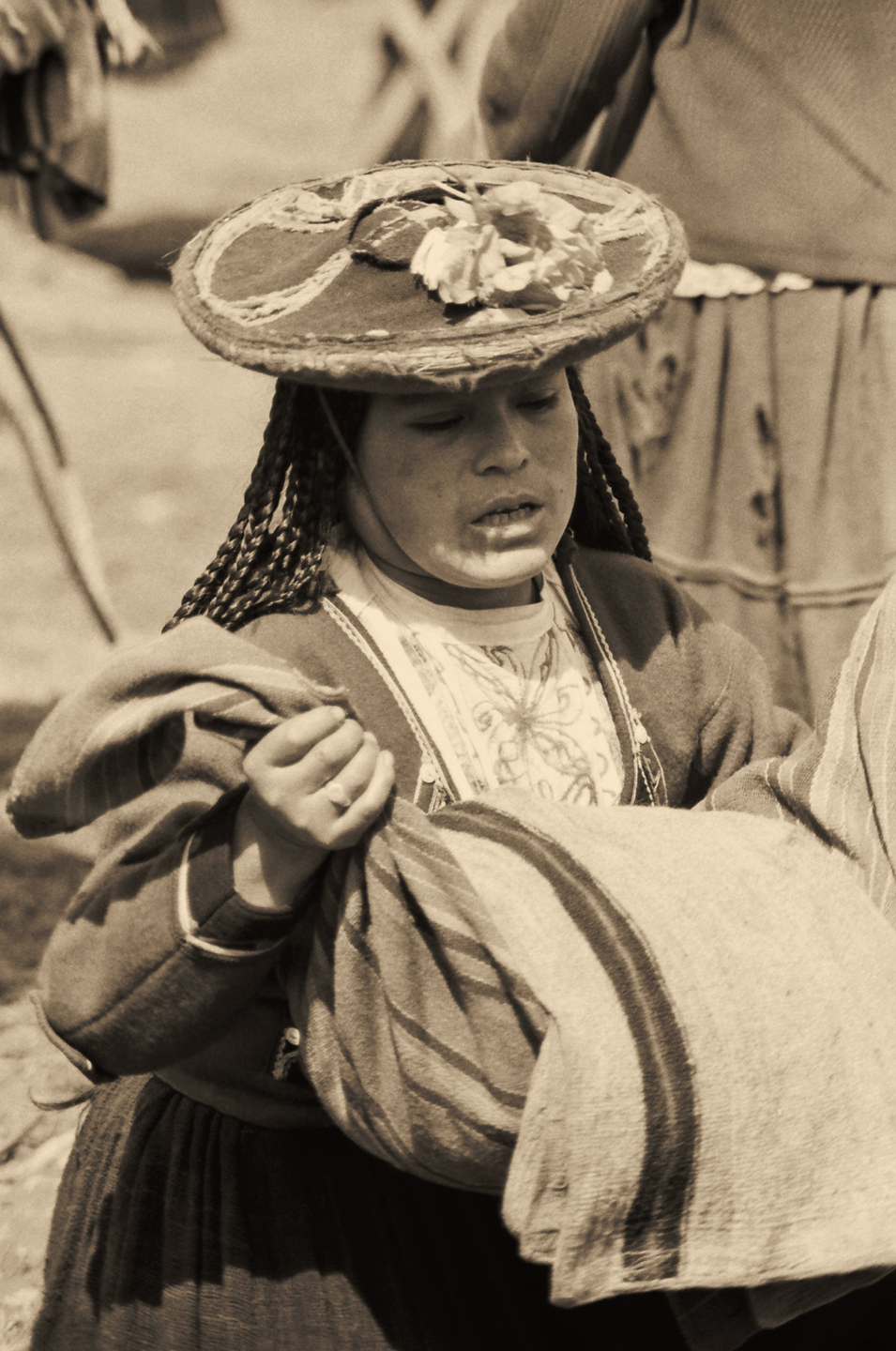
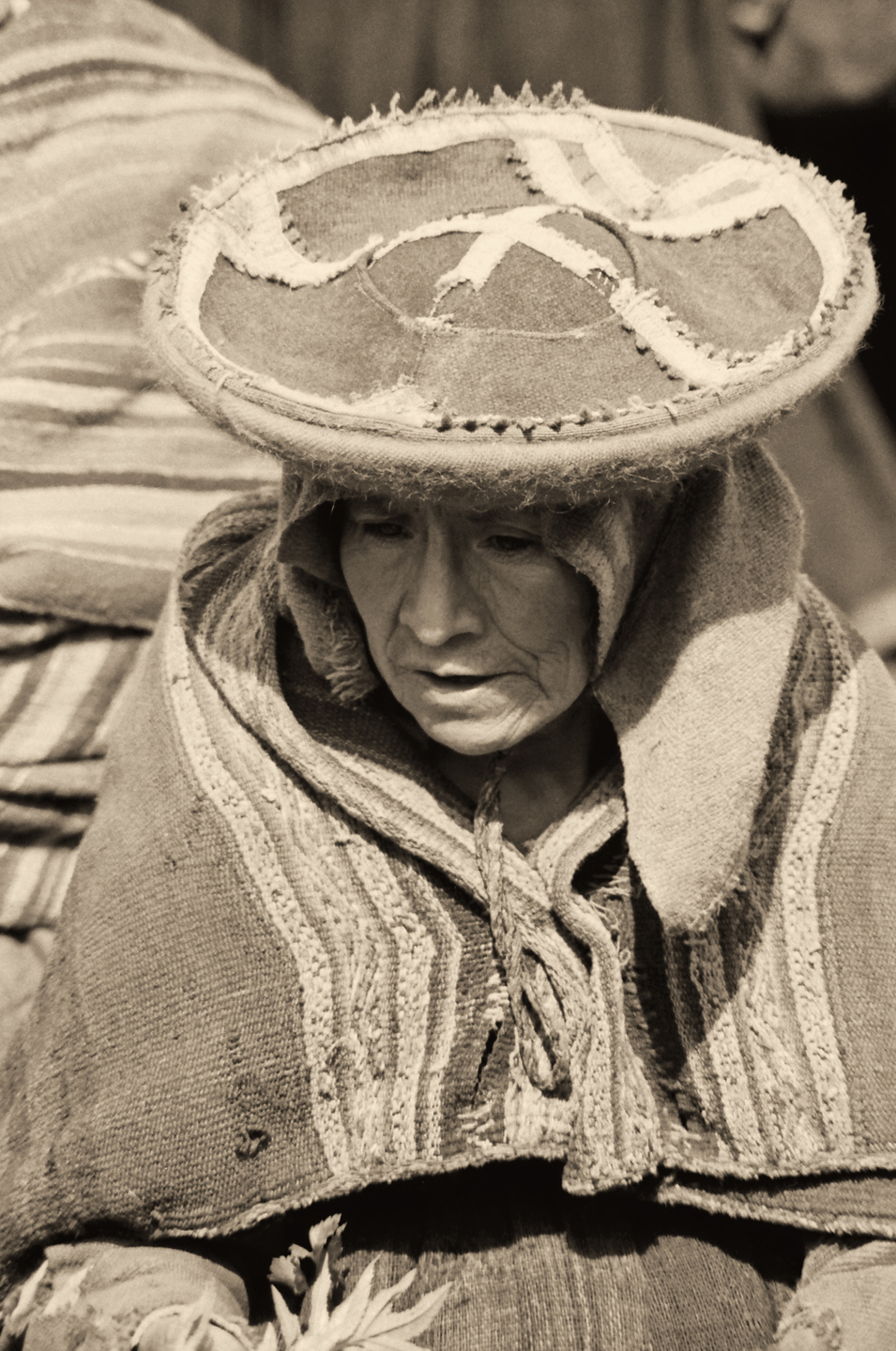
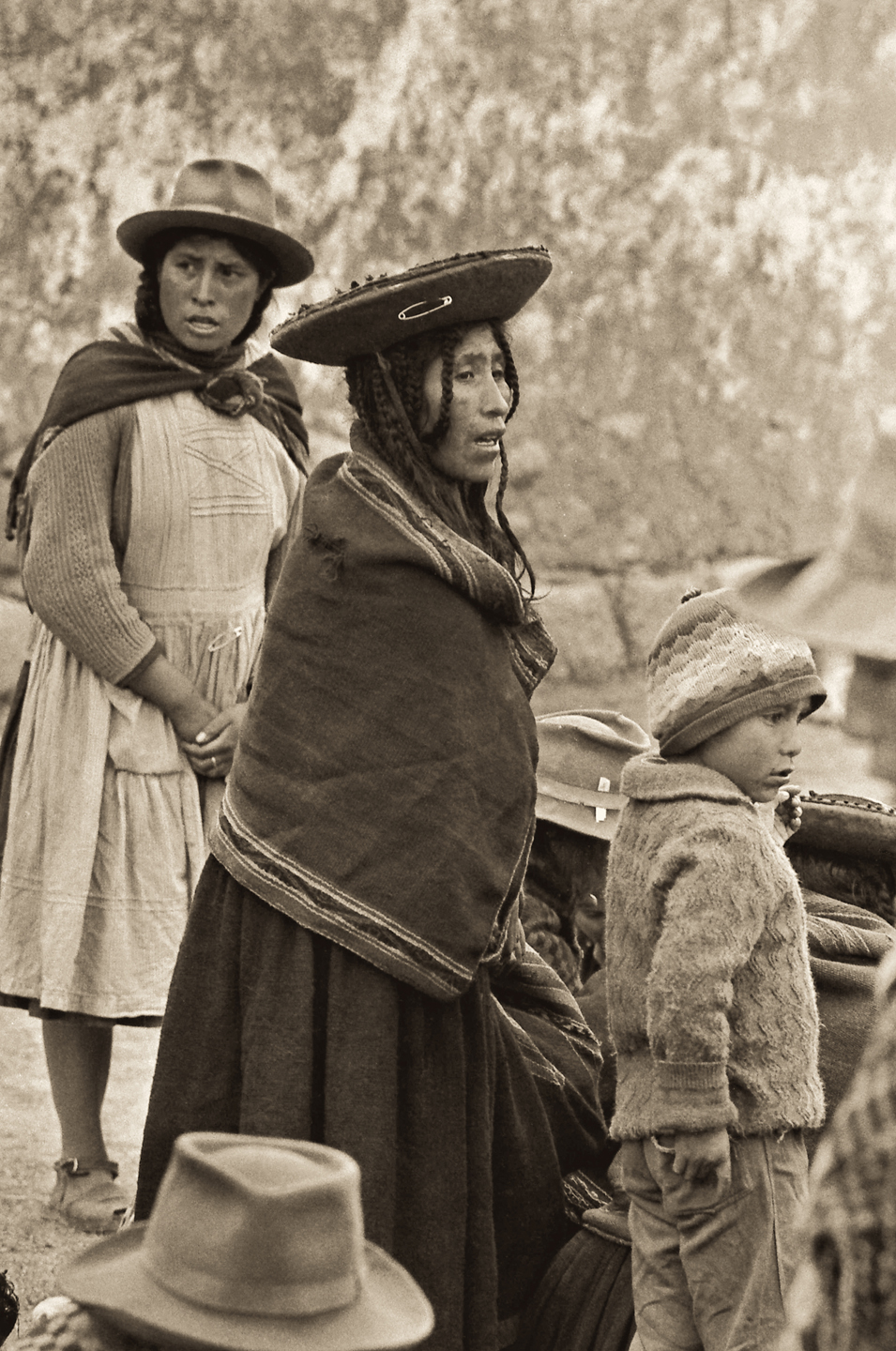
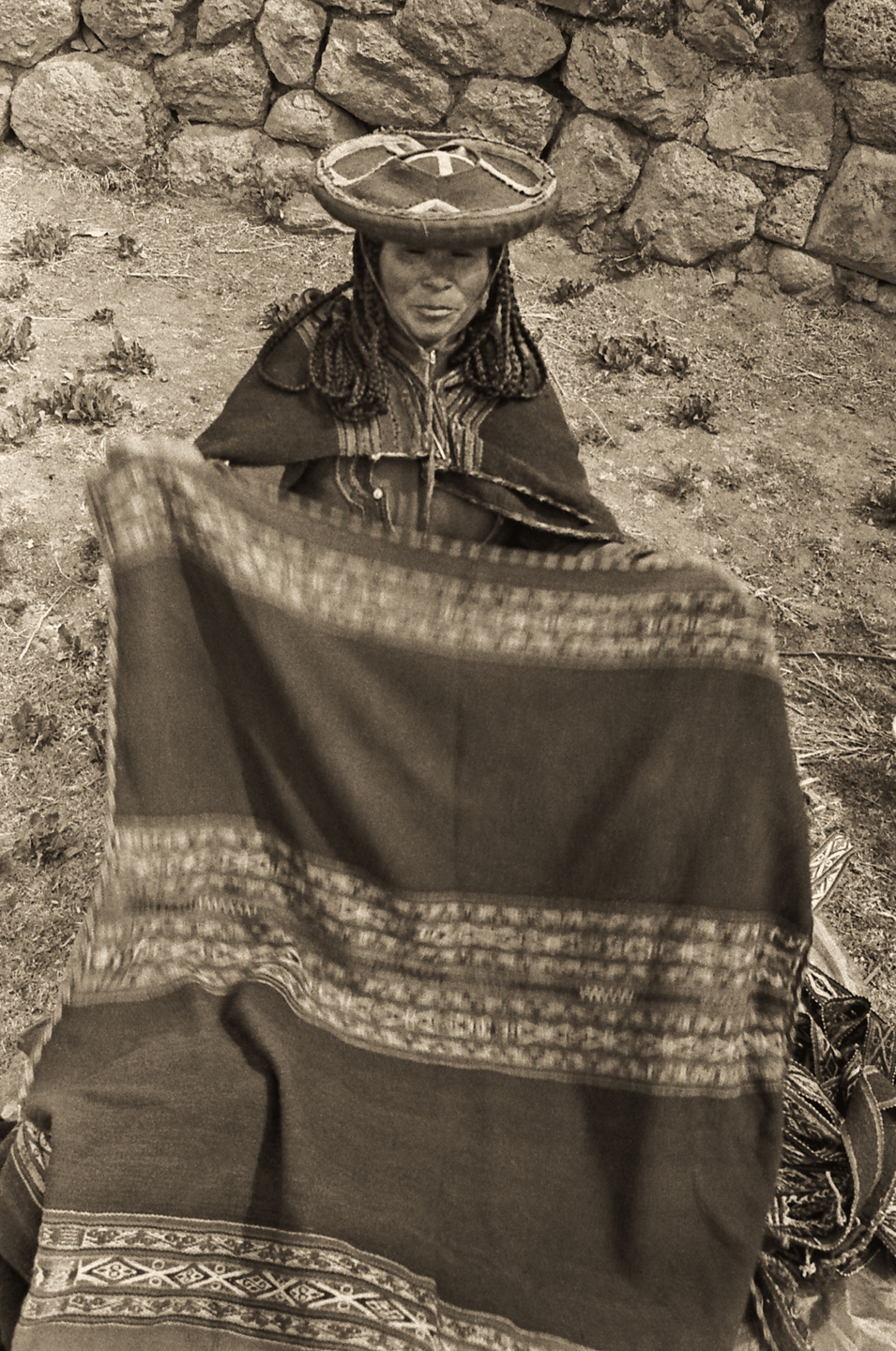
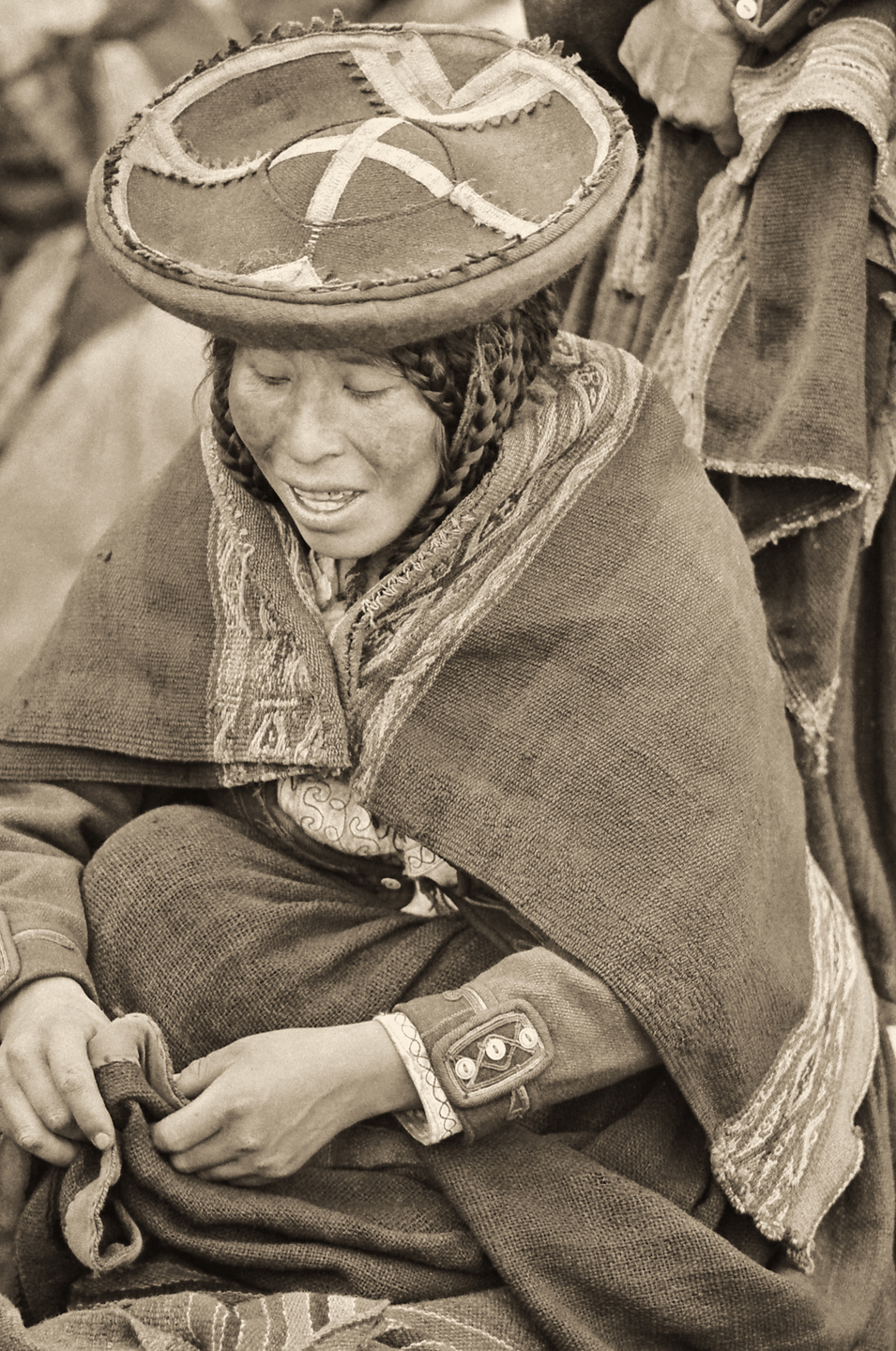
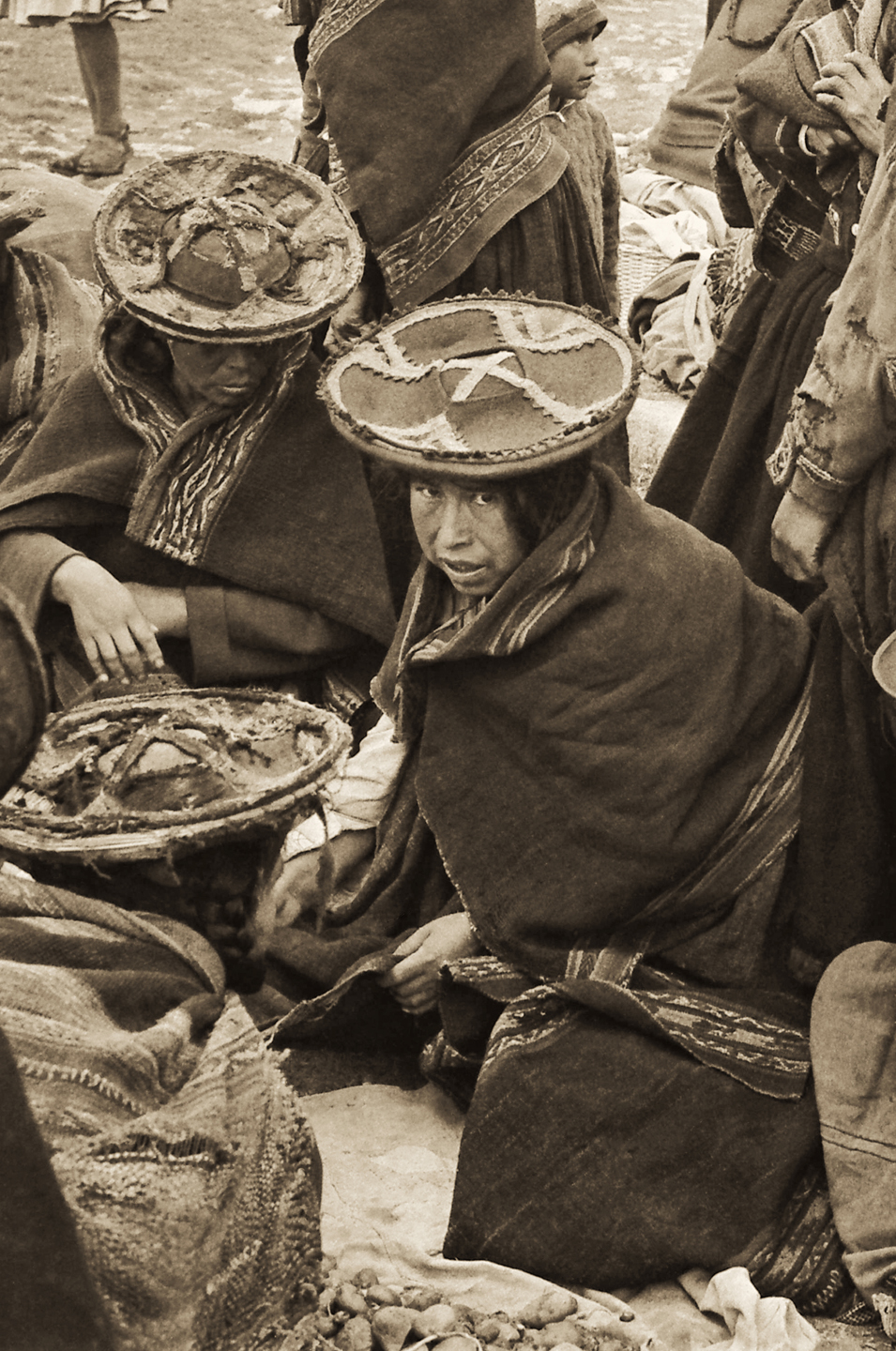
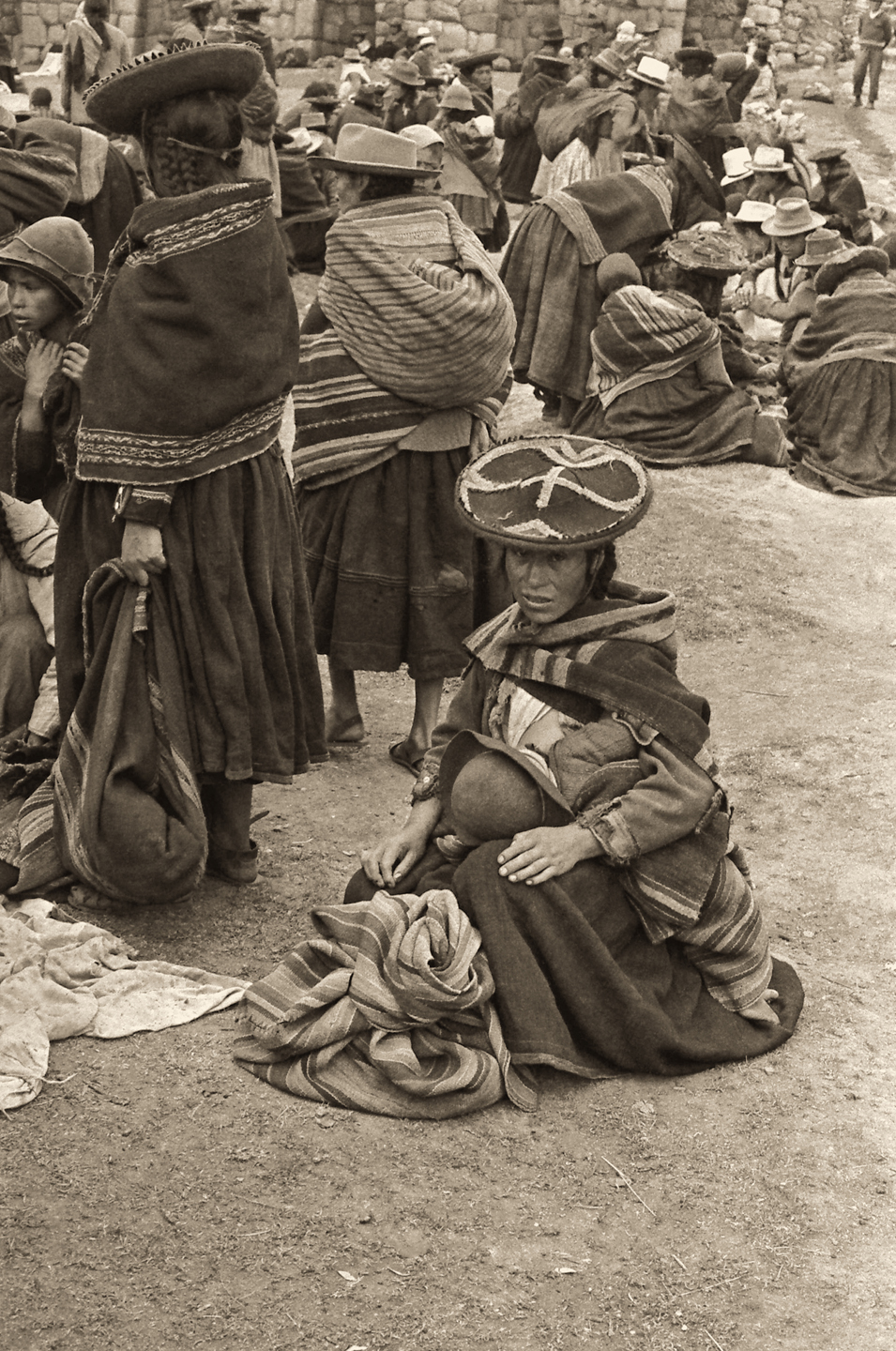
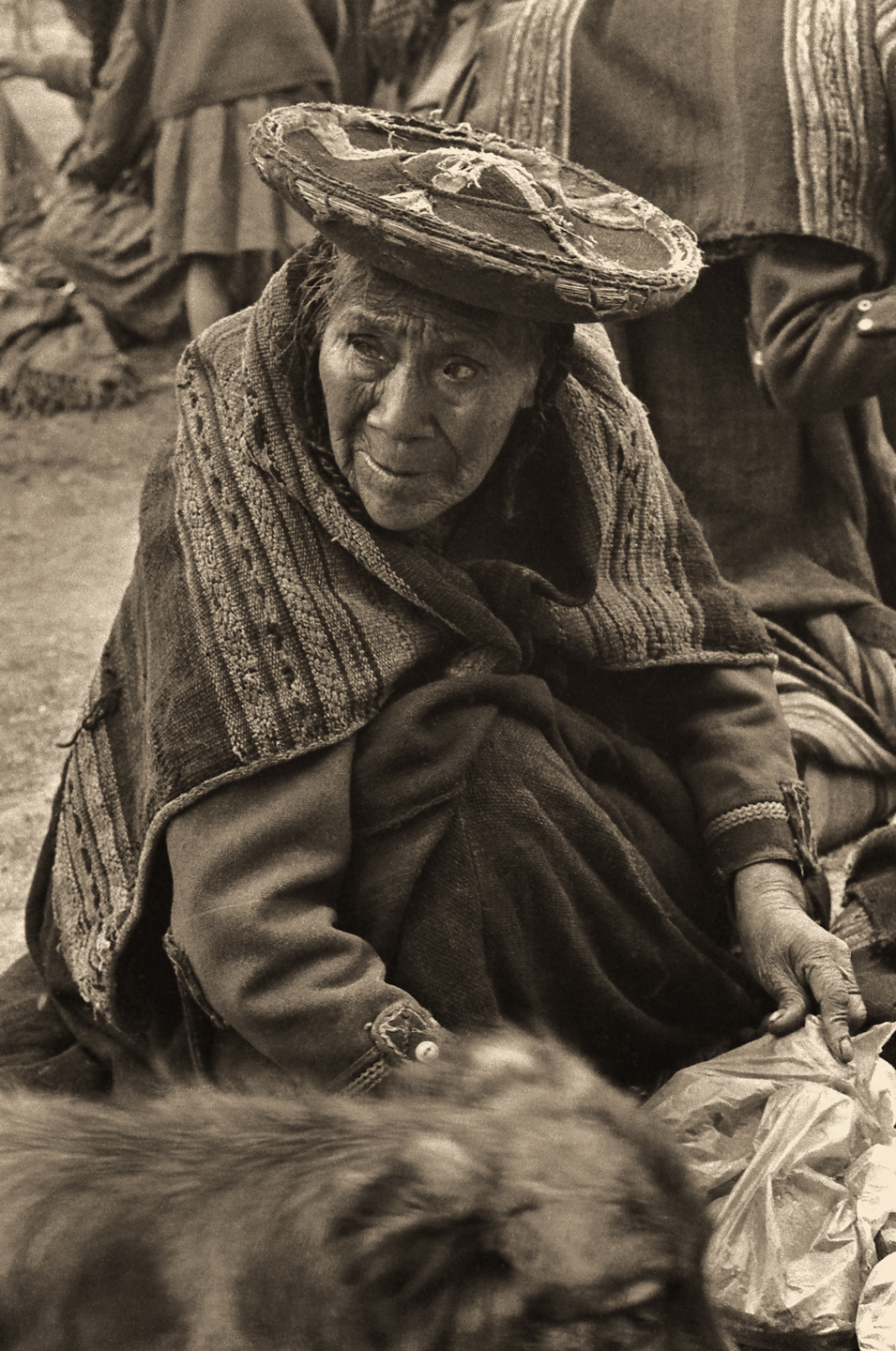
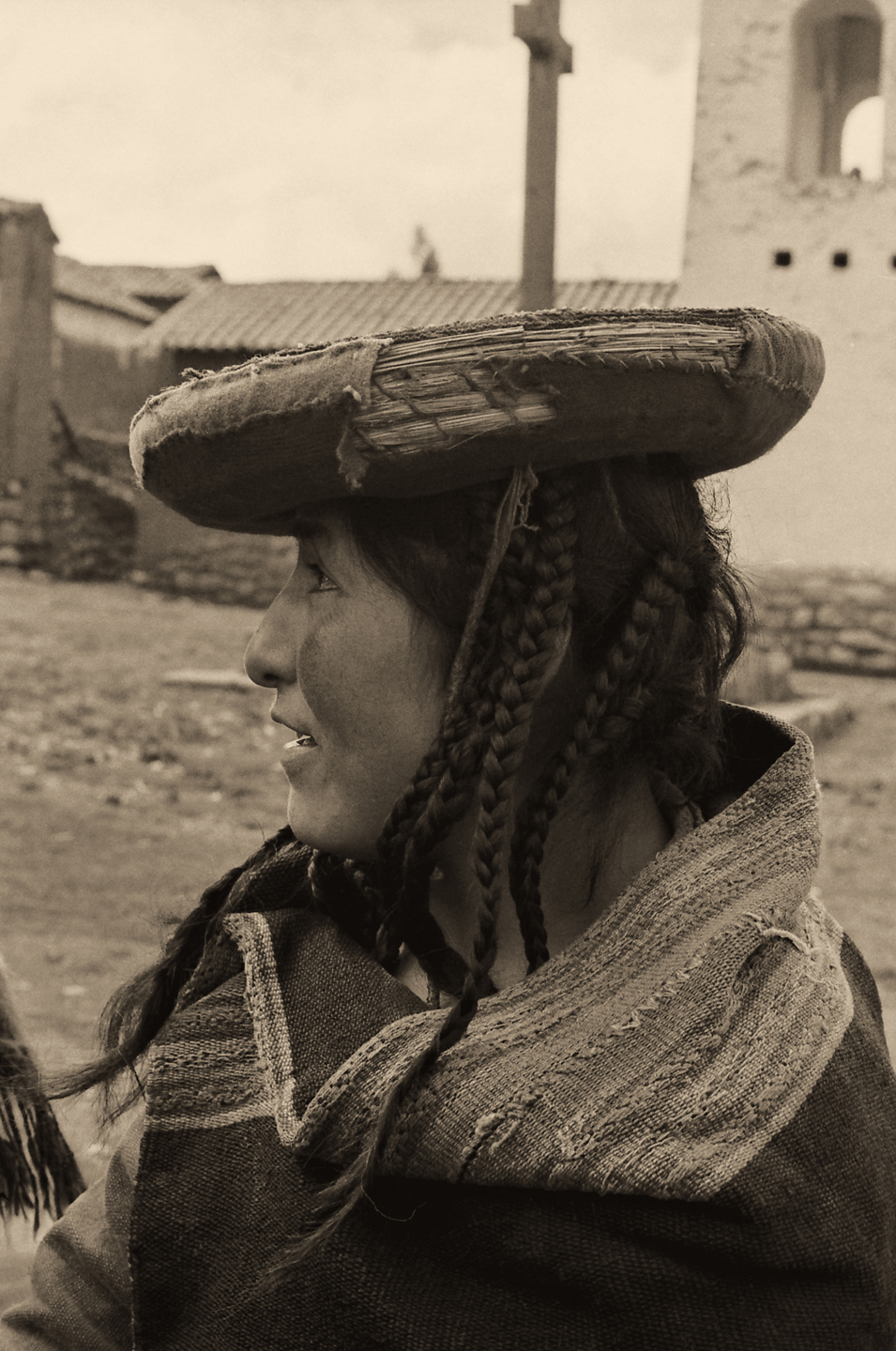
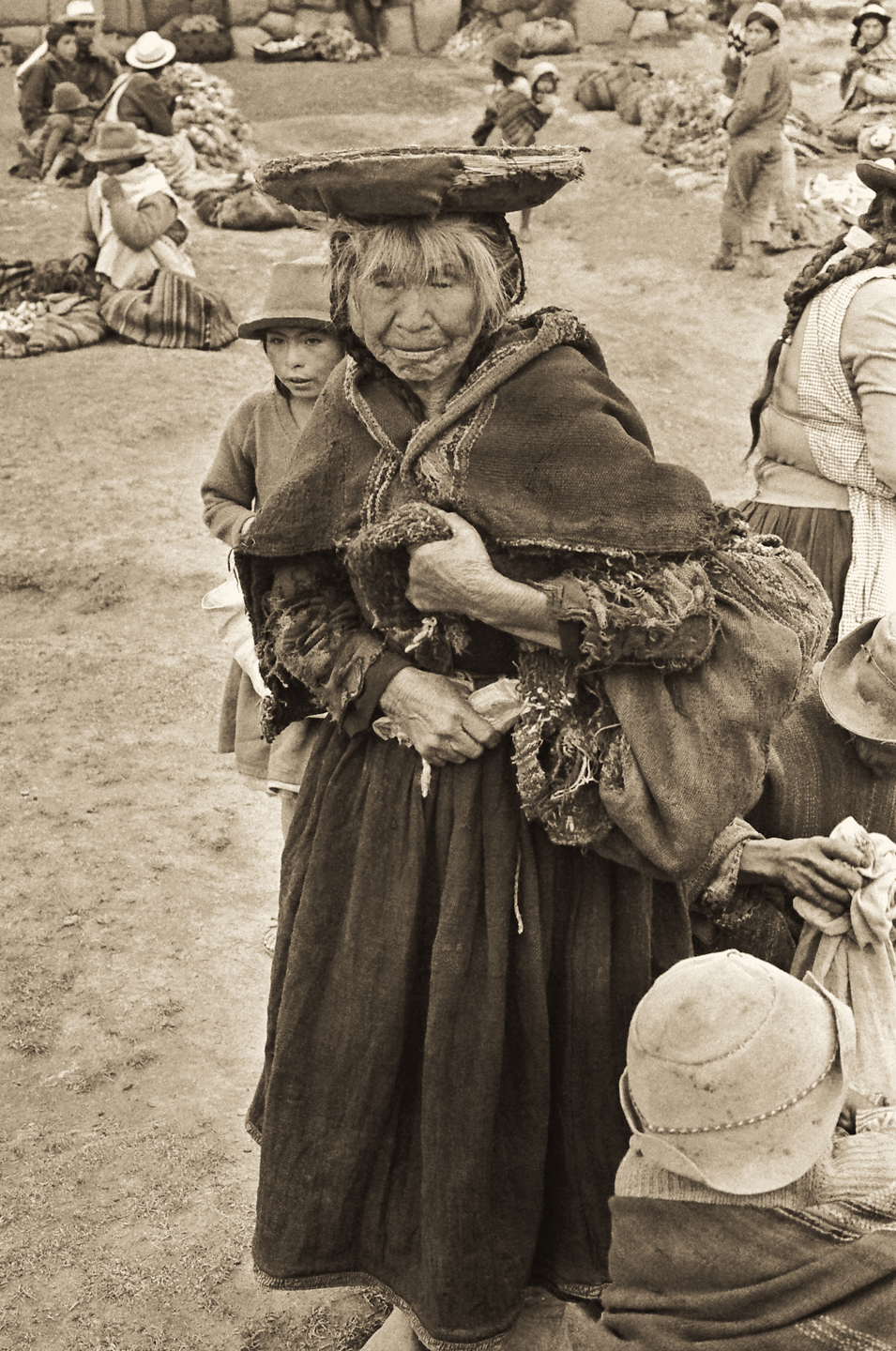
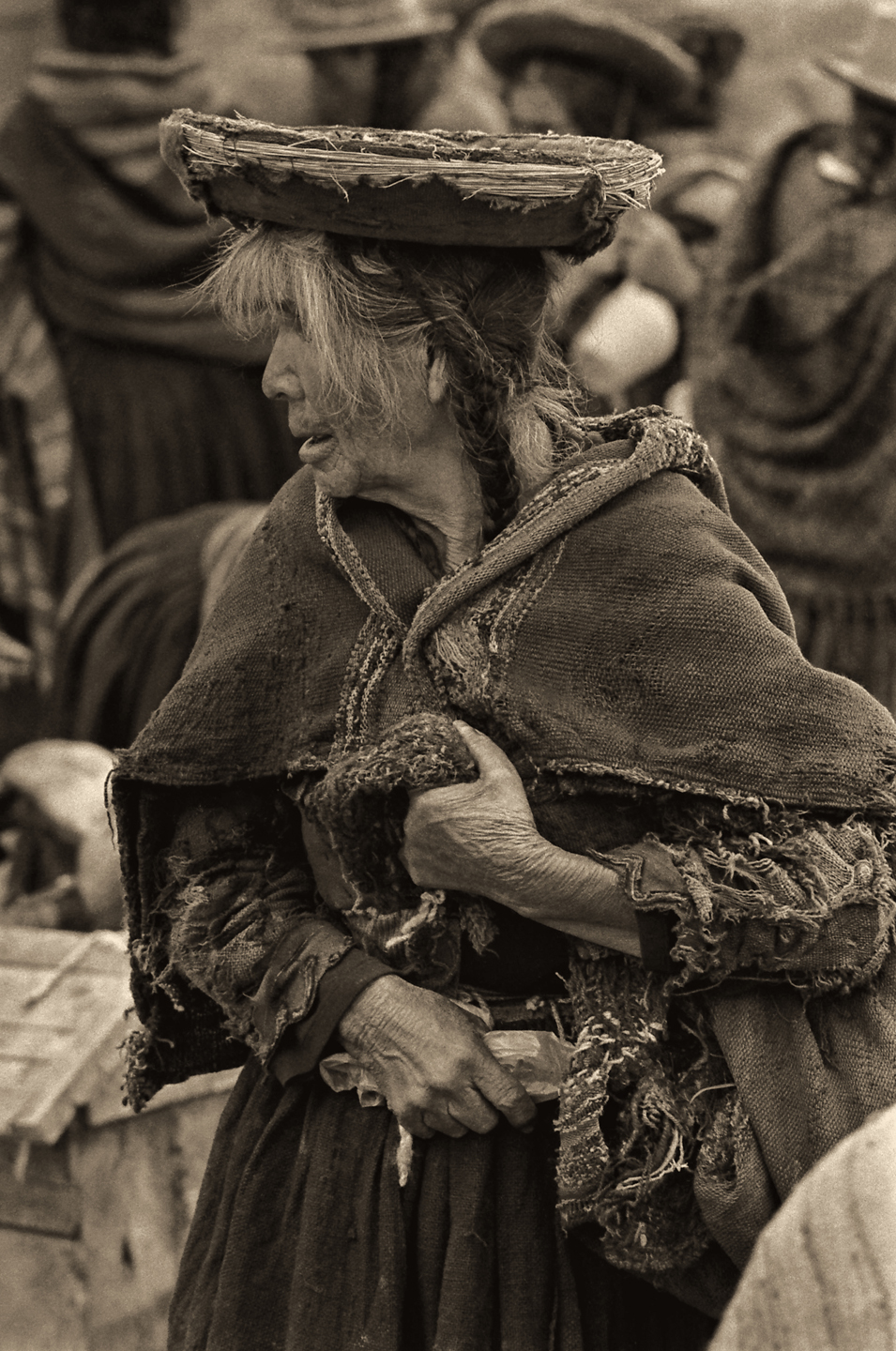
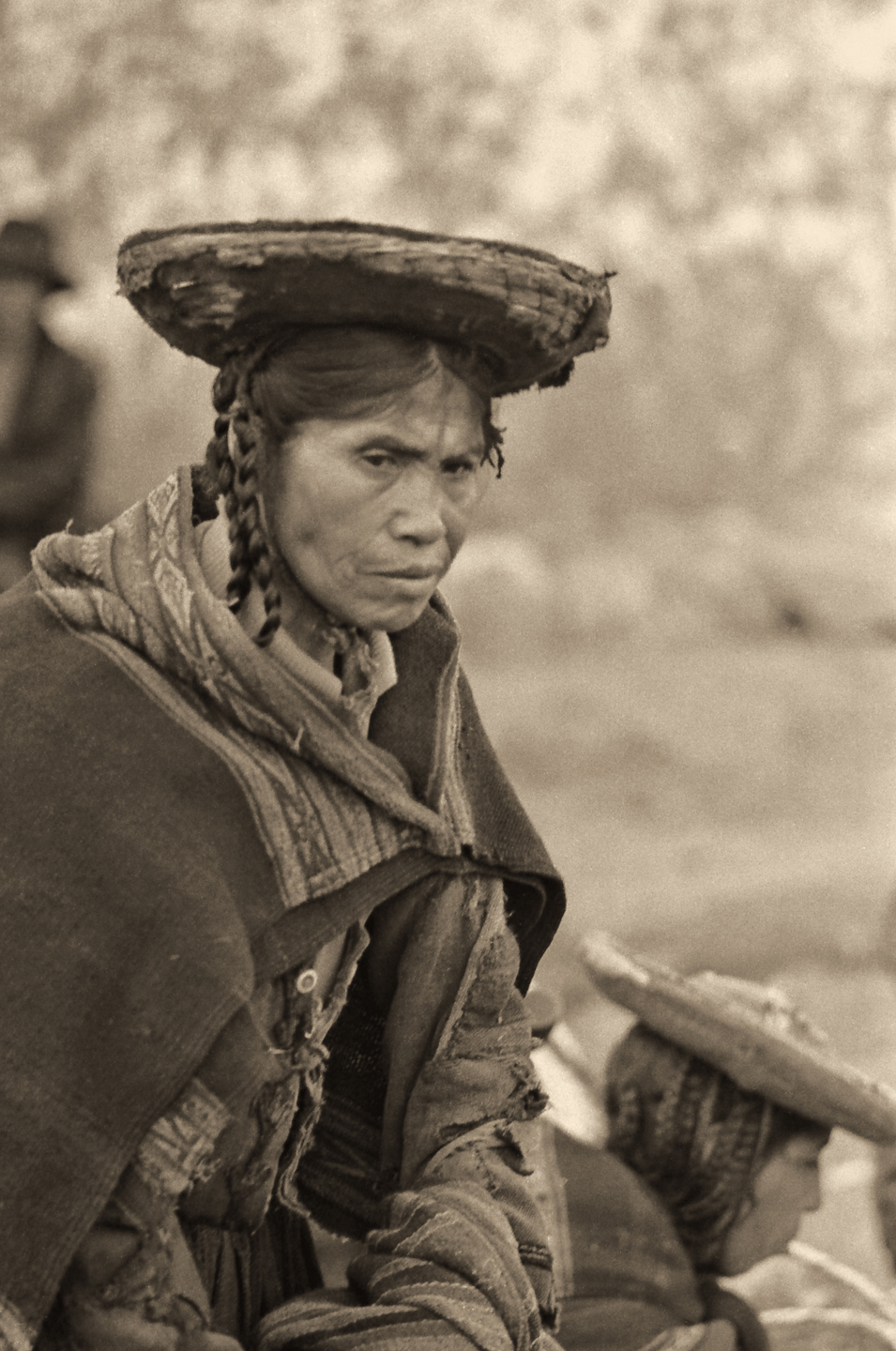
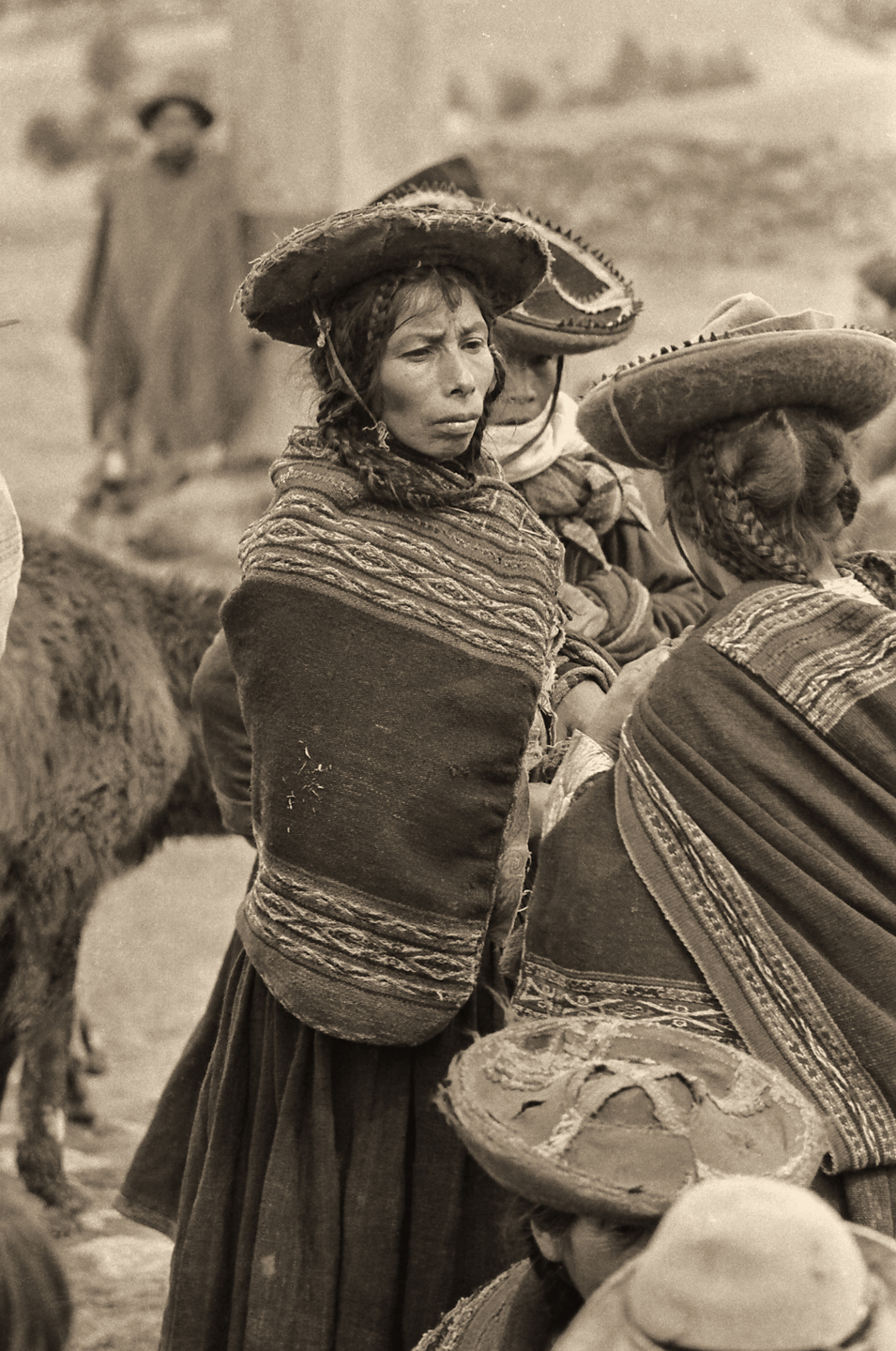
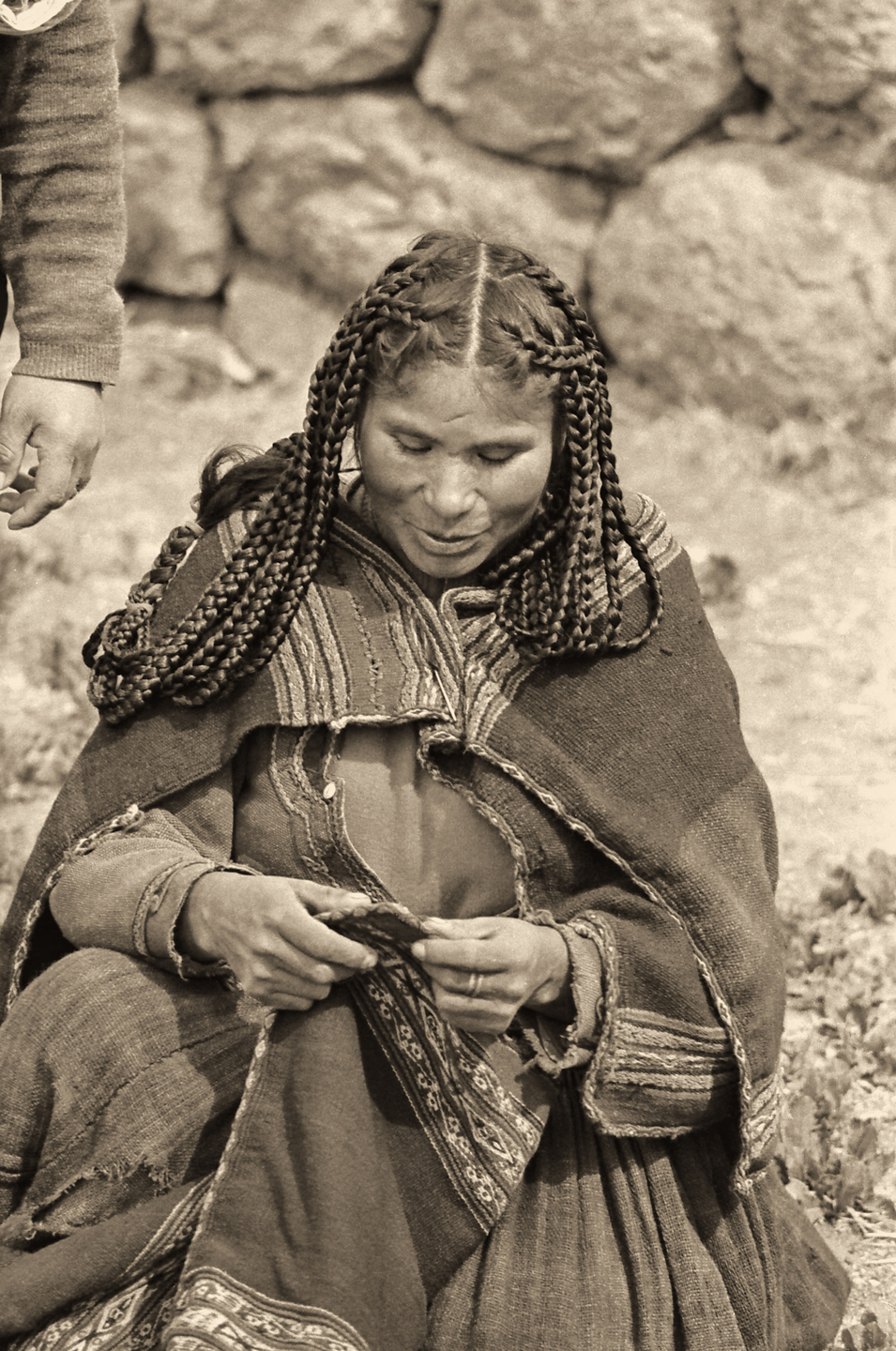
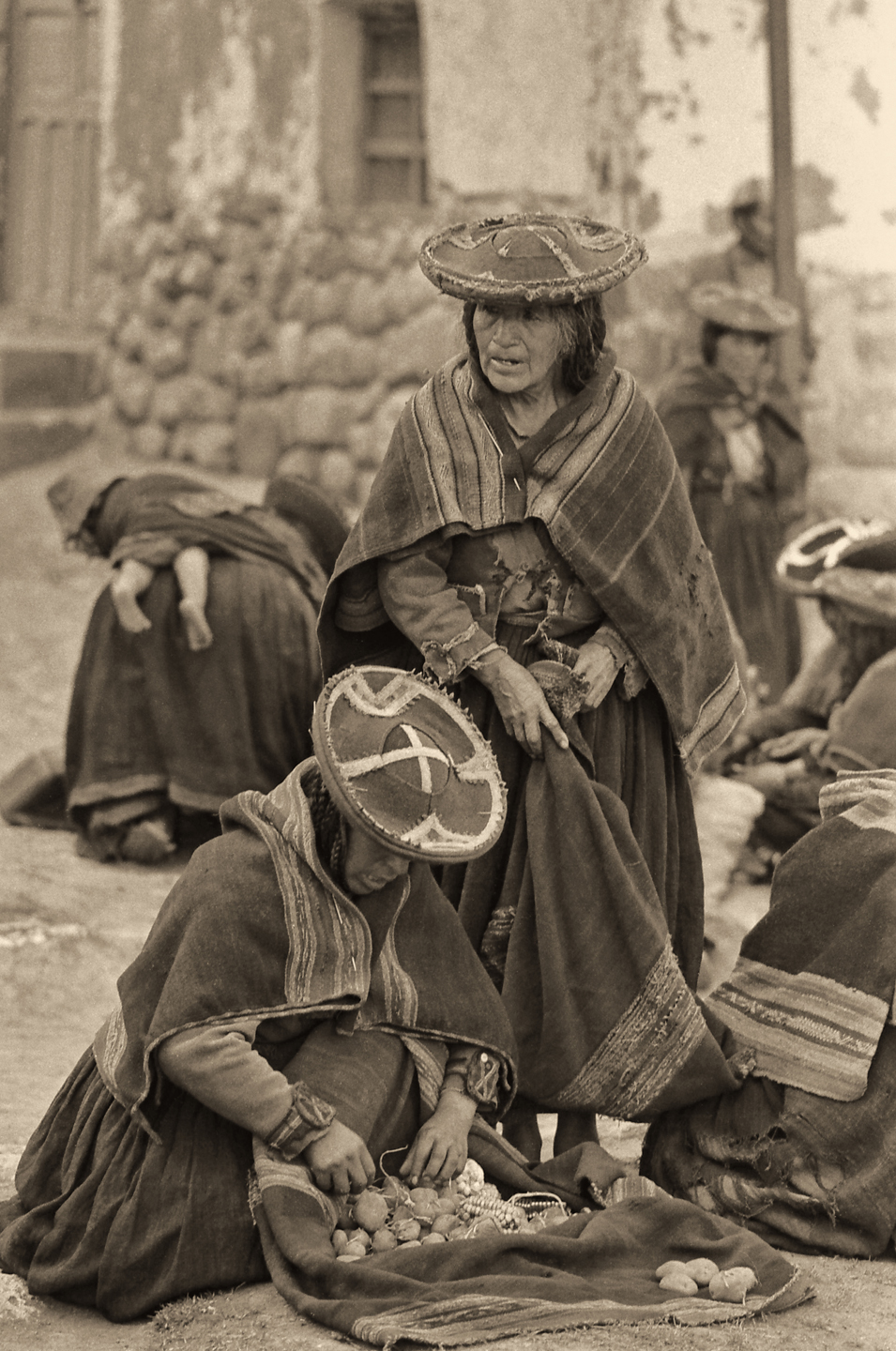
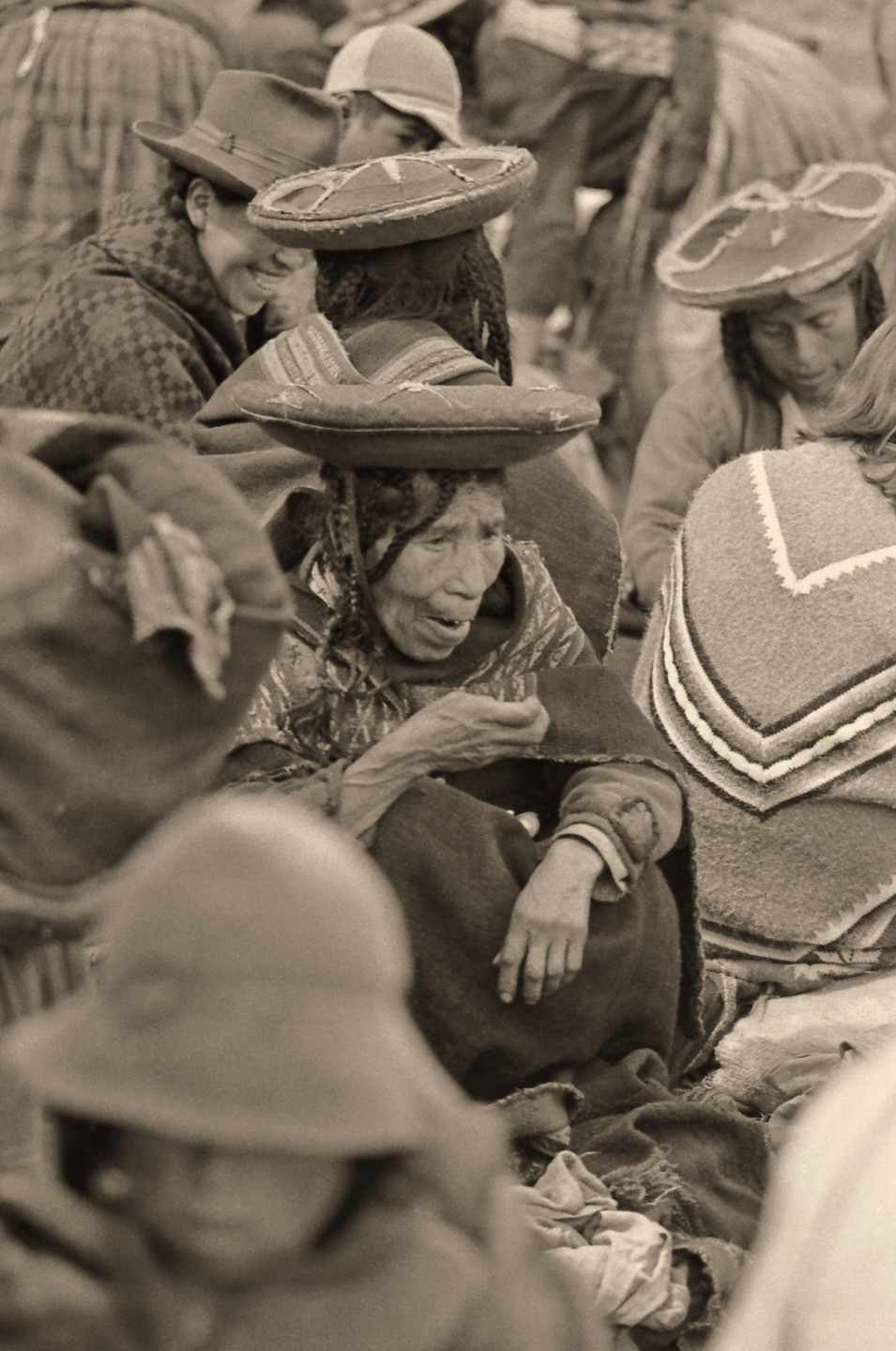
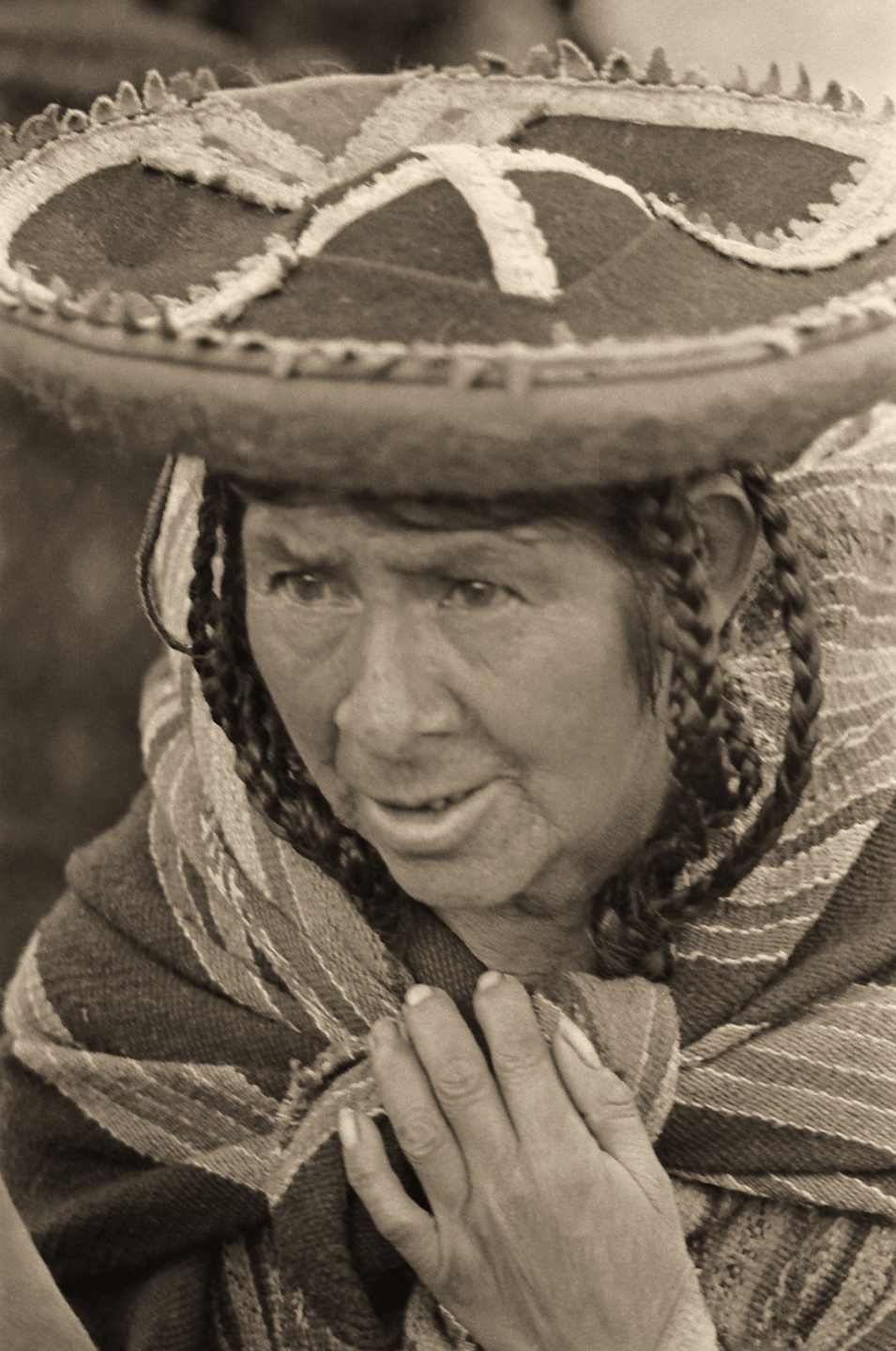
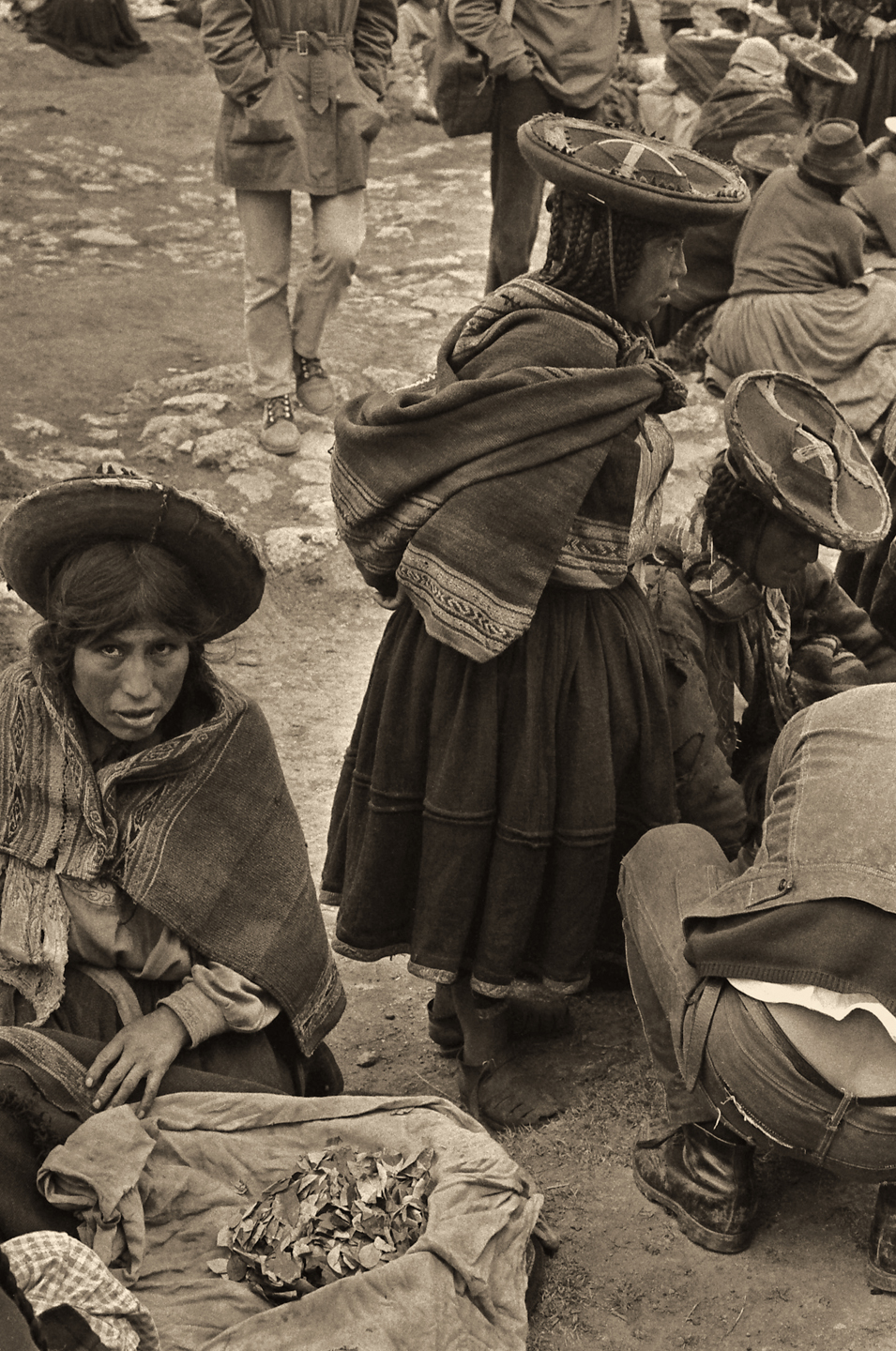
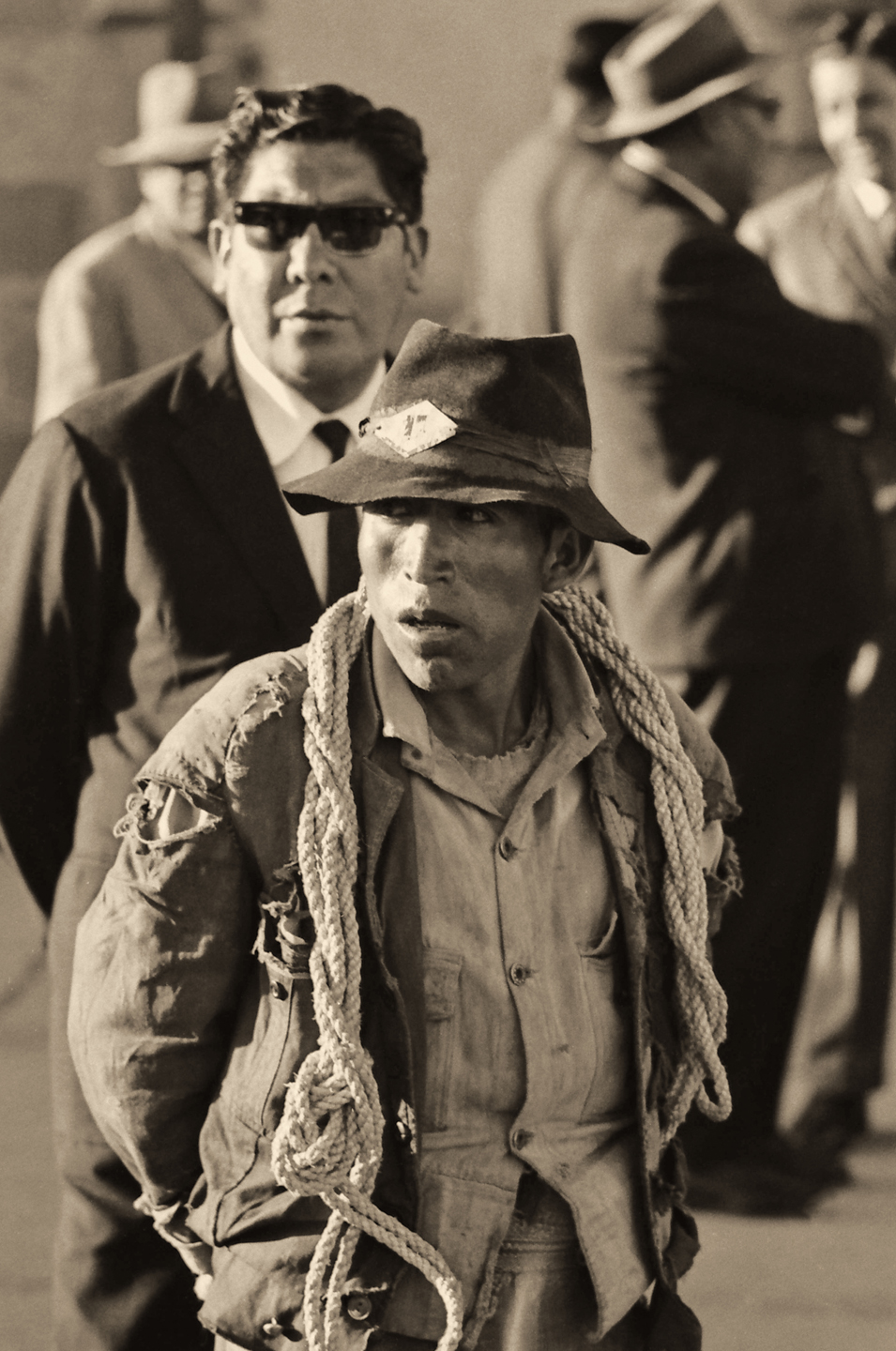
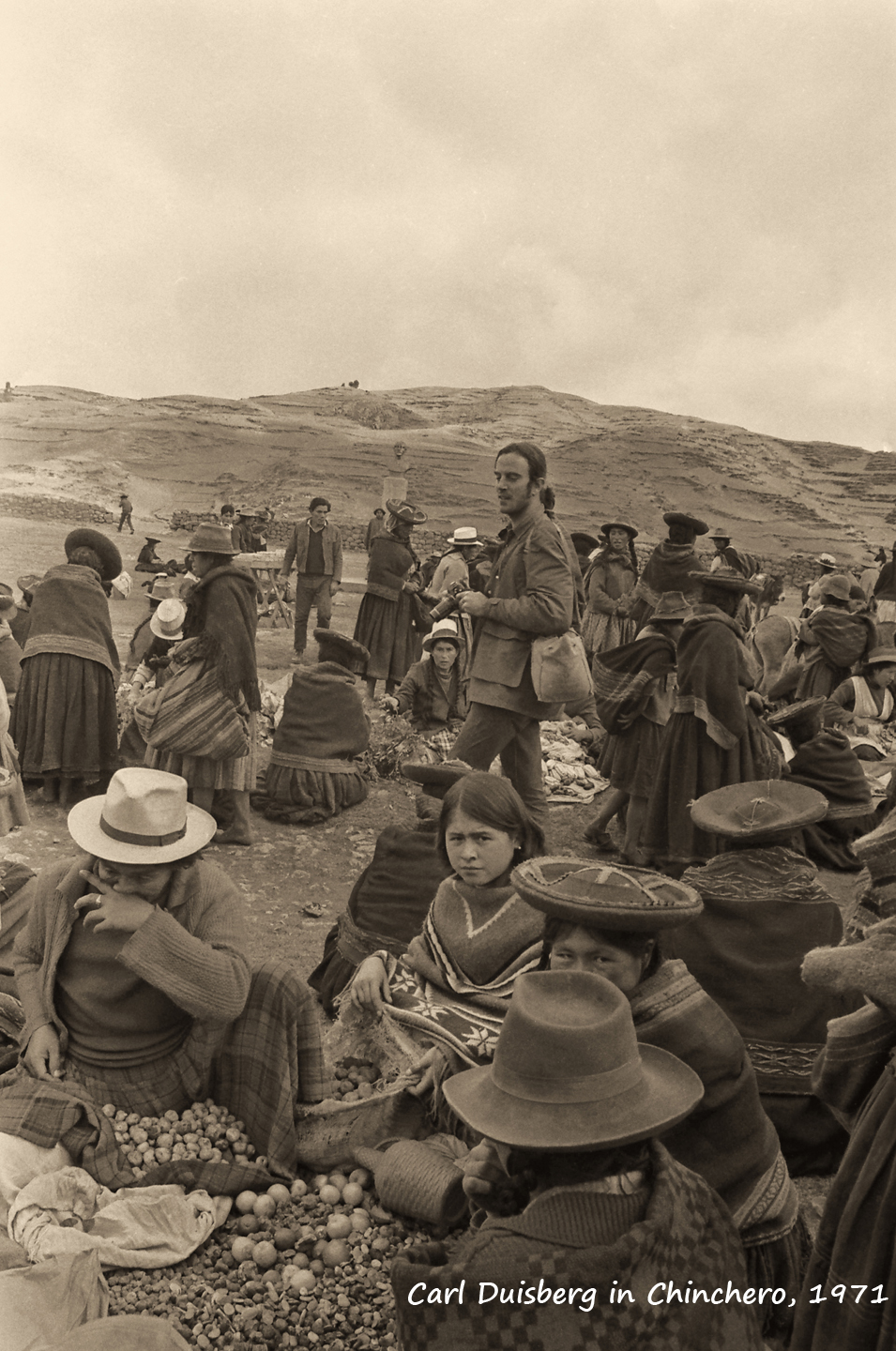
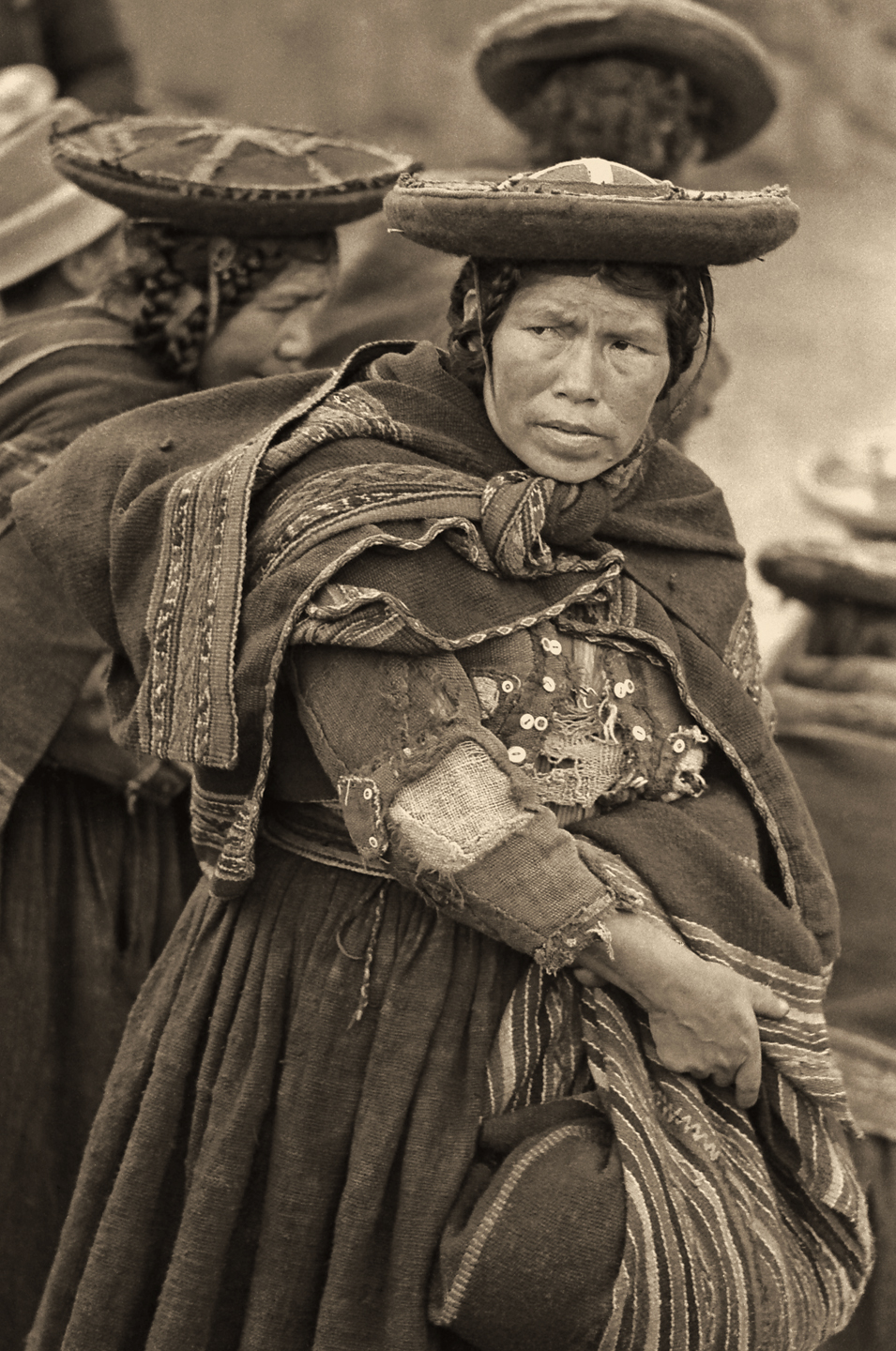
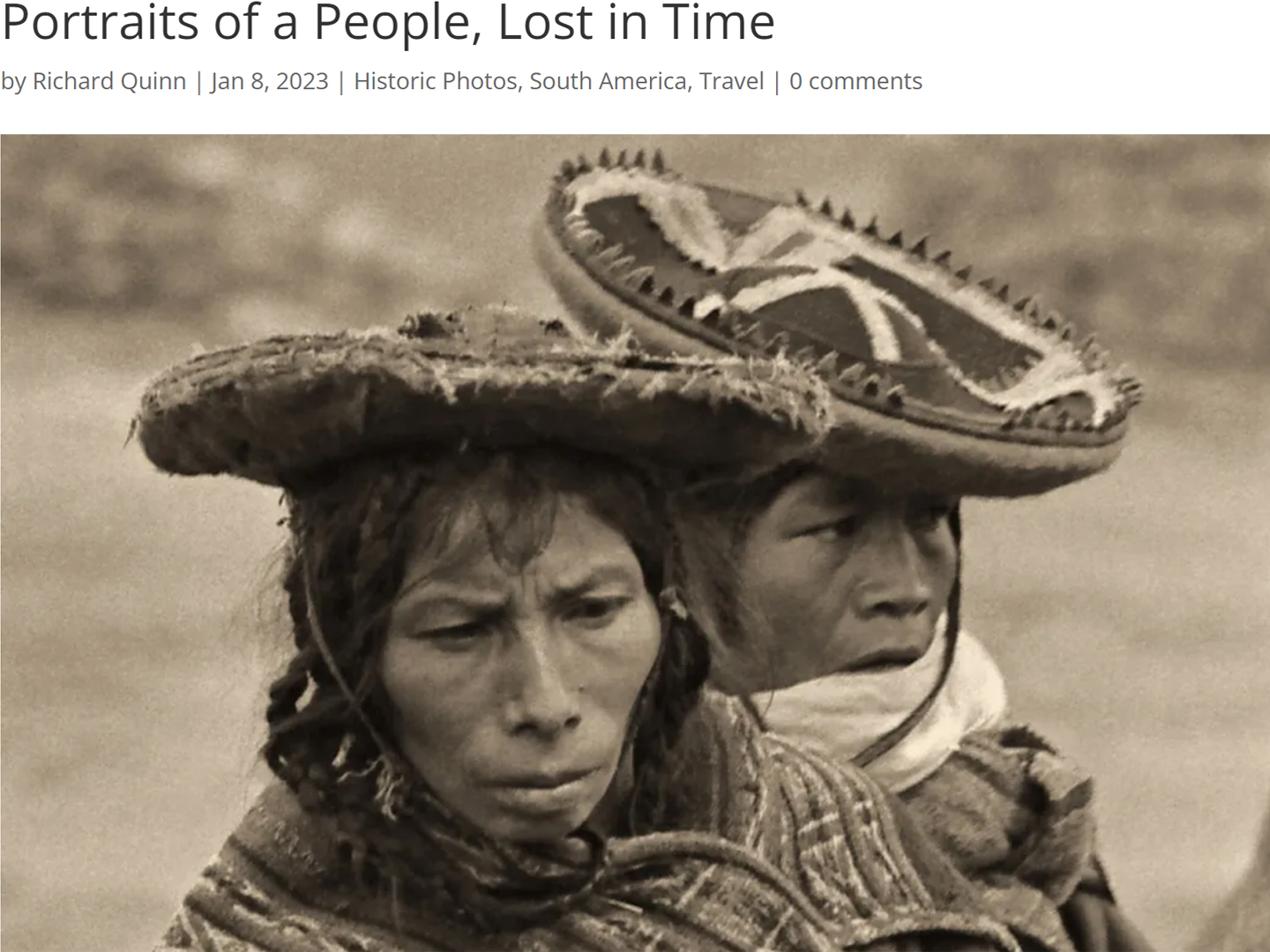
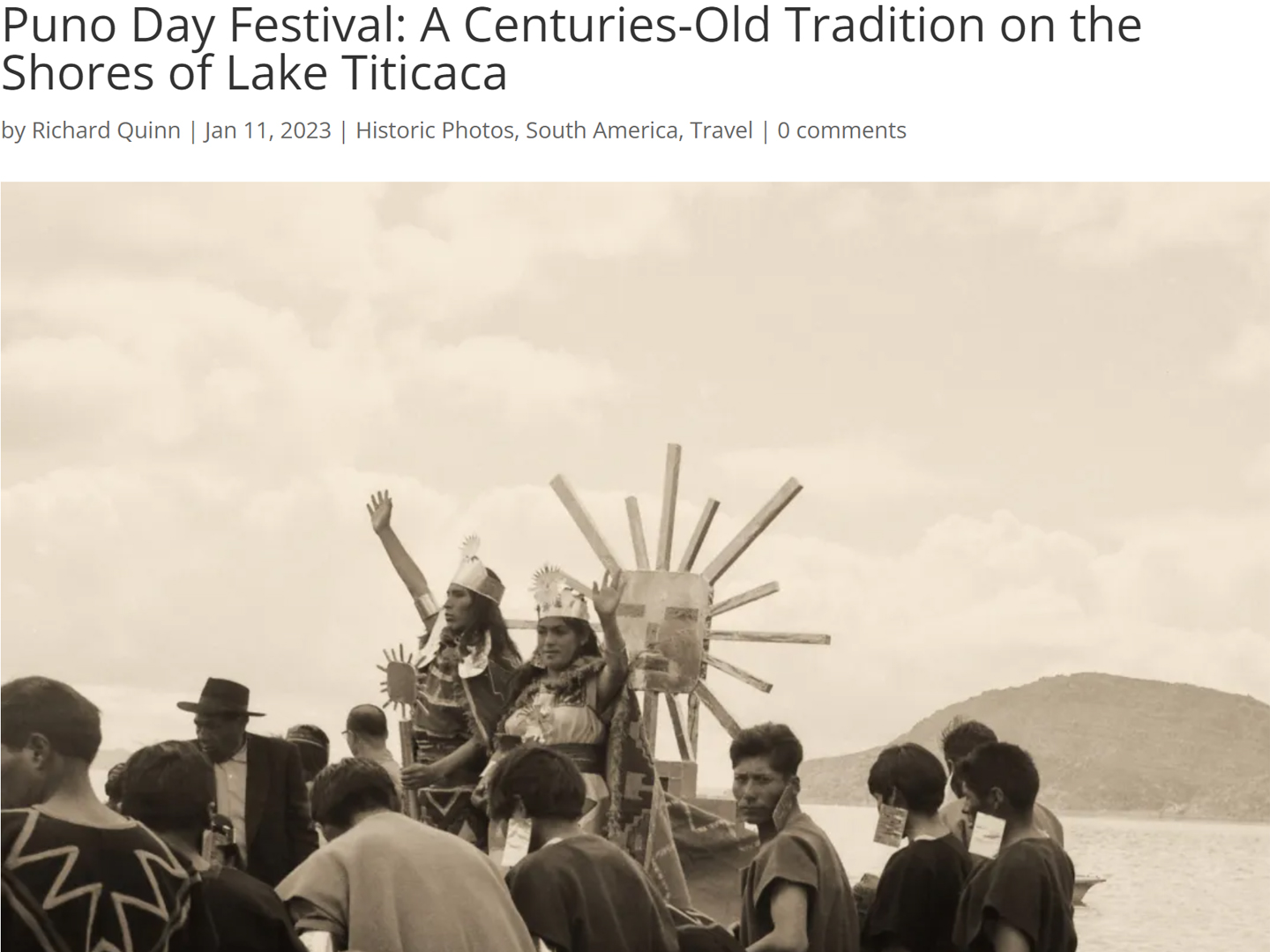
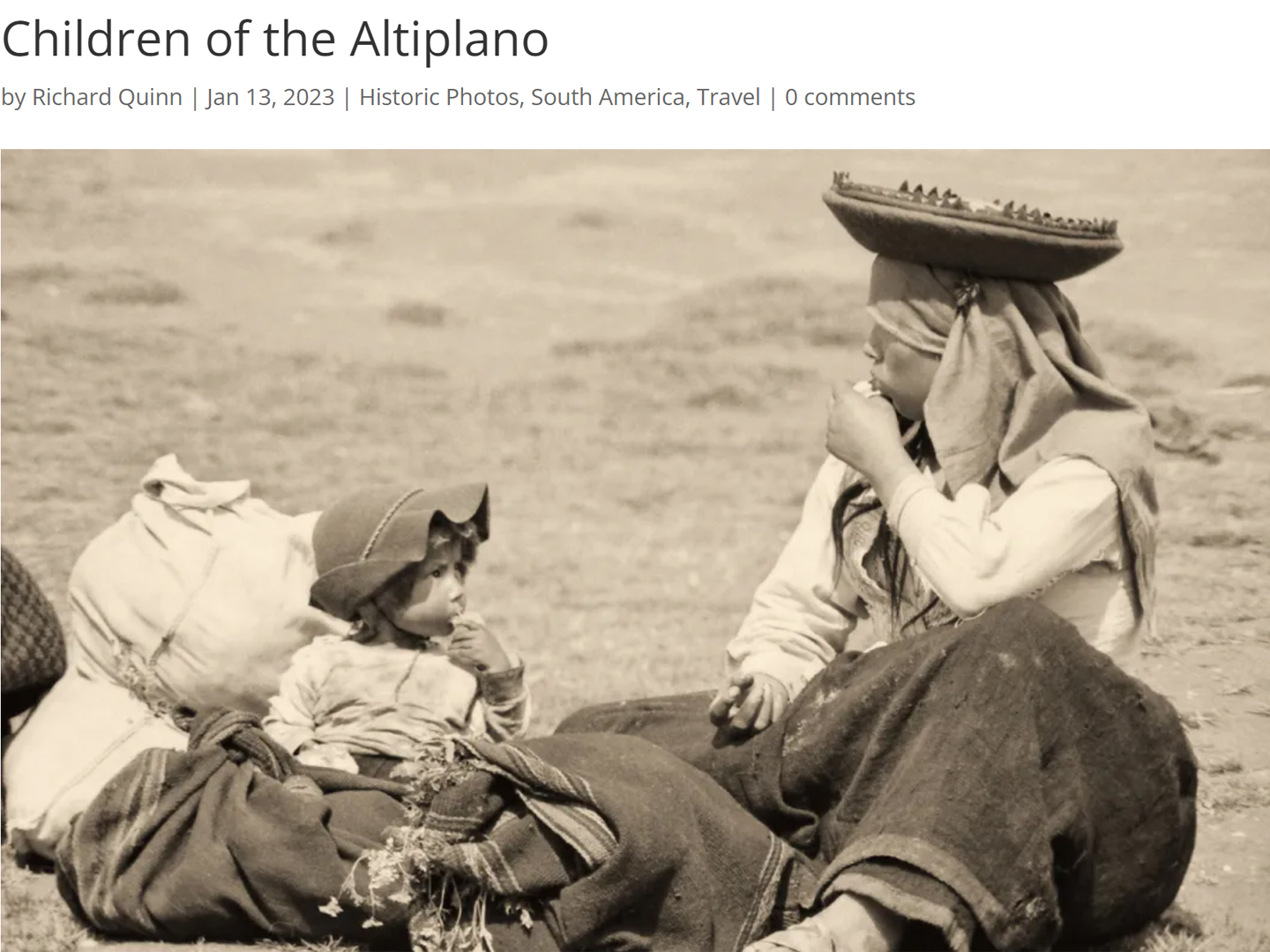
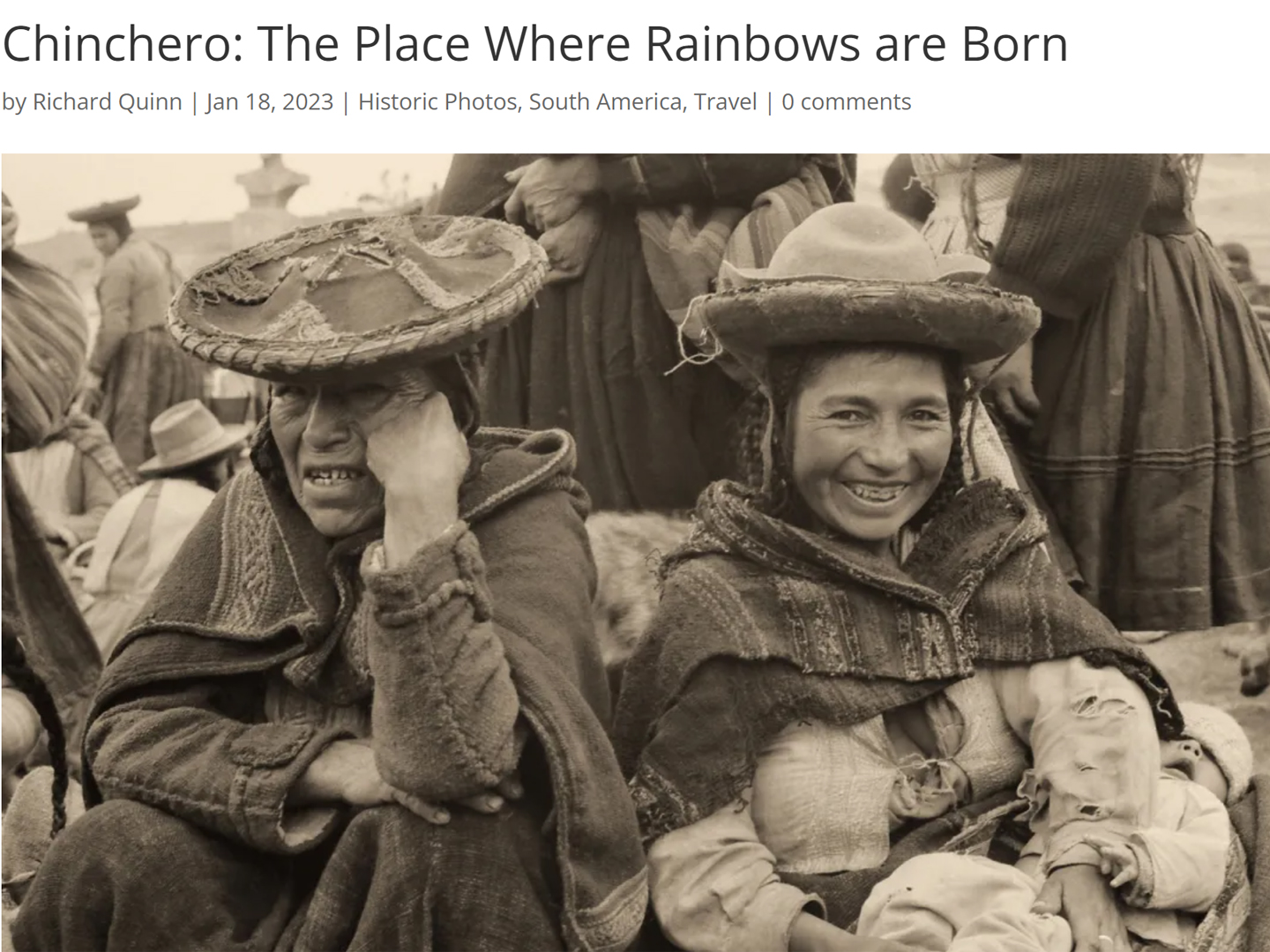
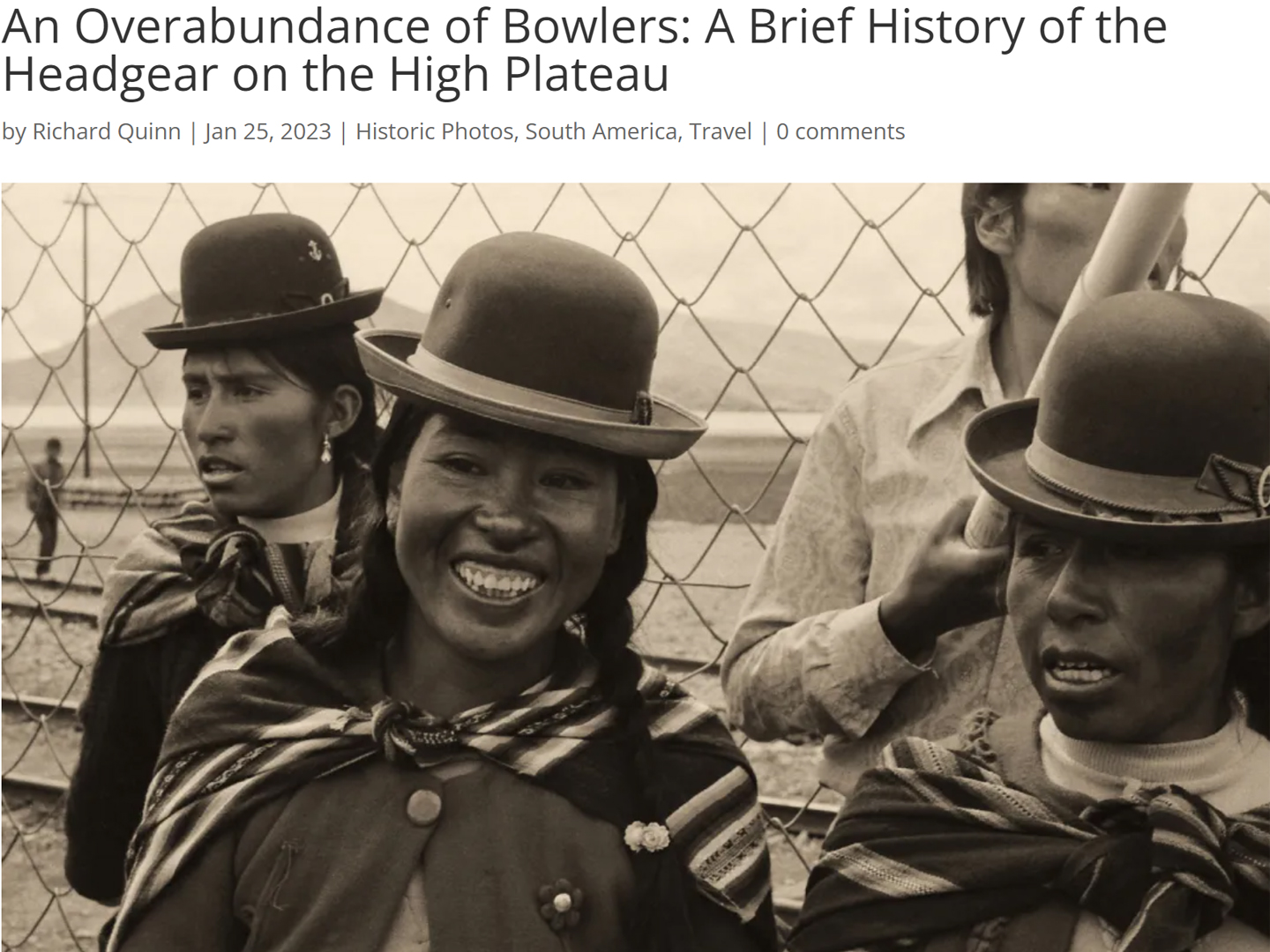
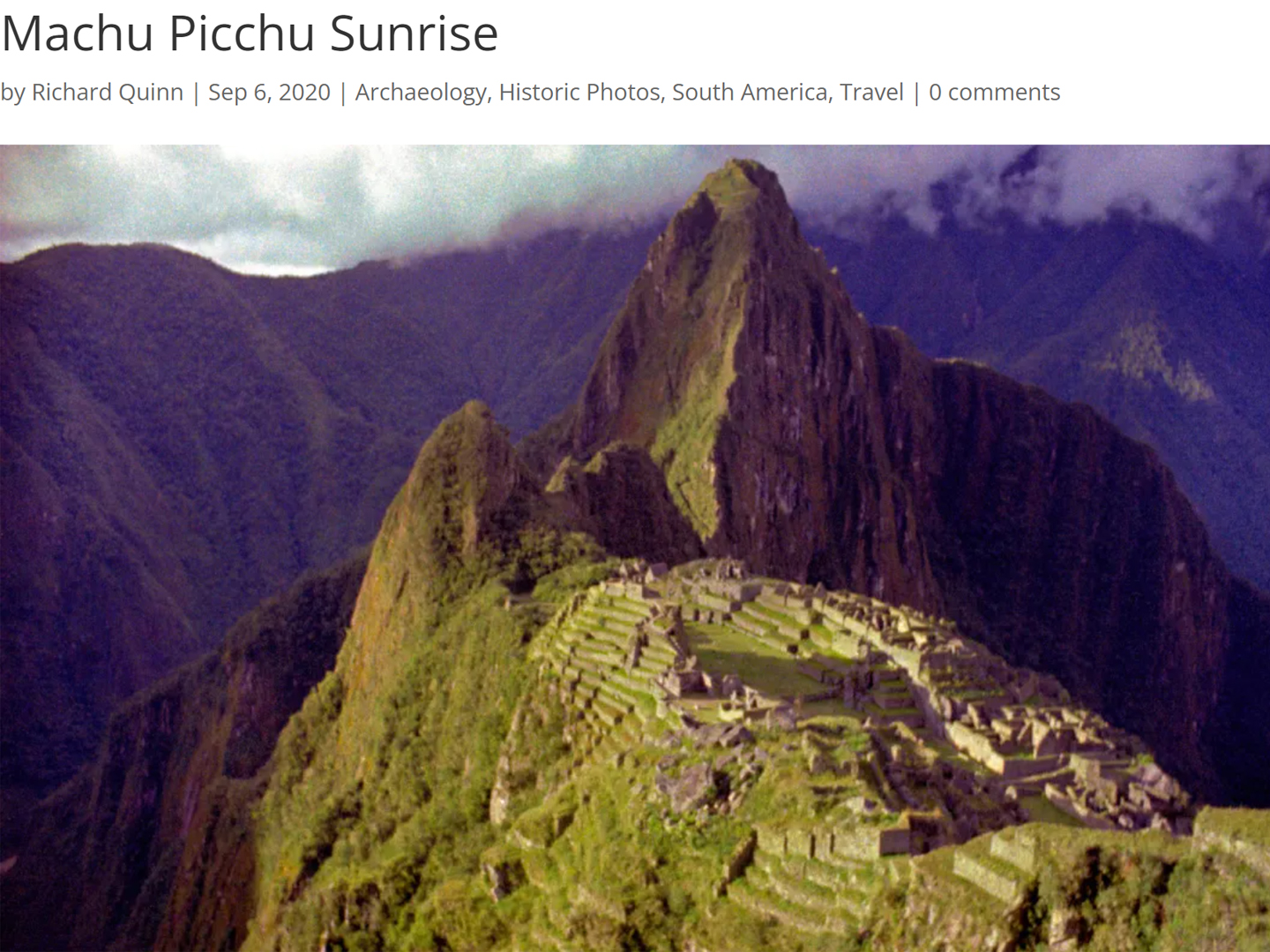
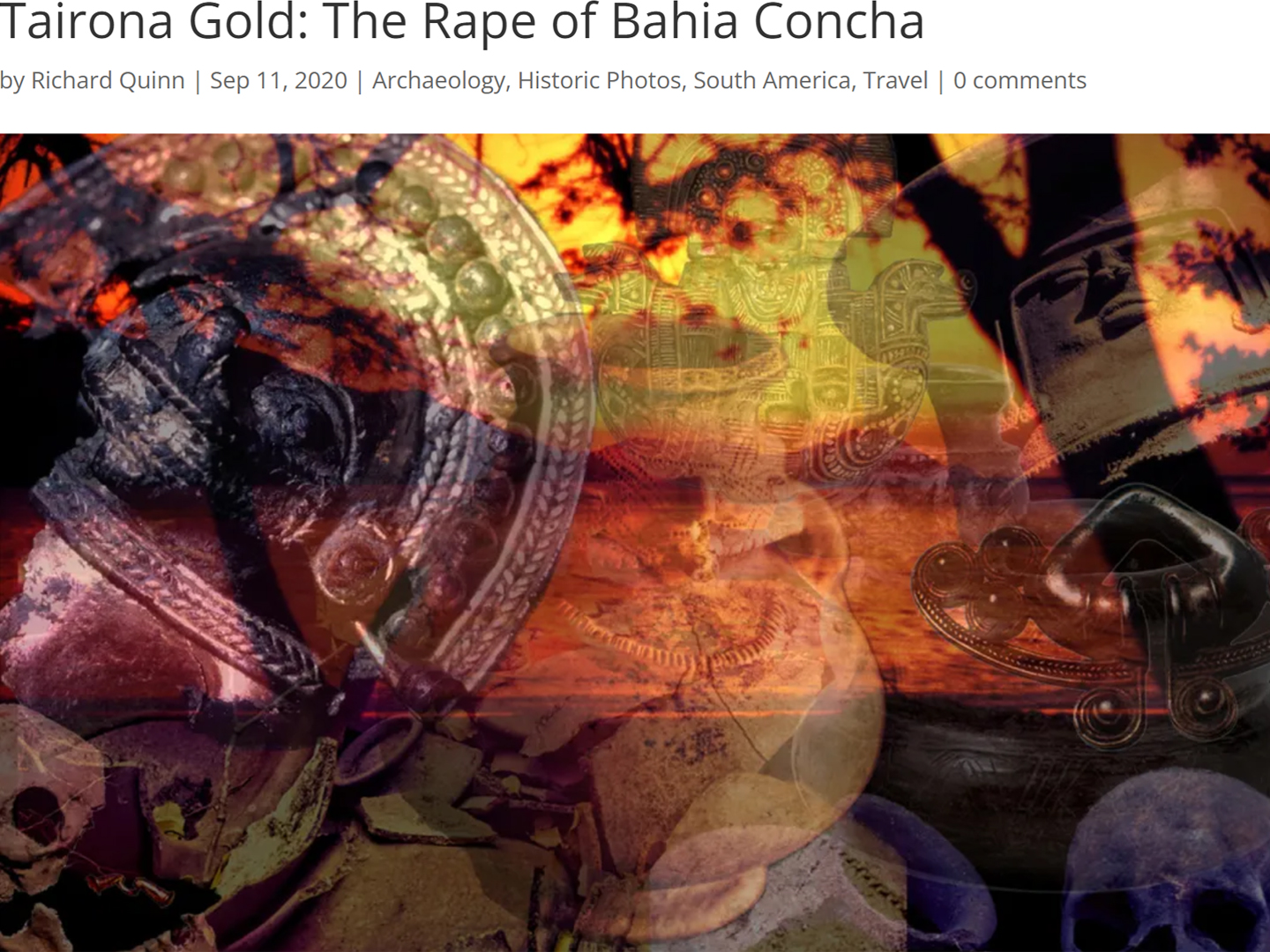
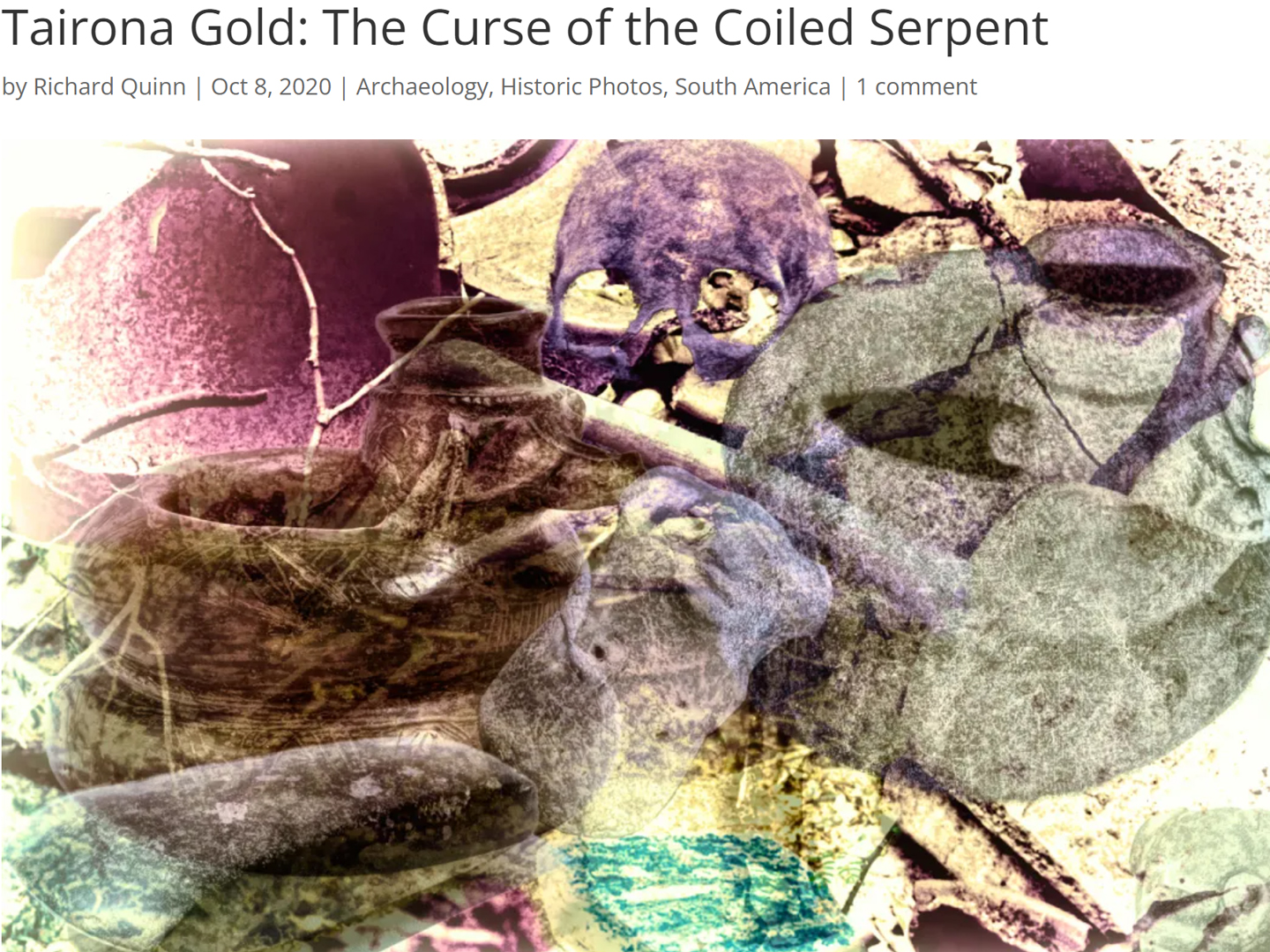
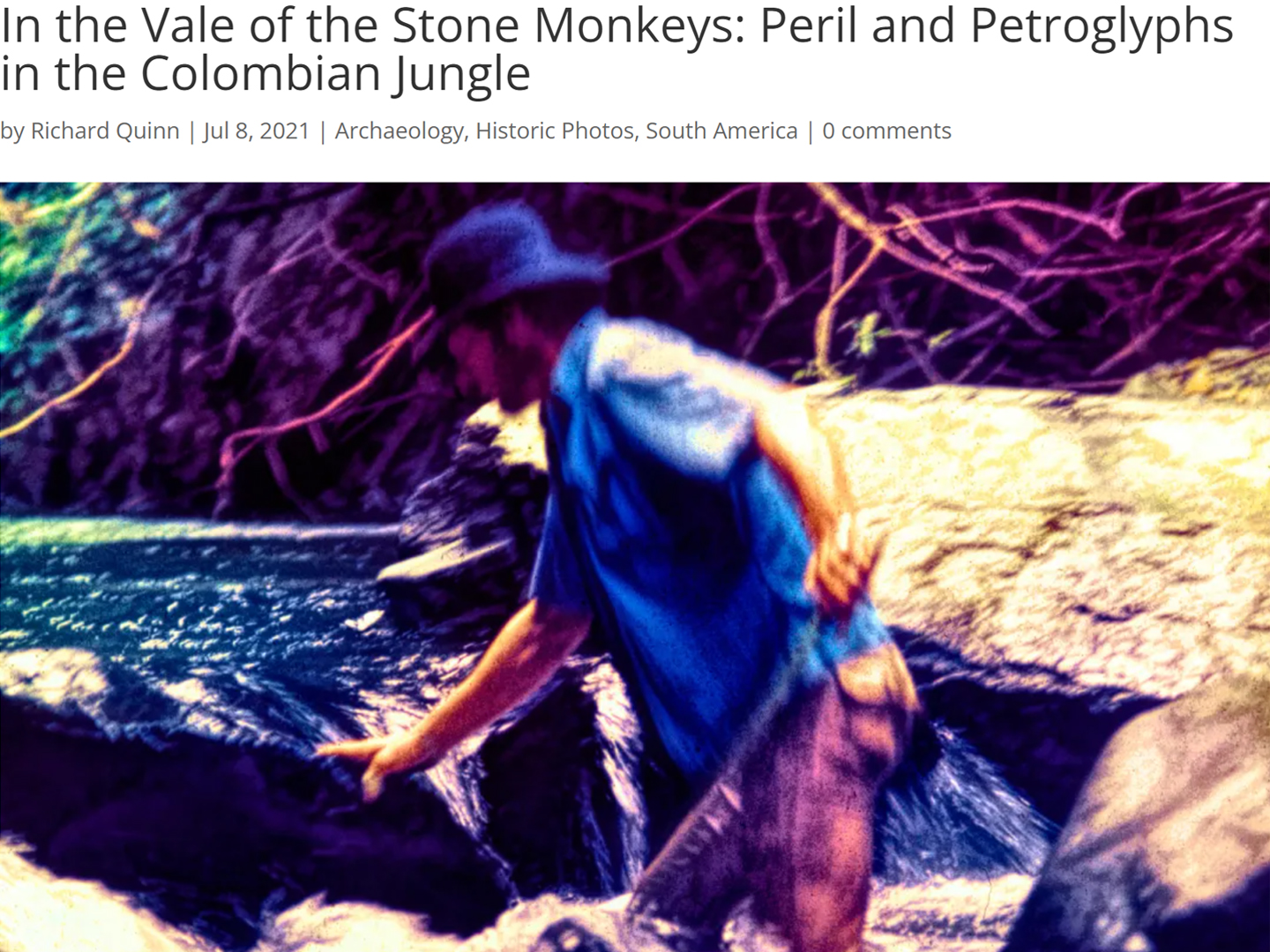
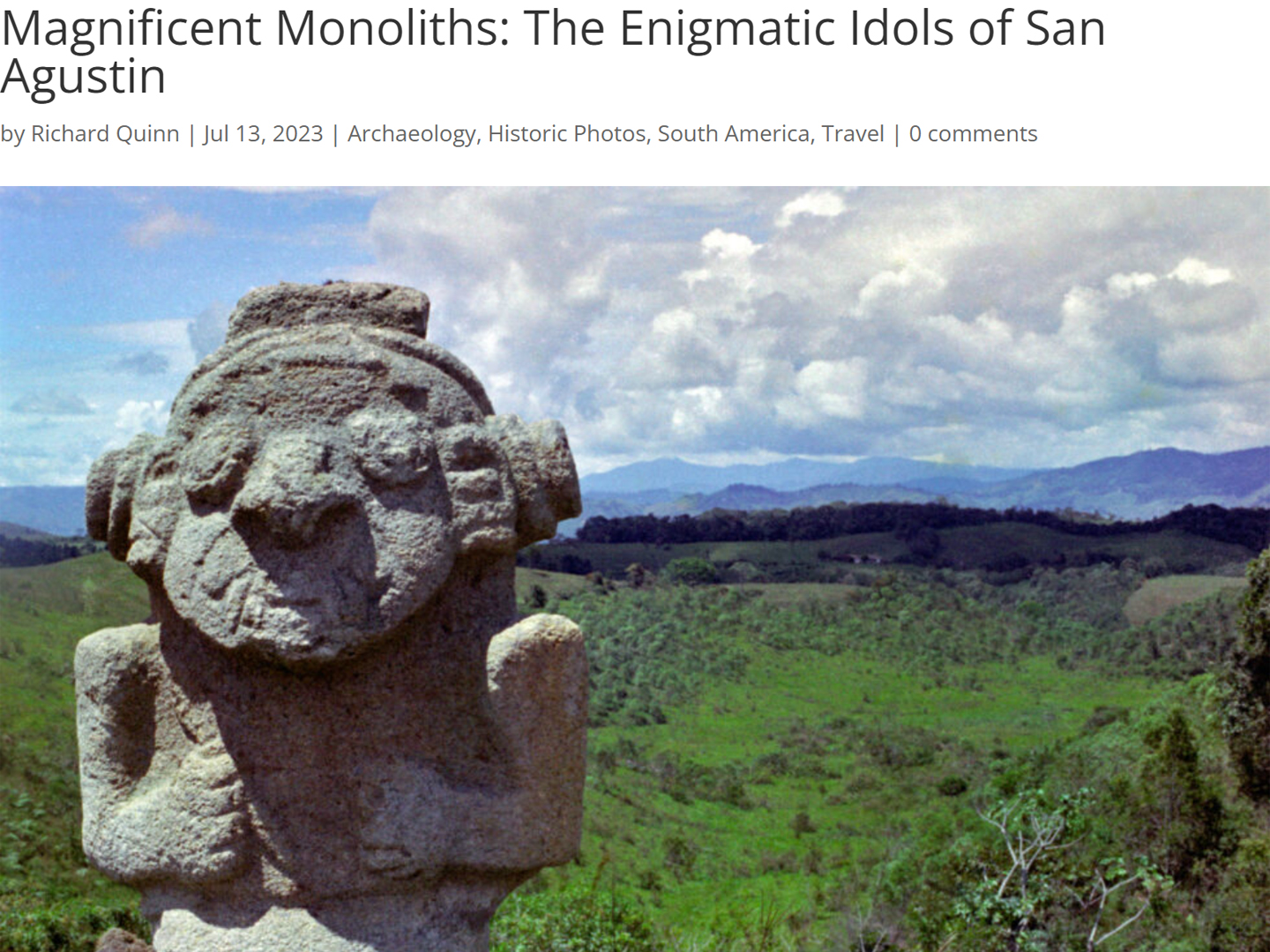


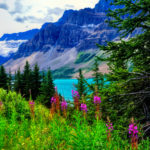
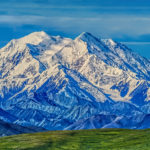

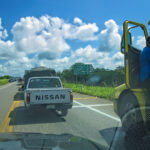
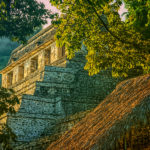
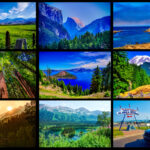
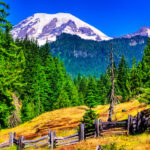
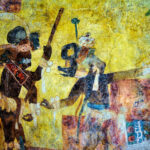
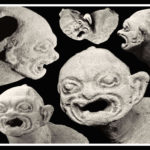
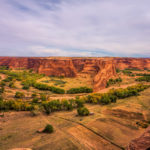

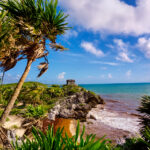
Recent Comments